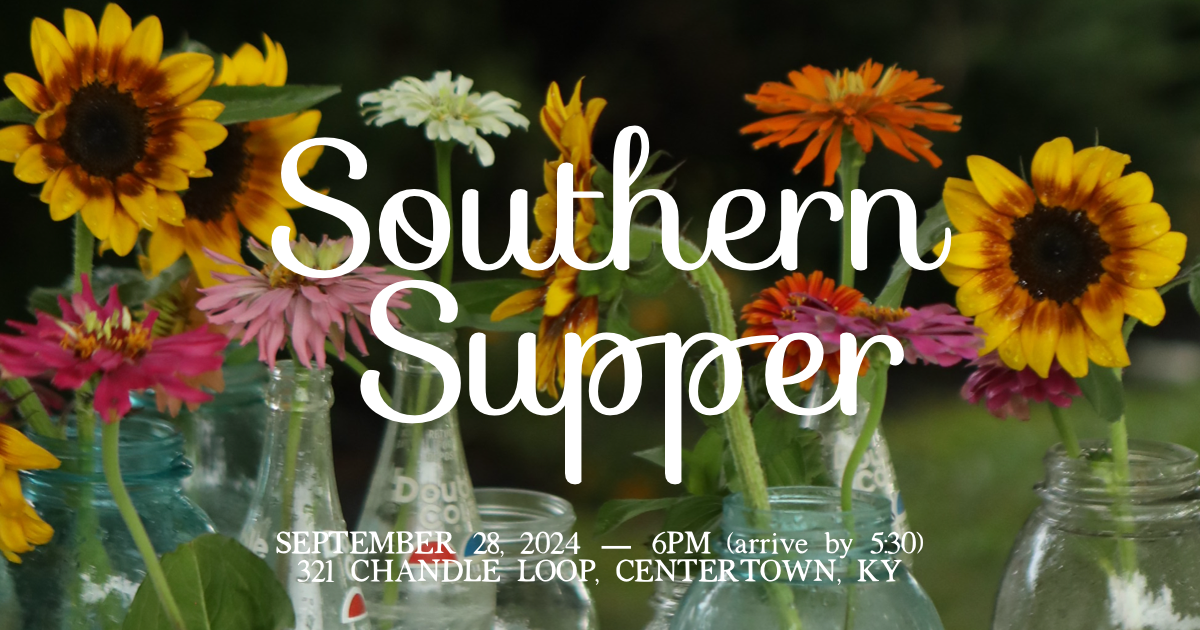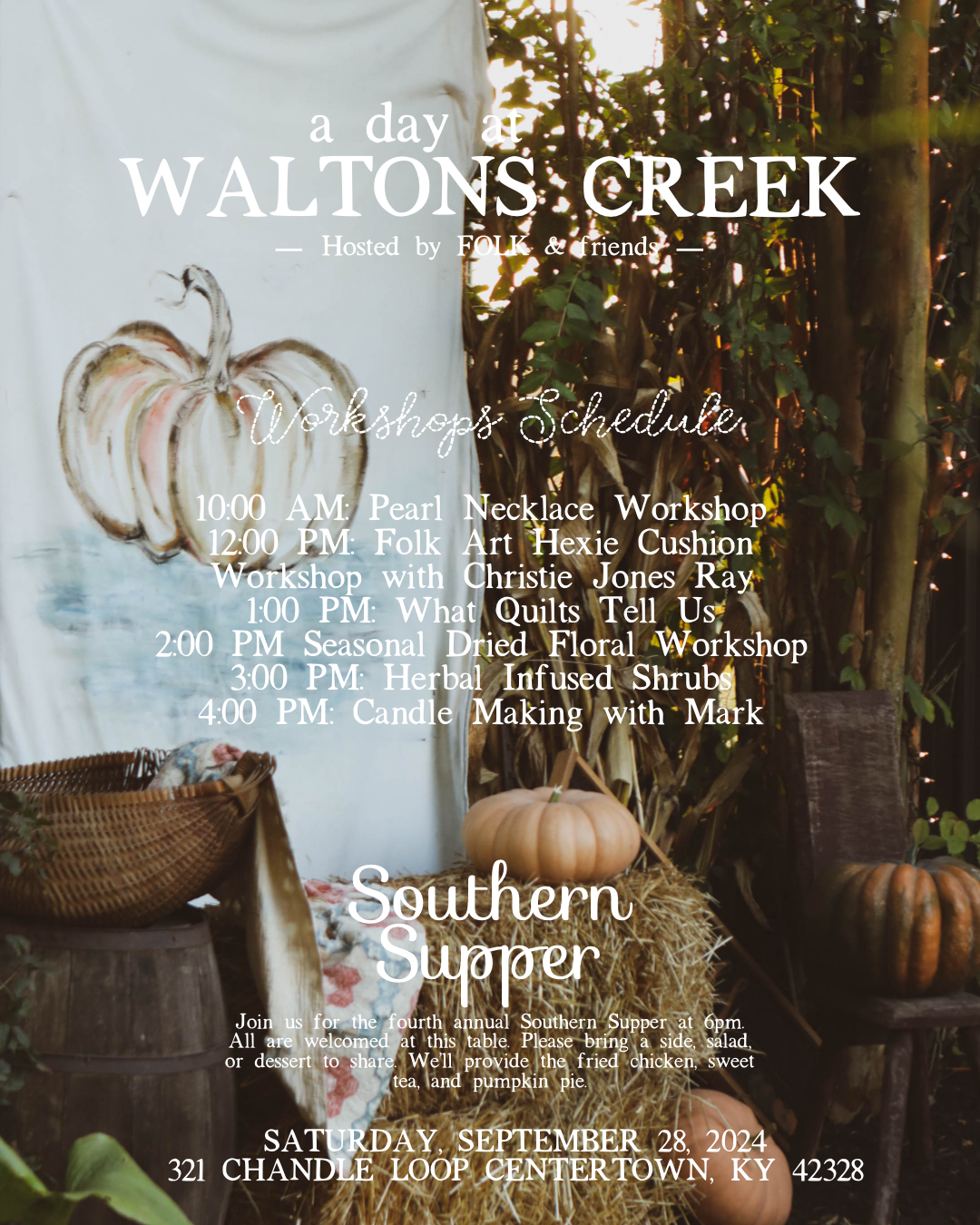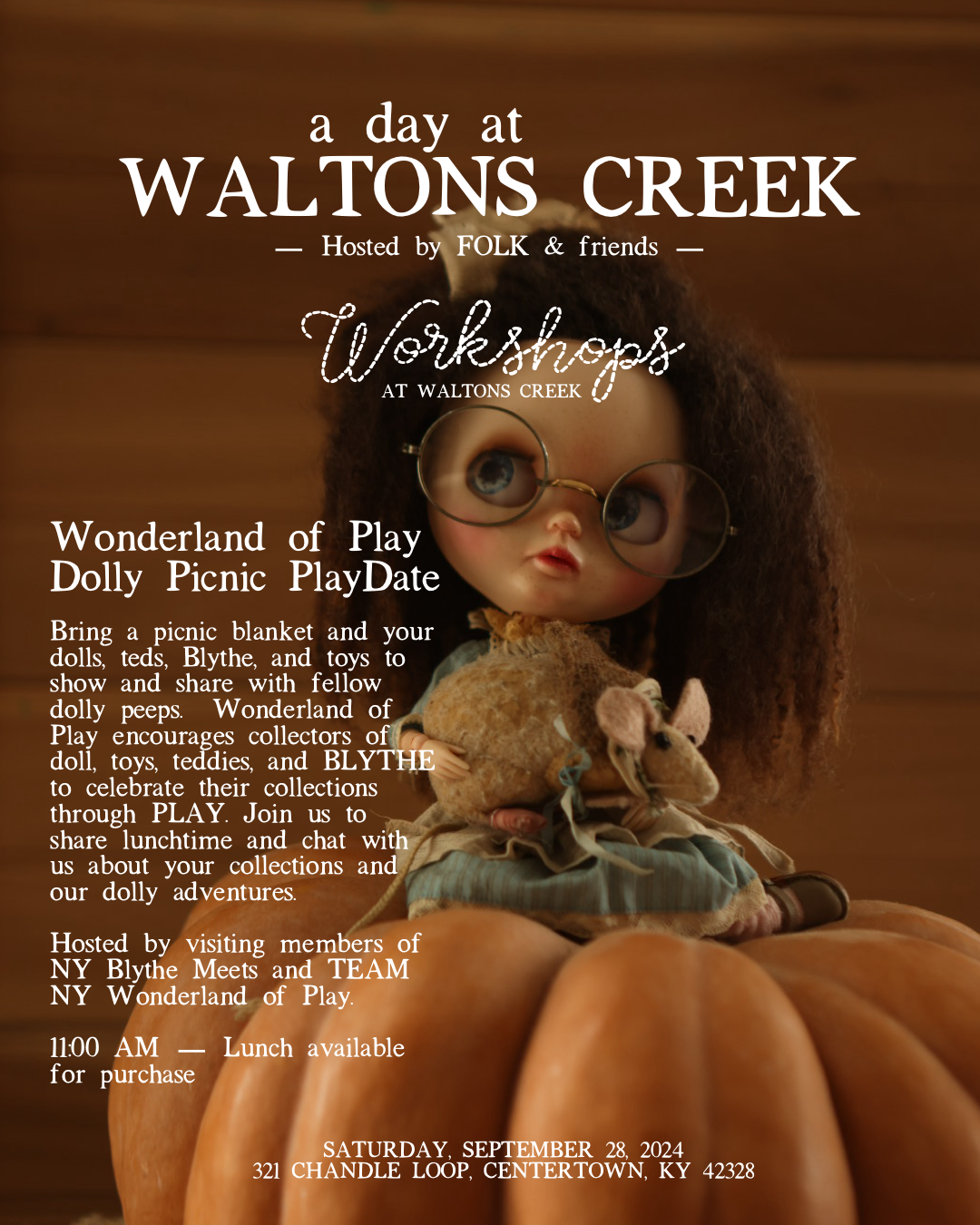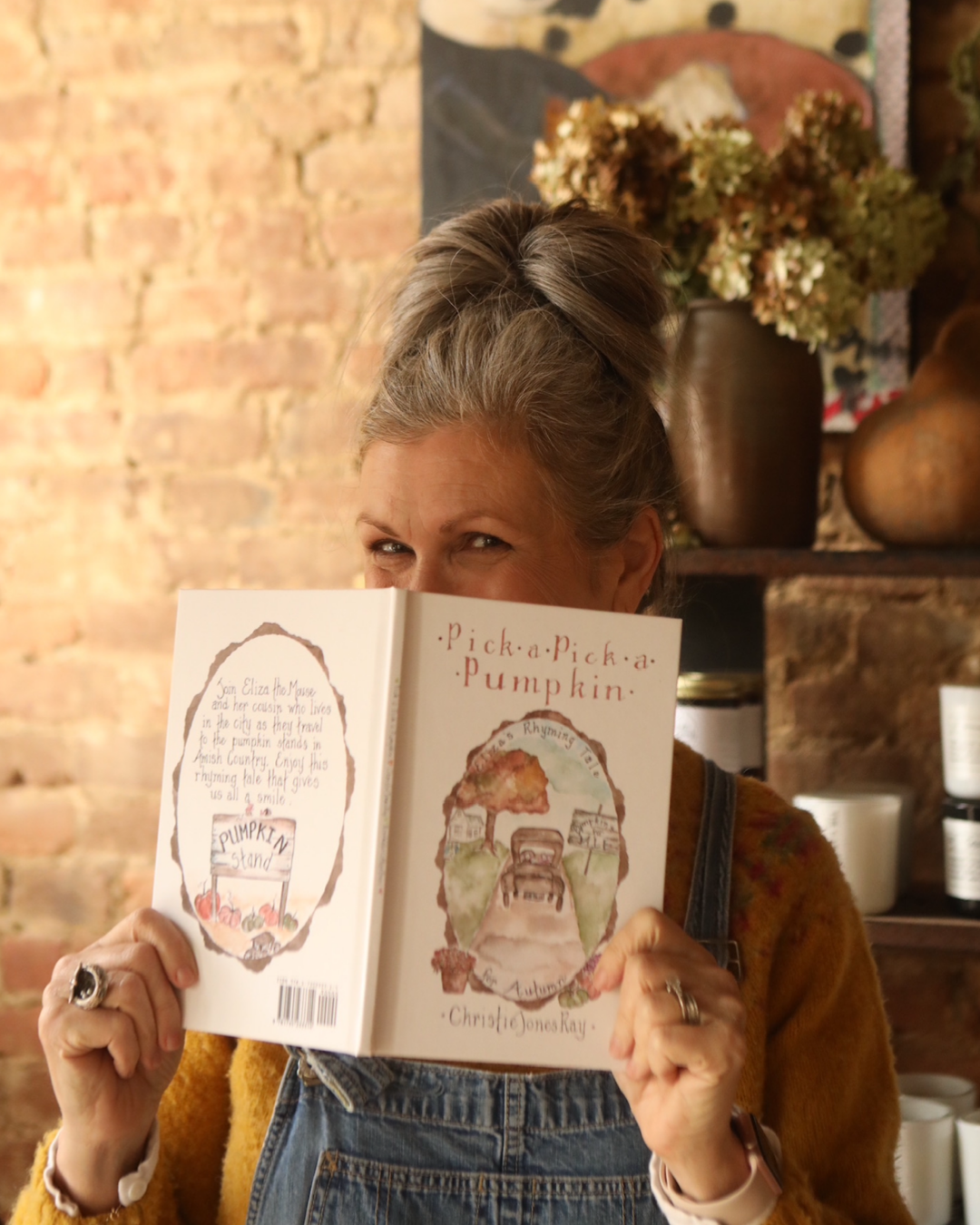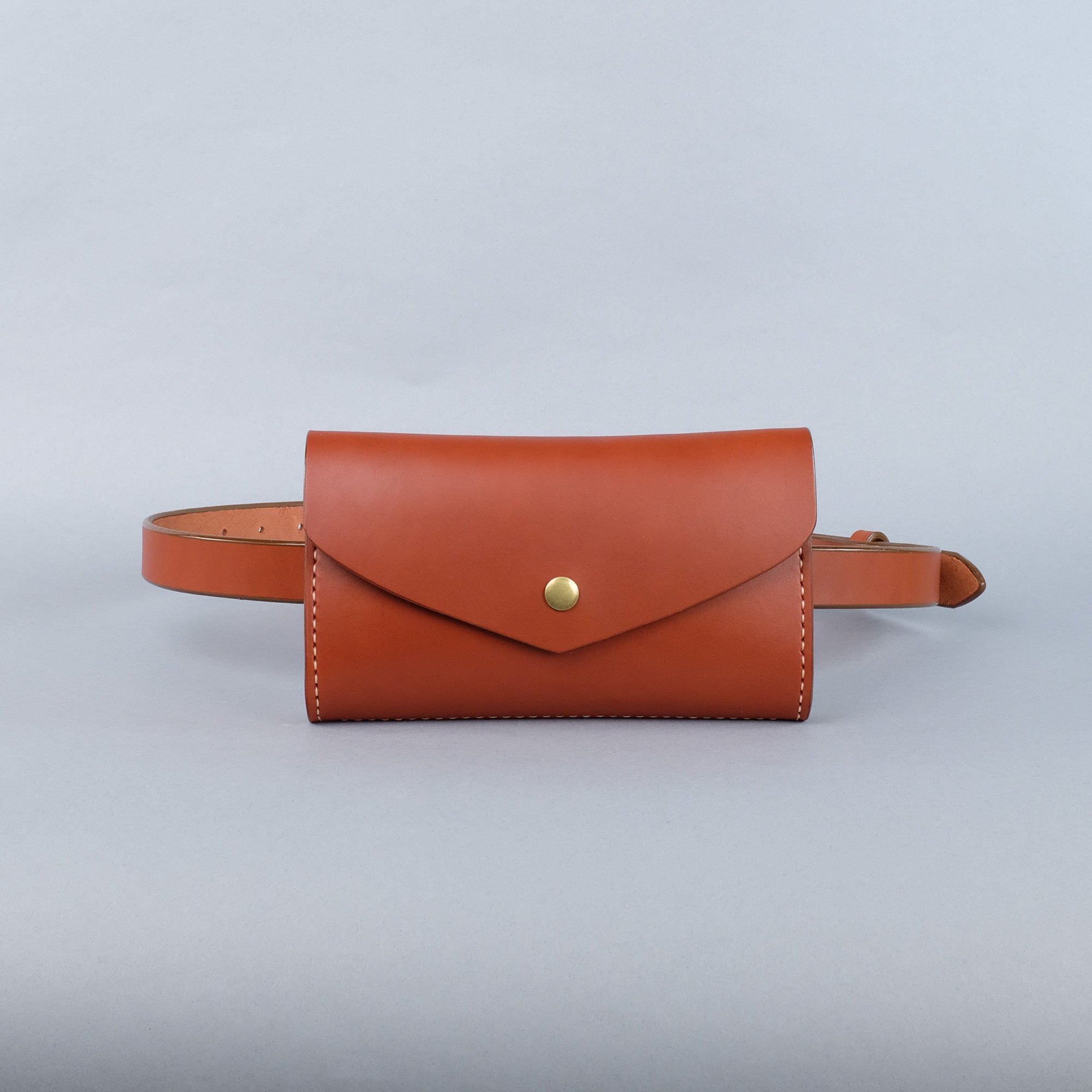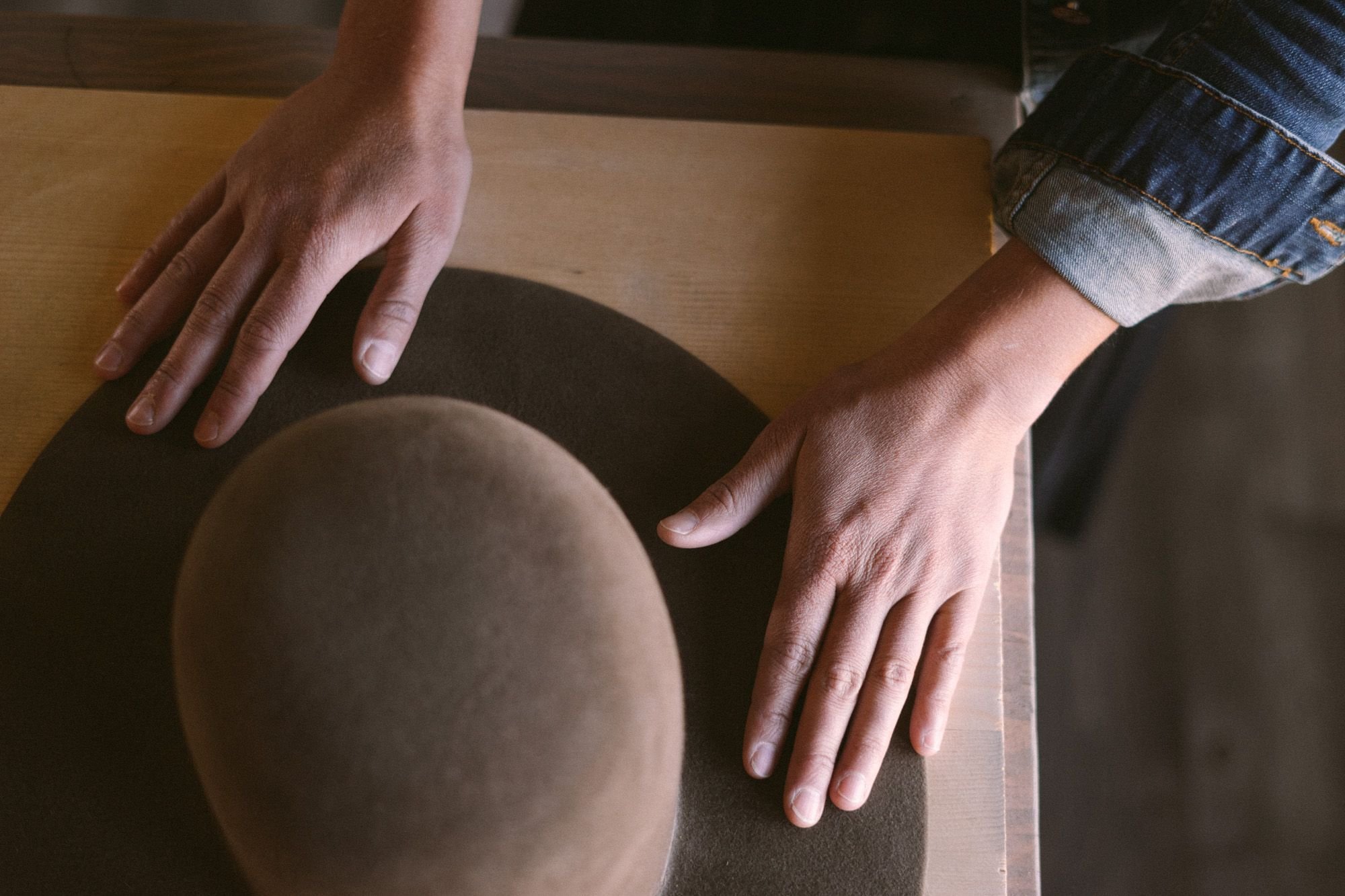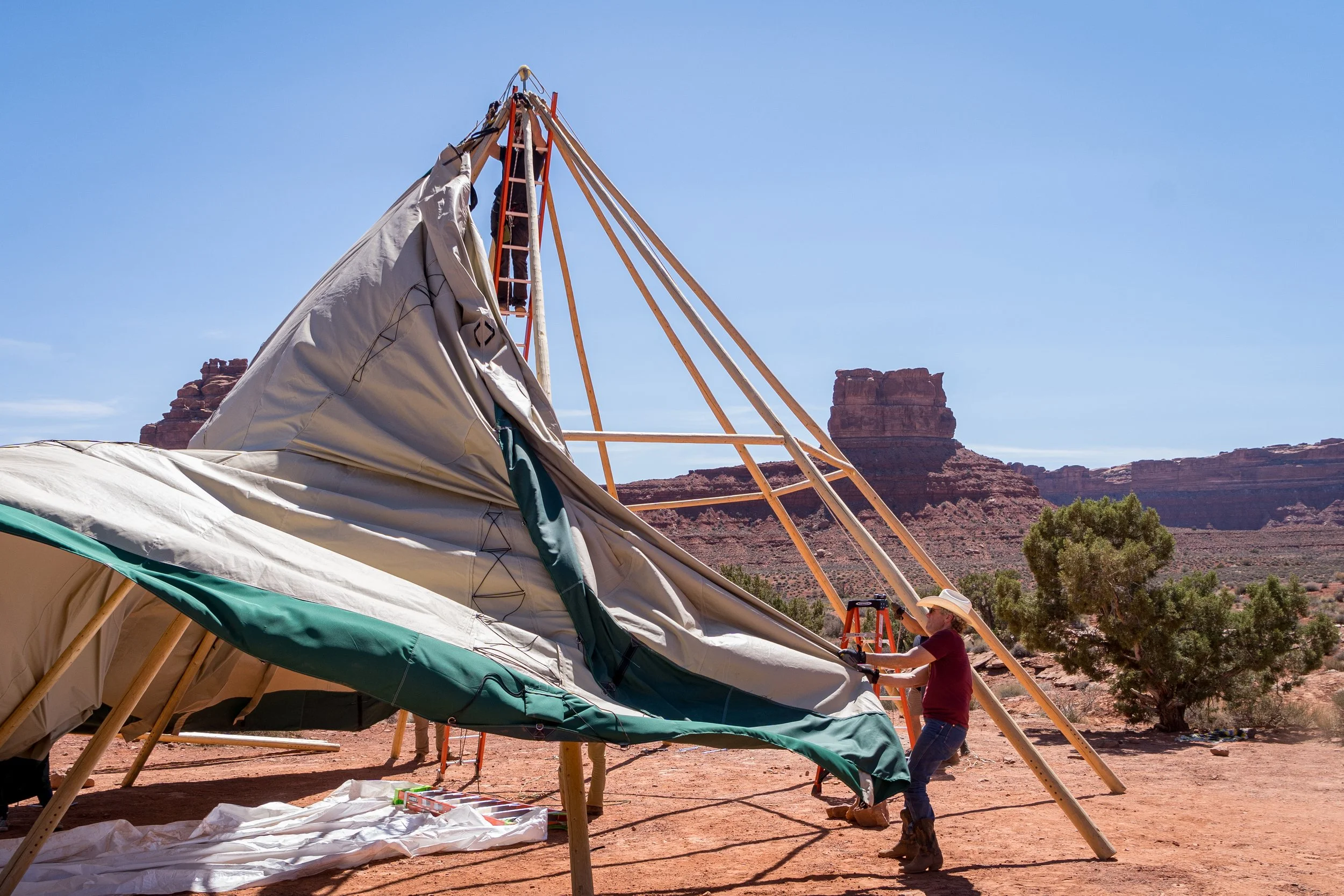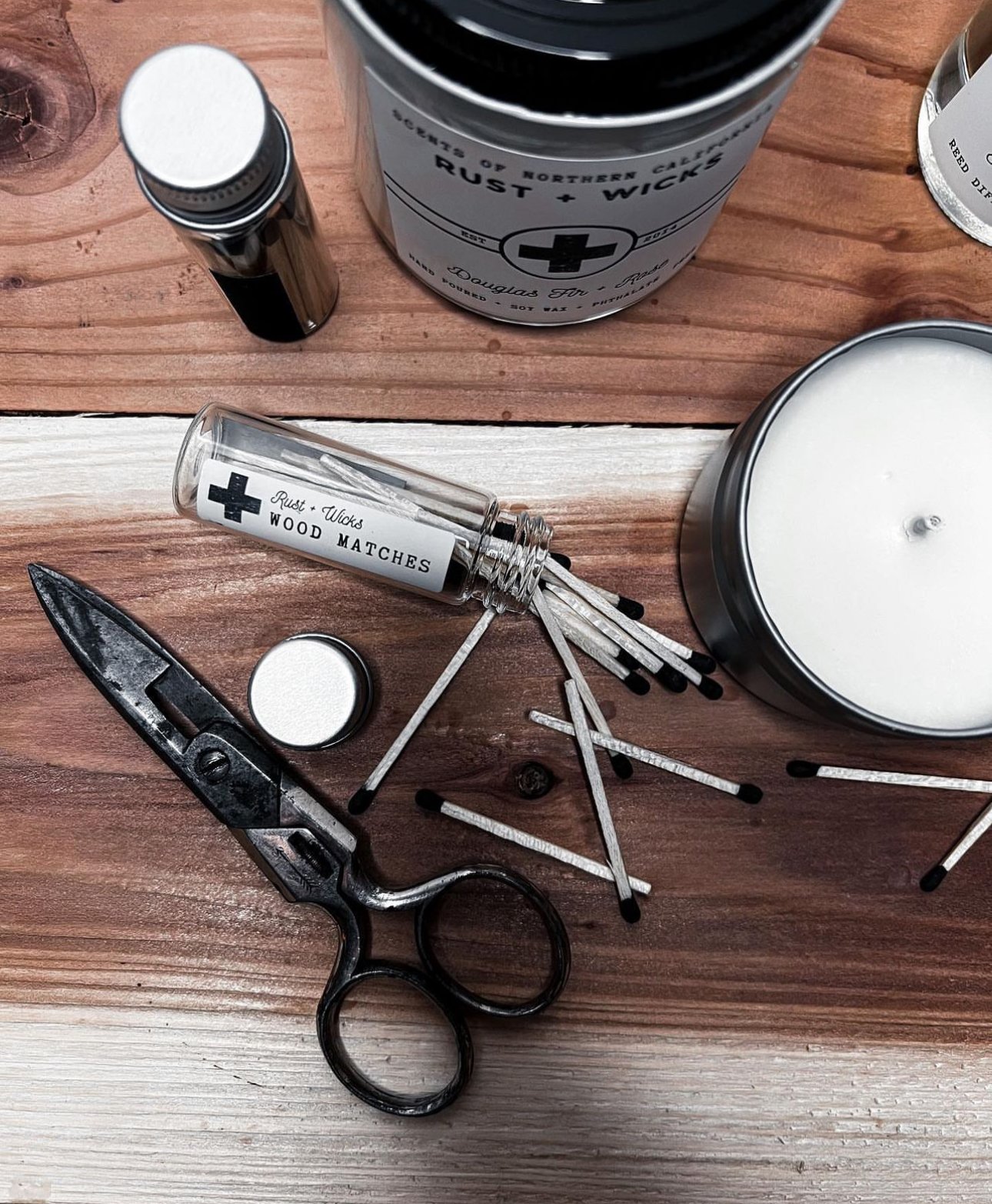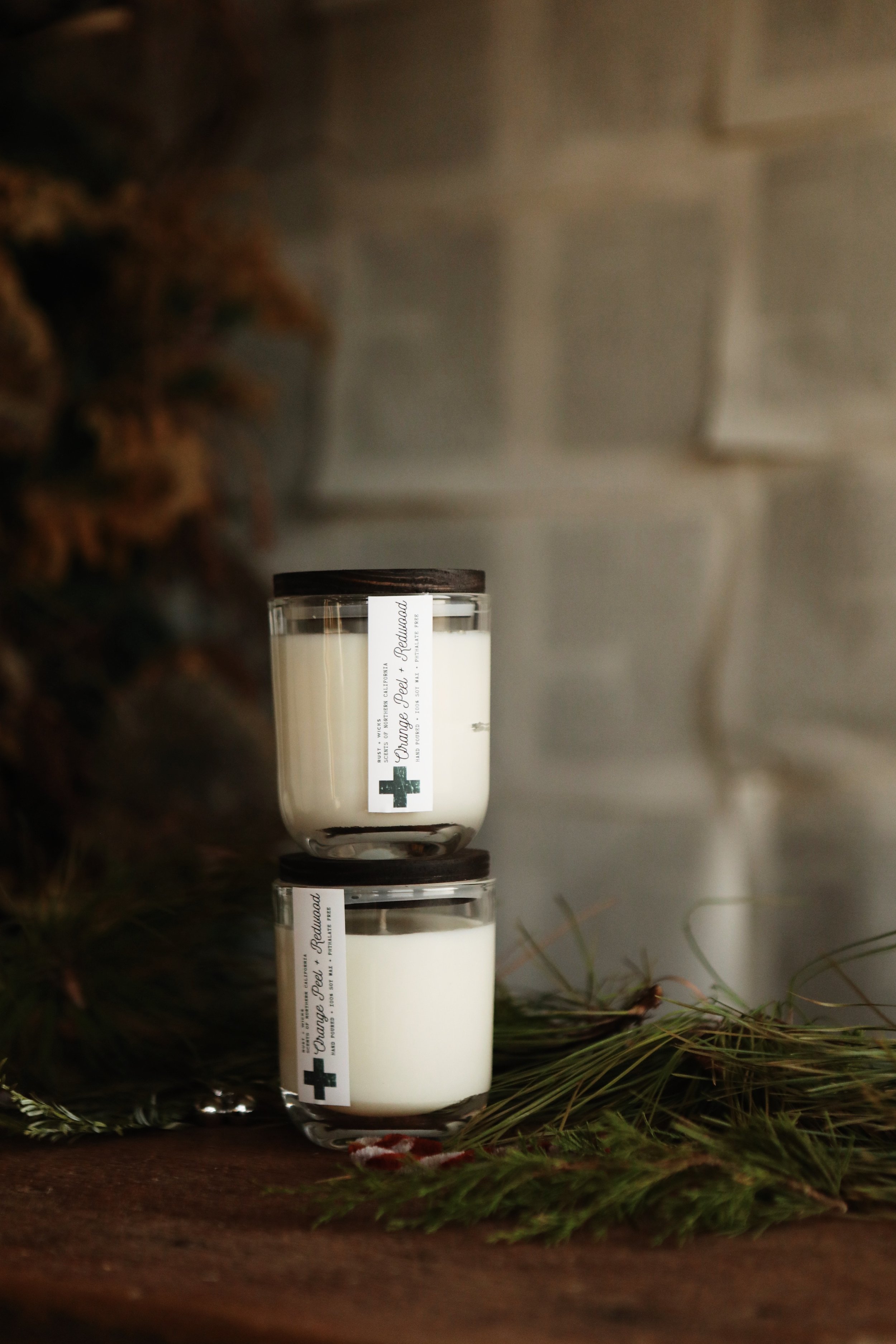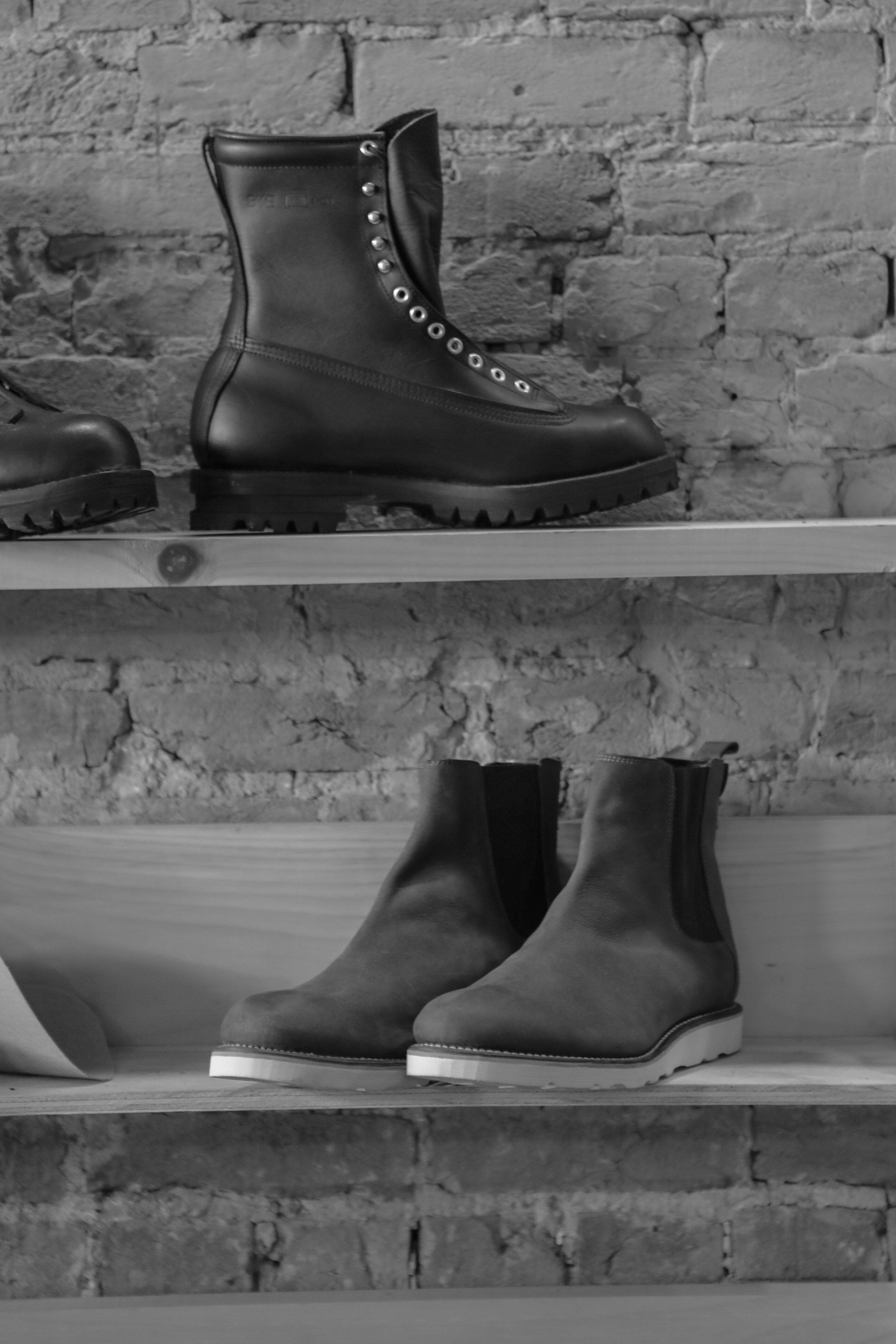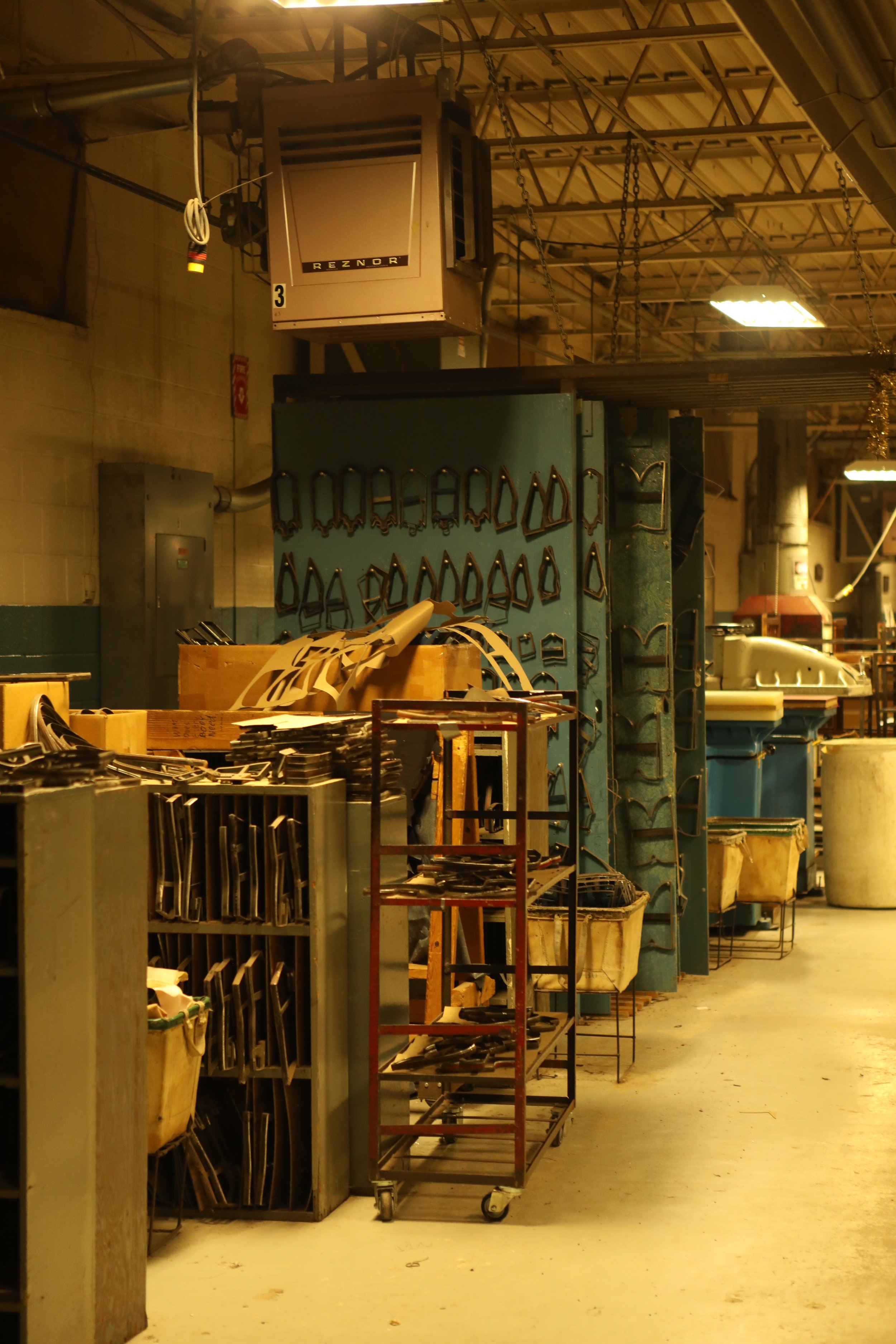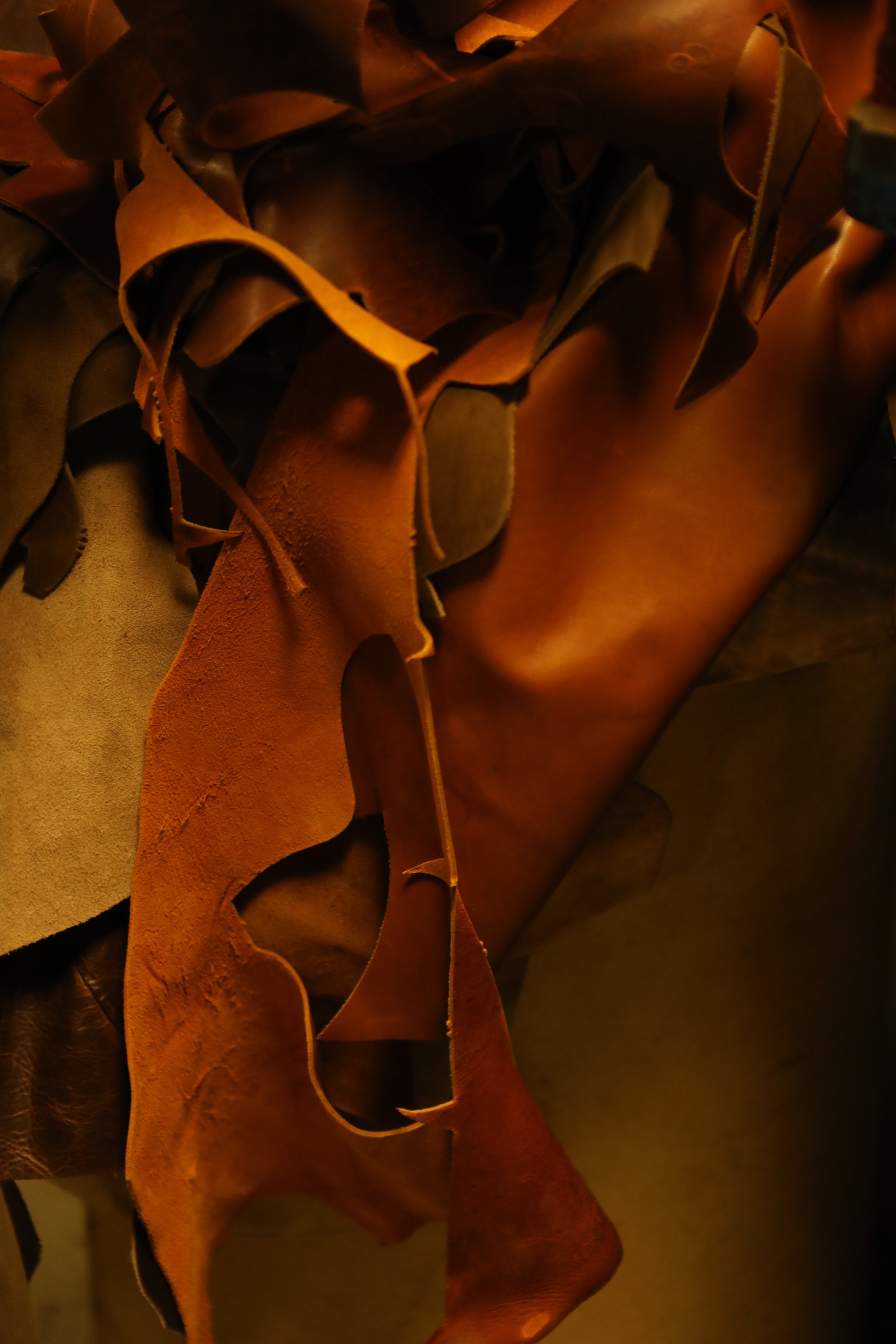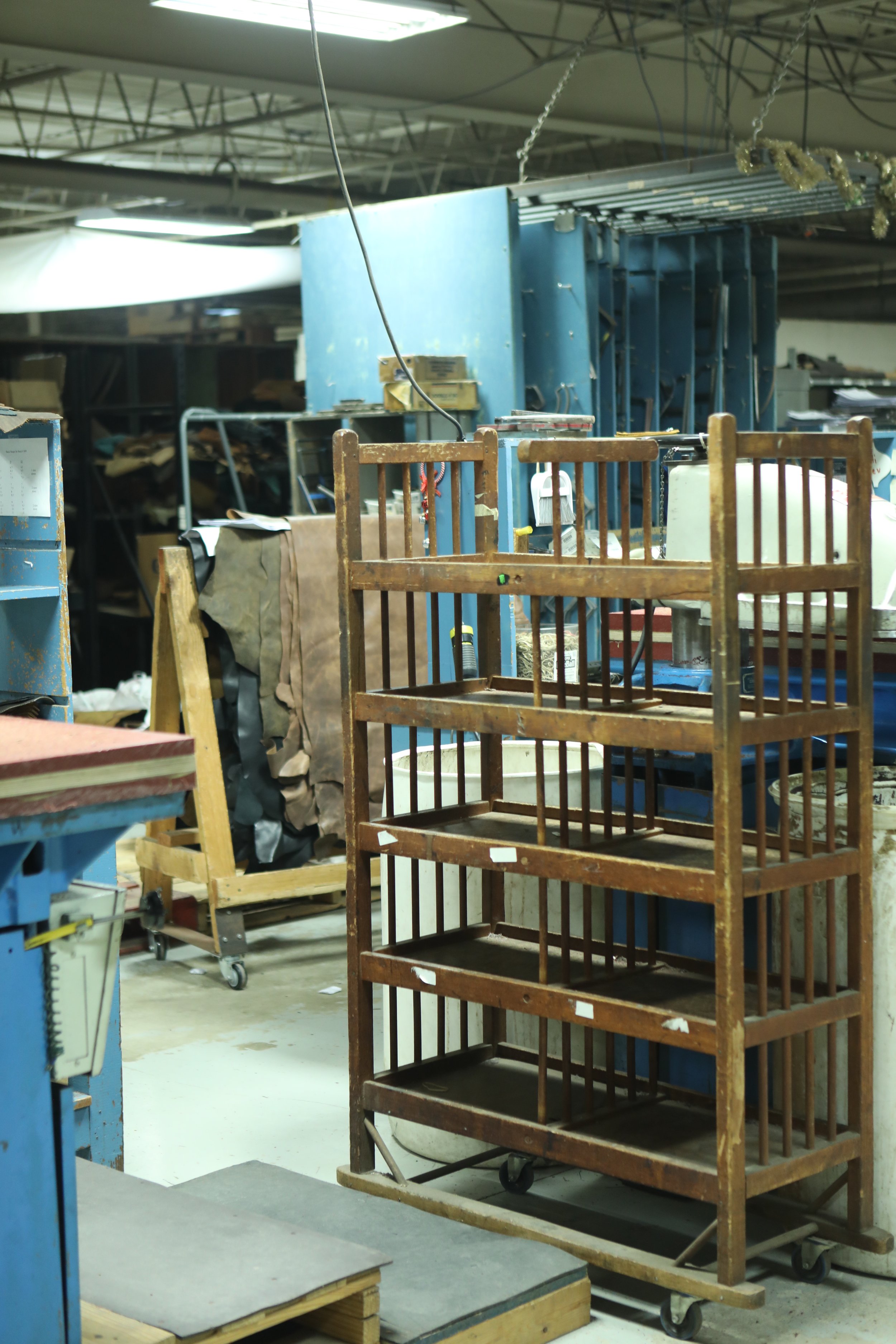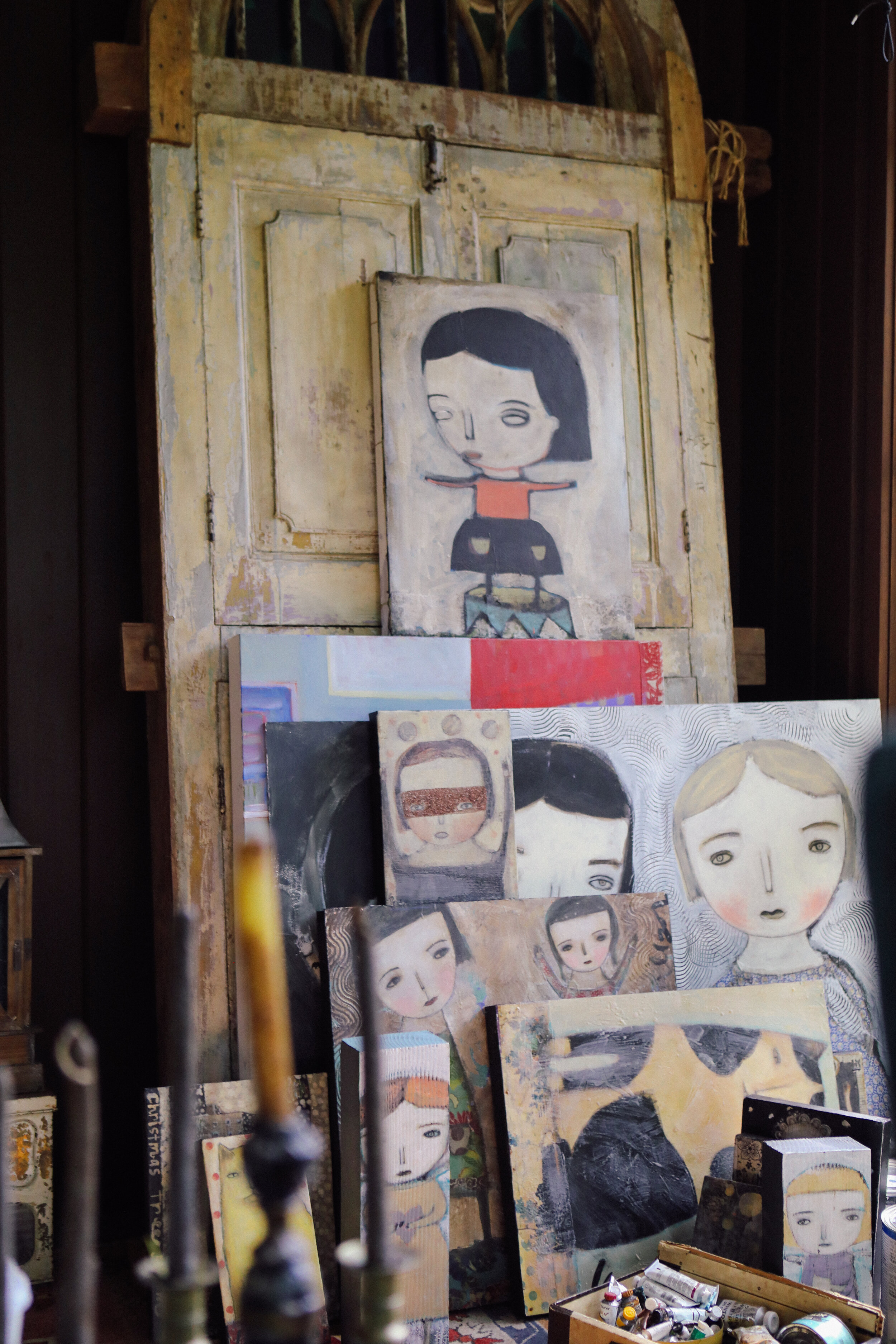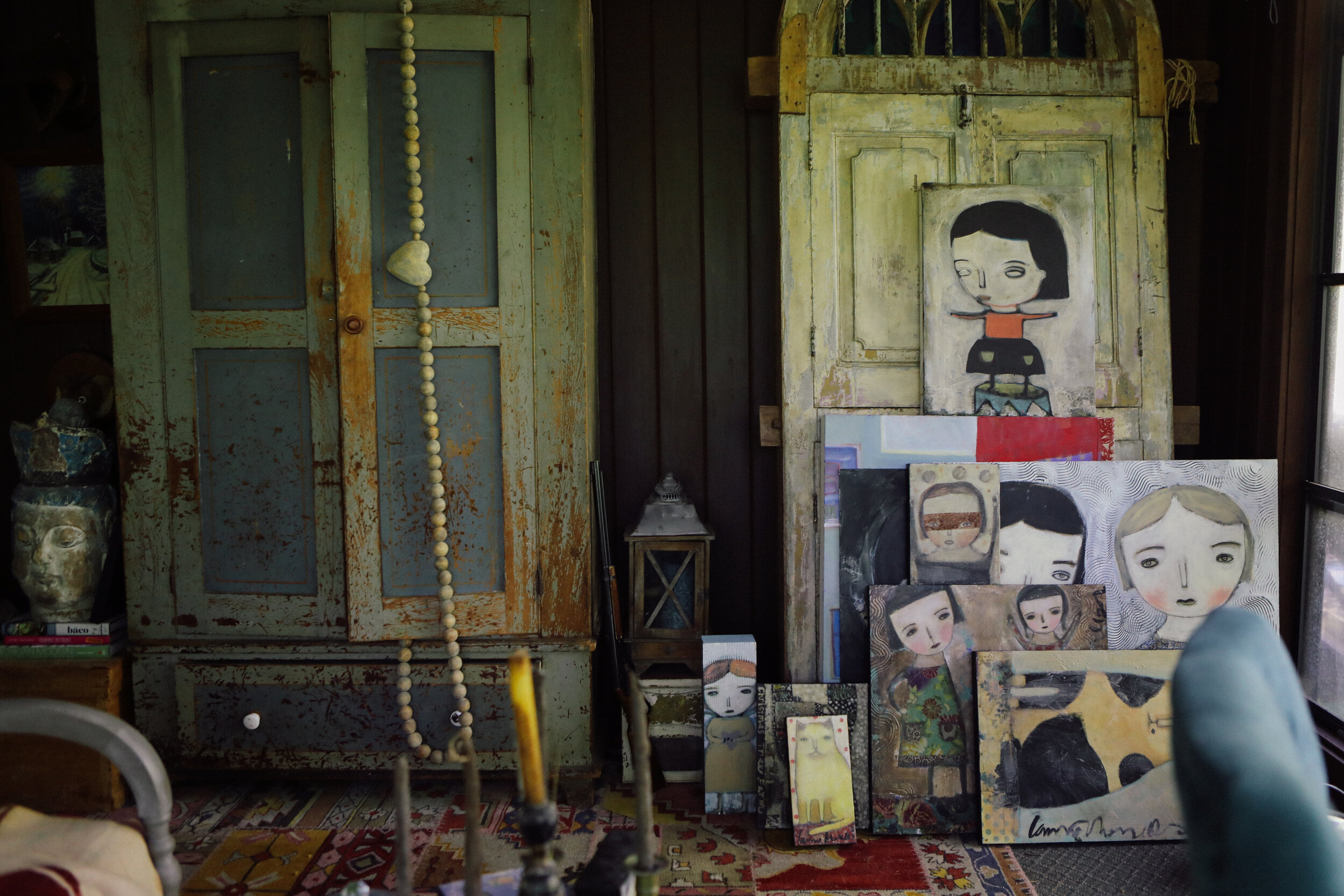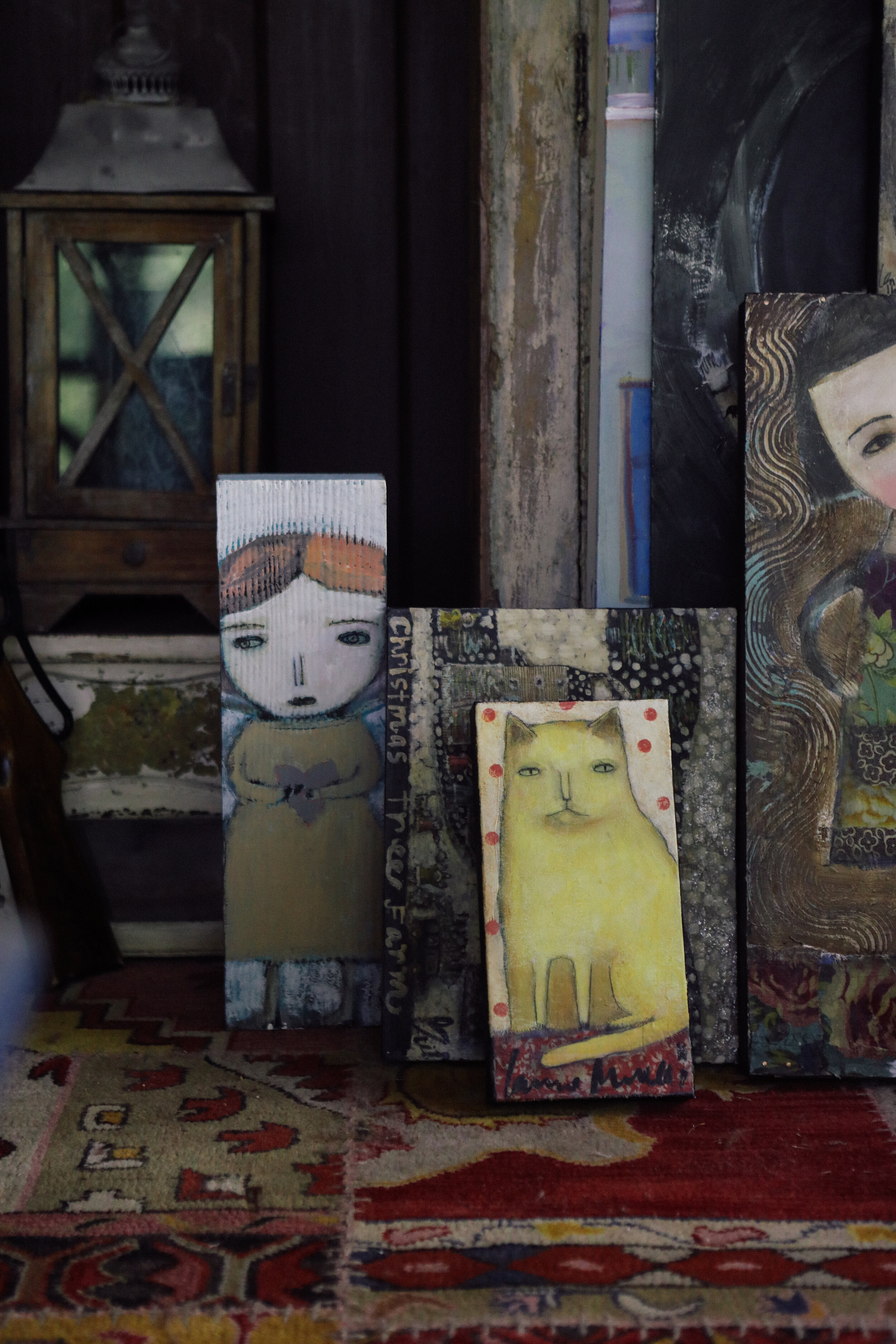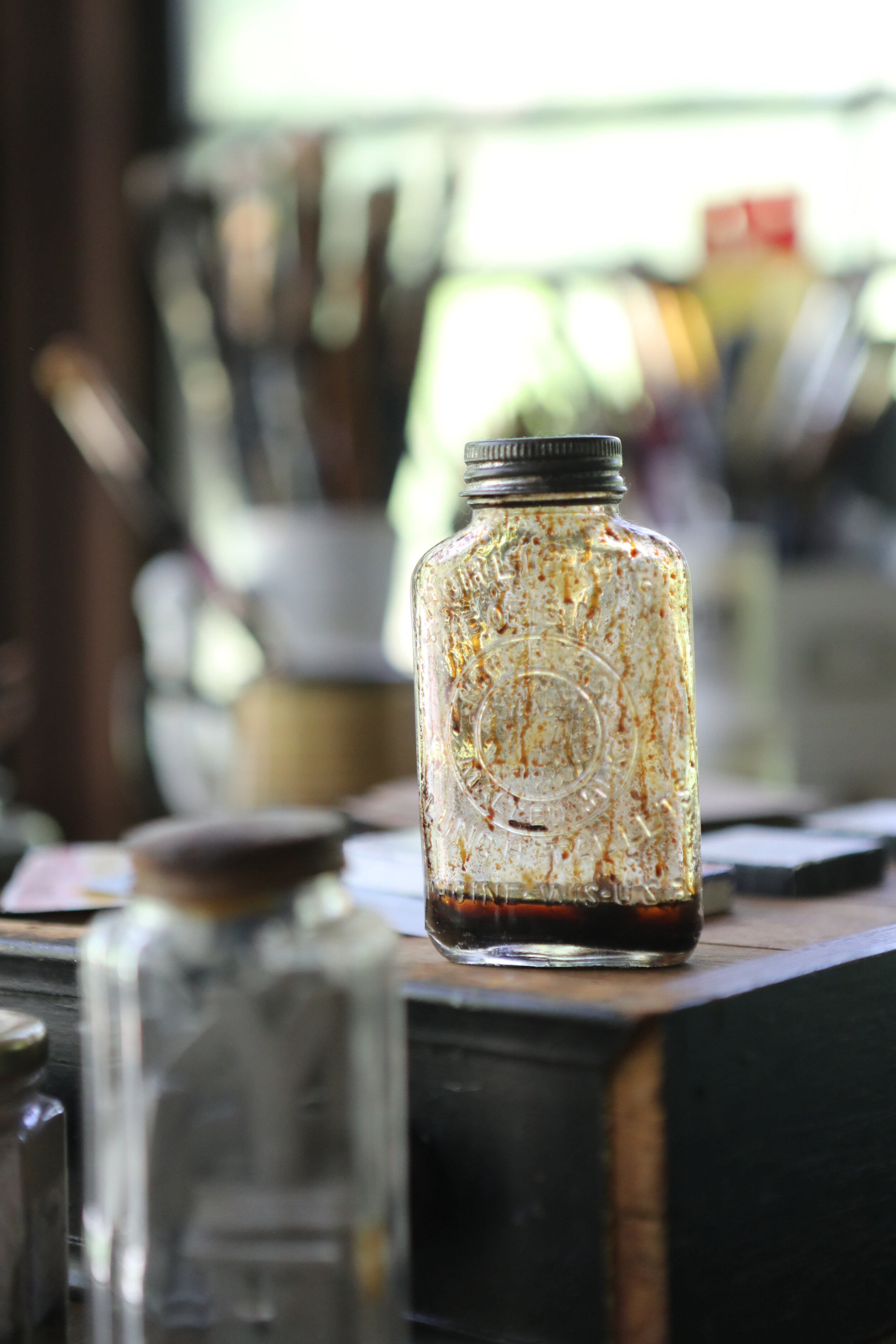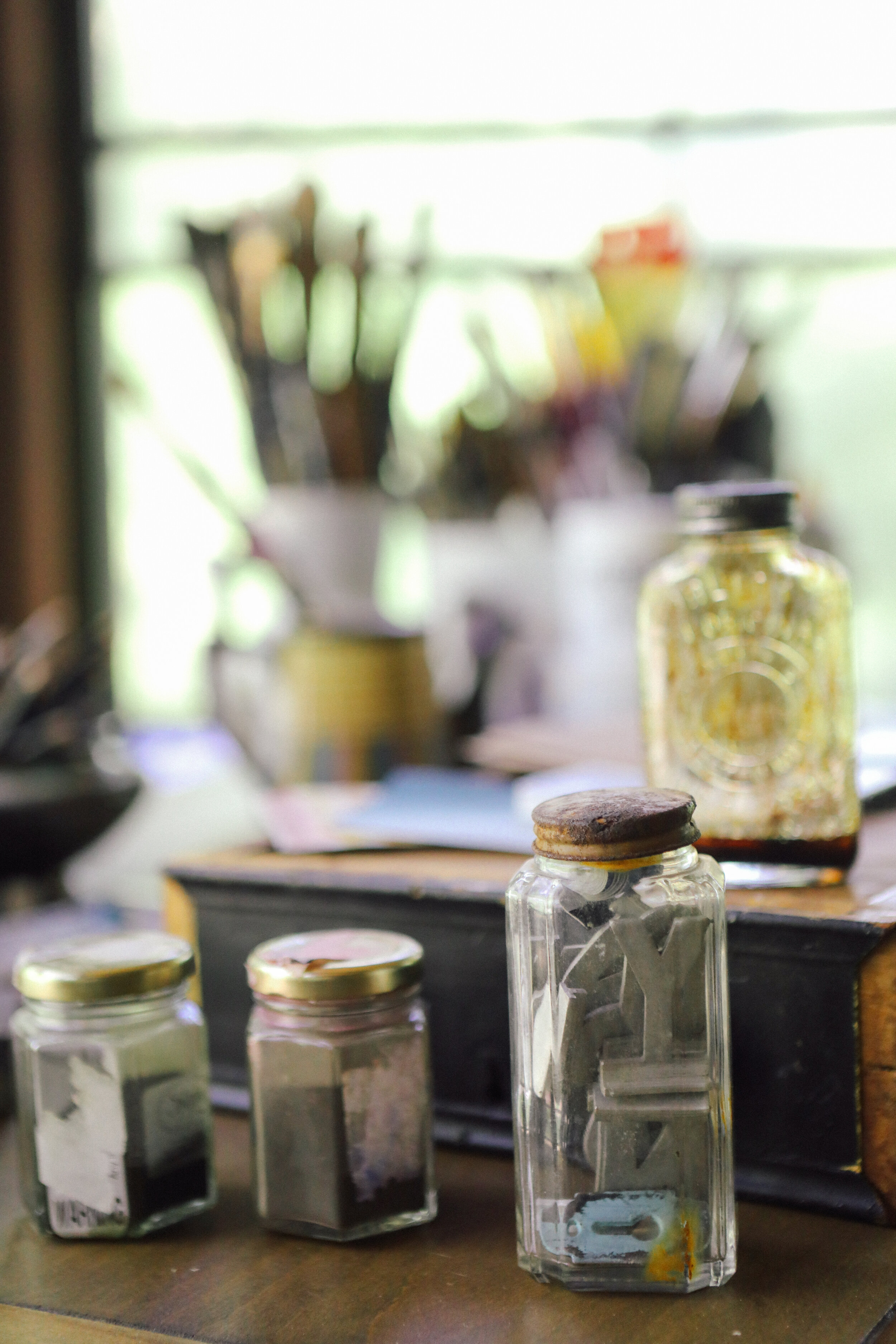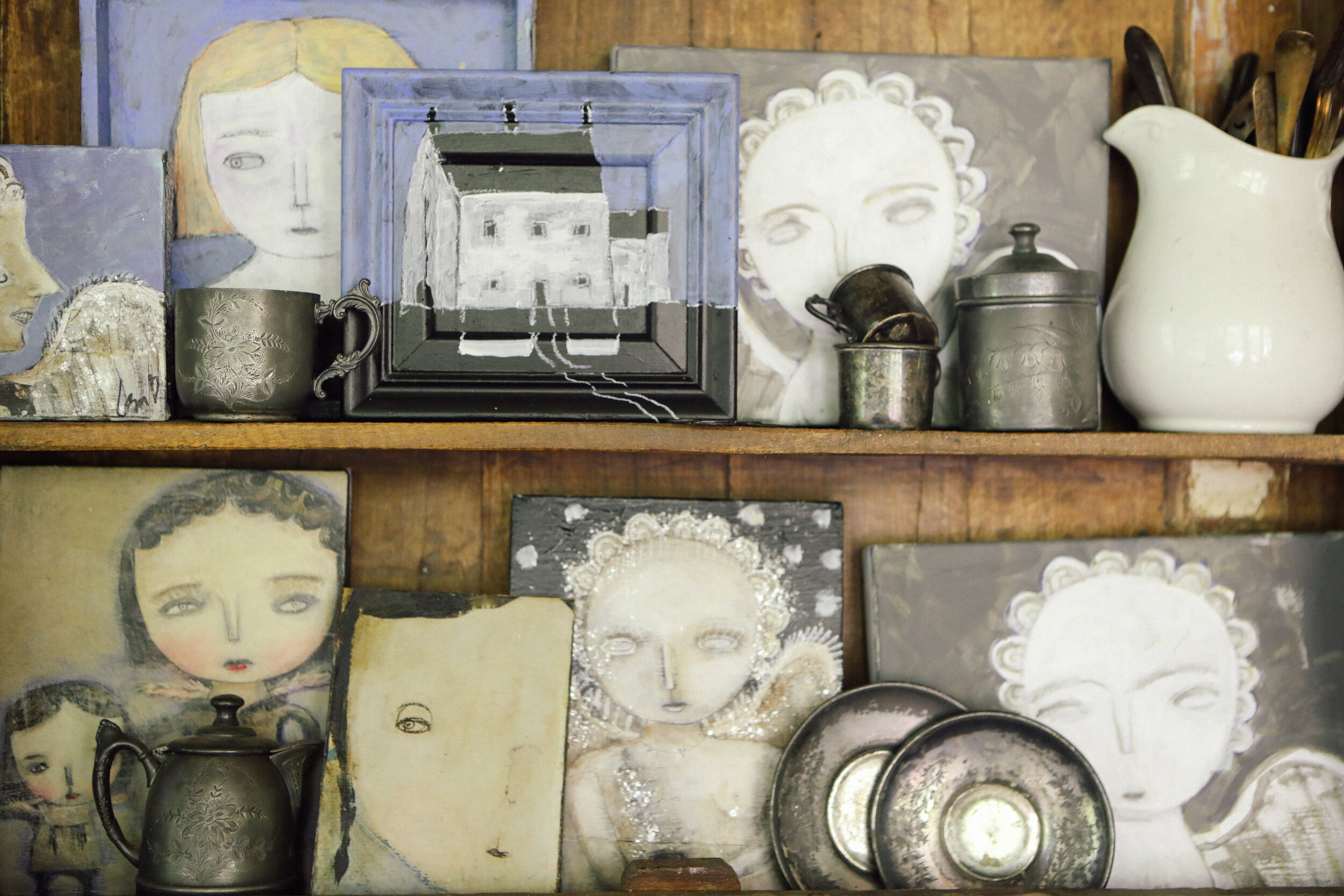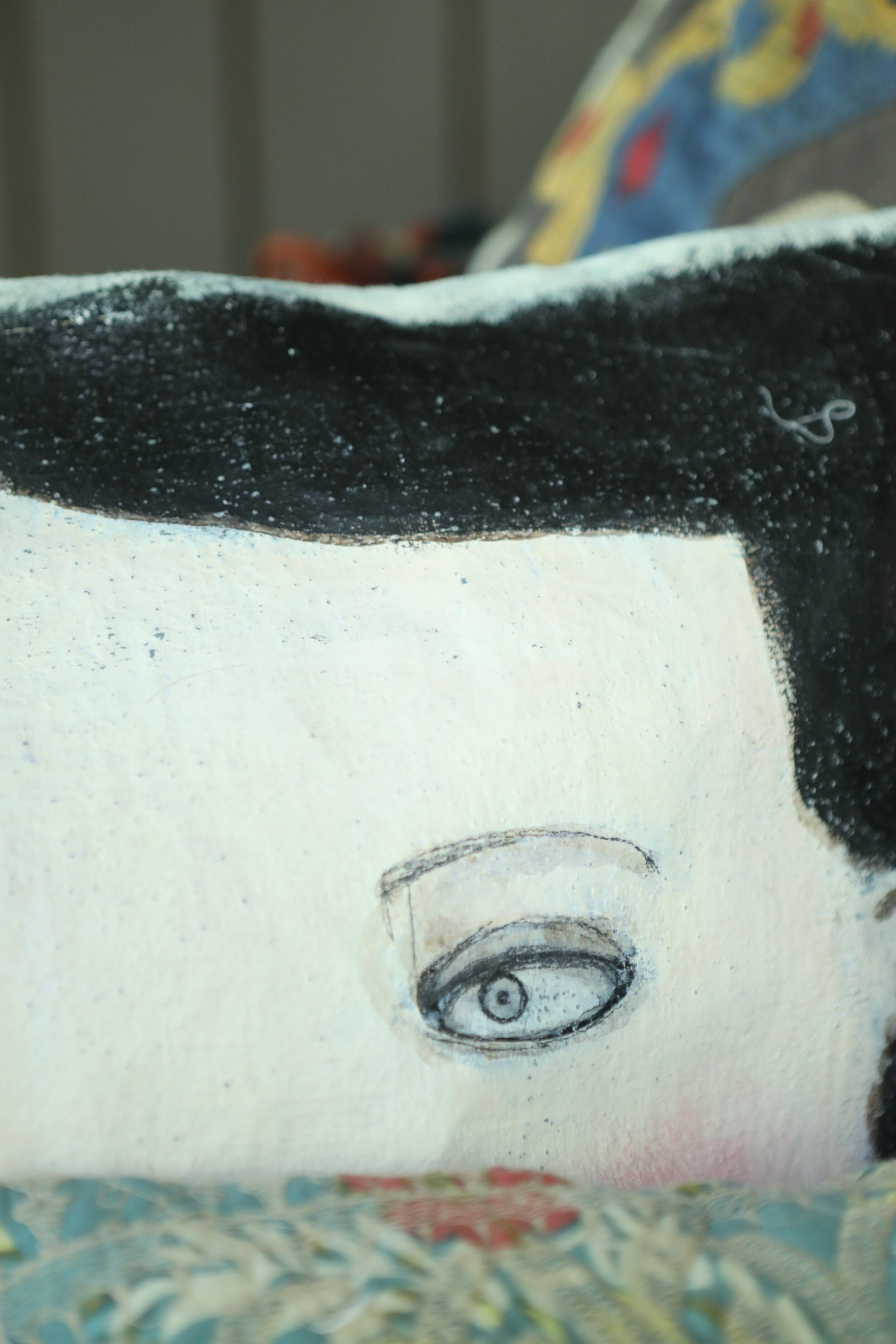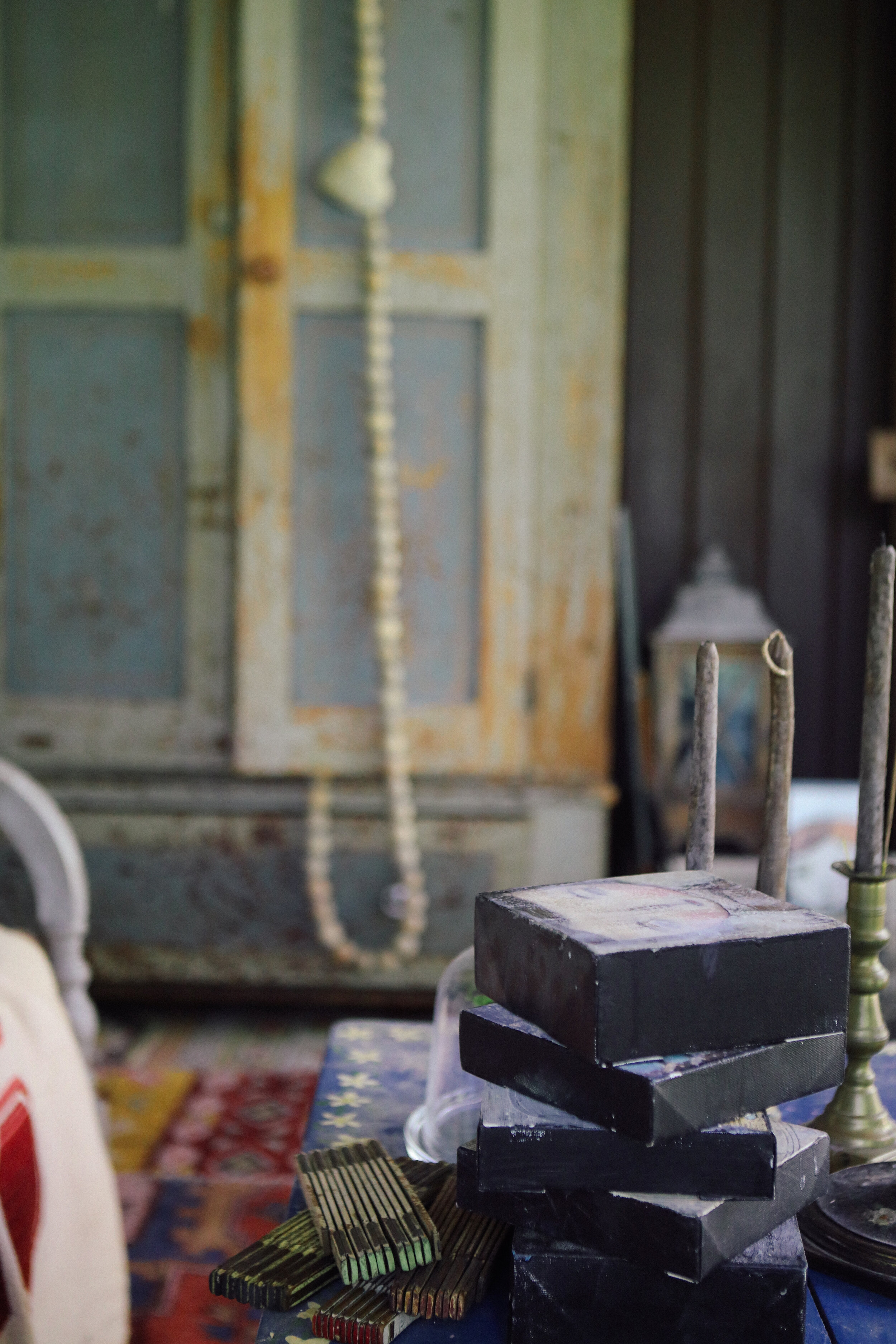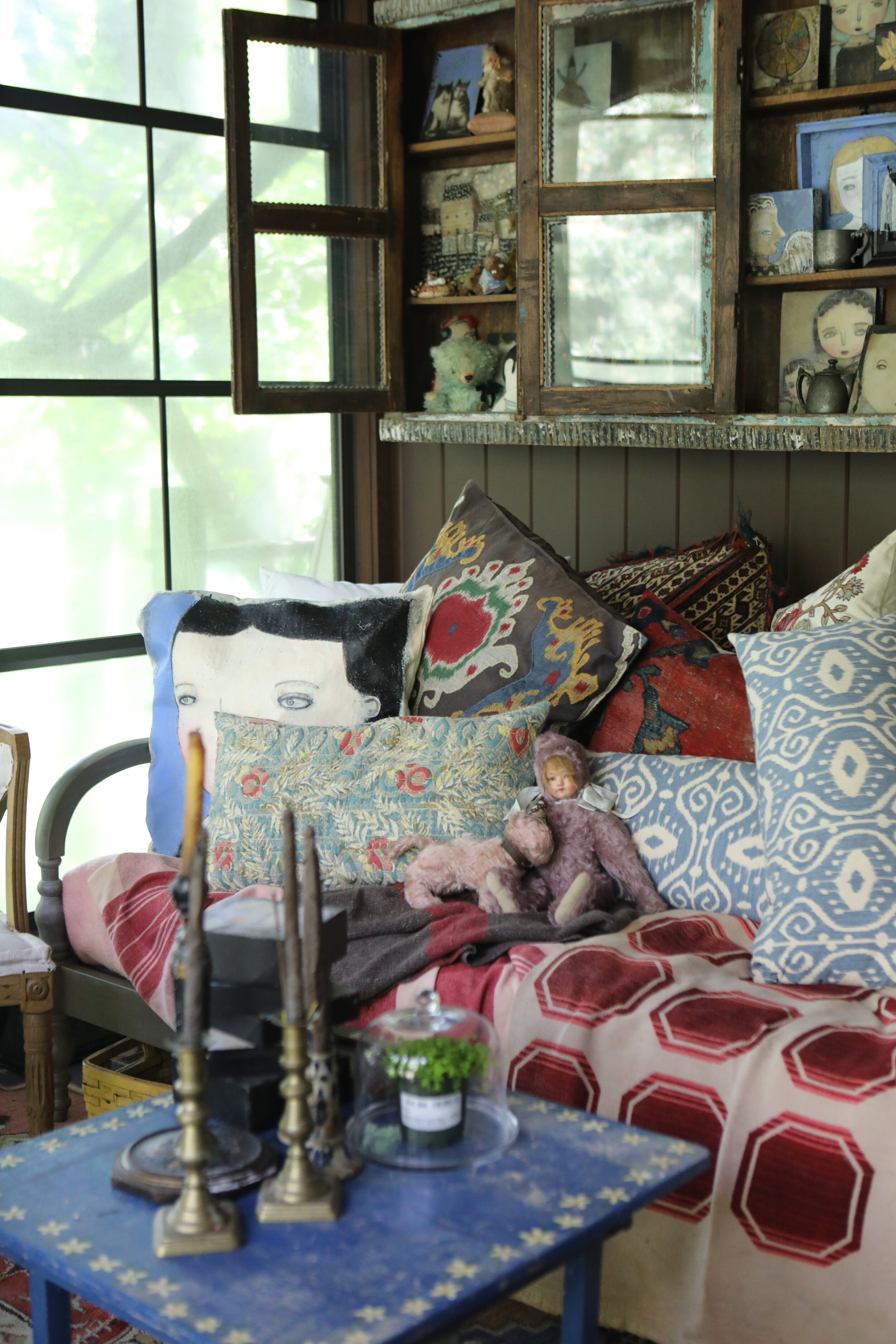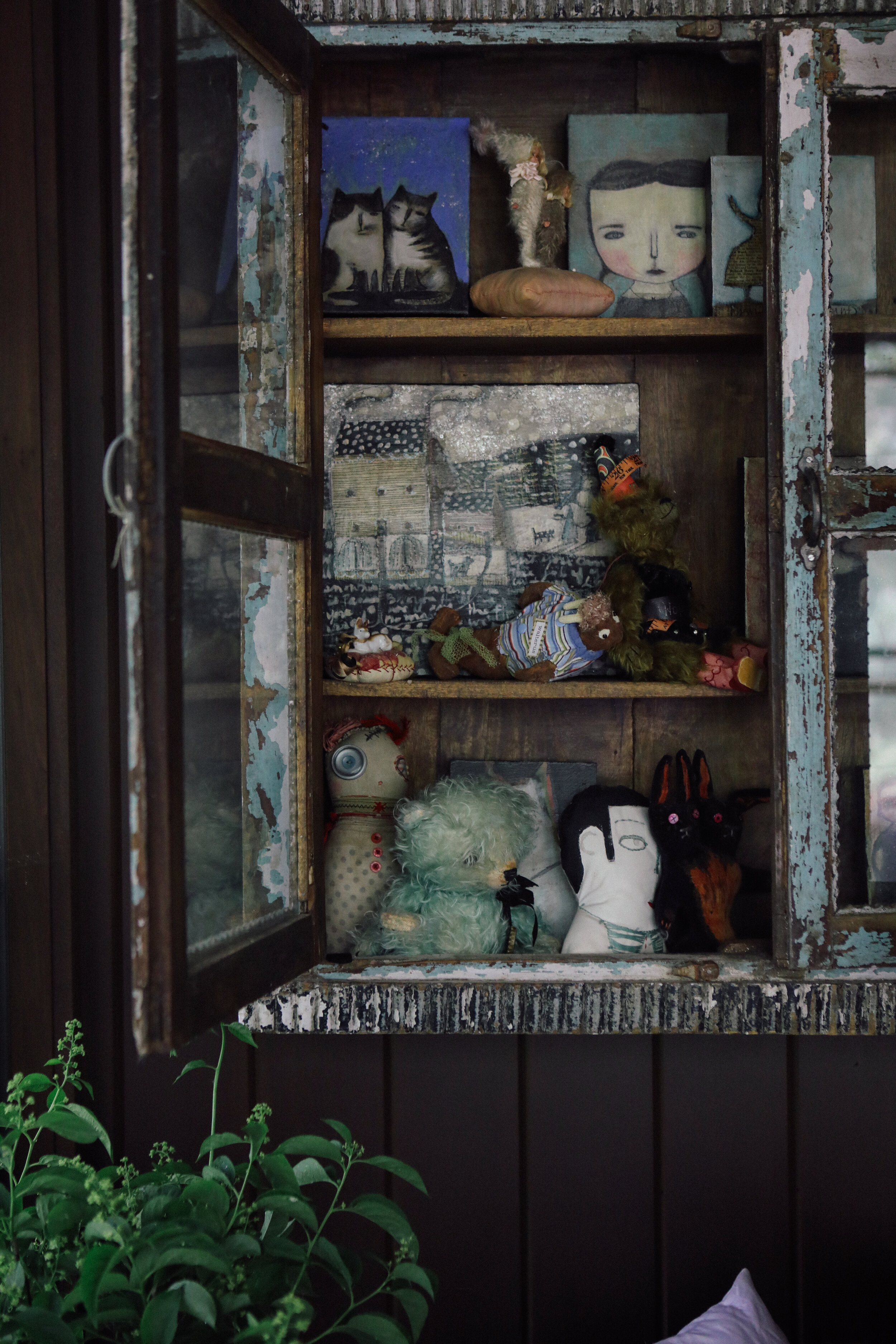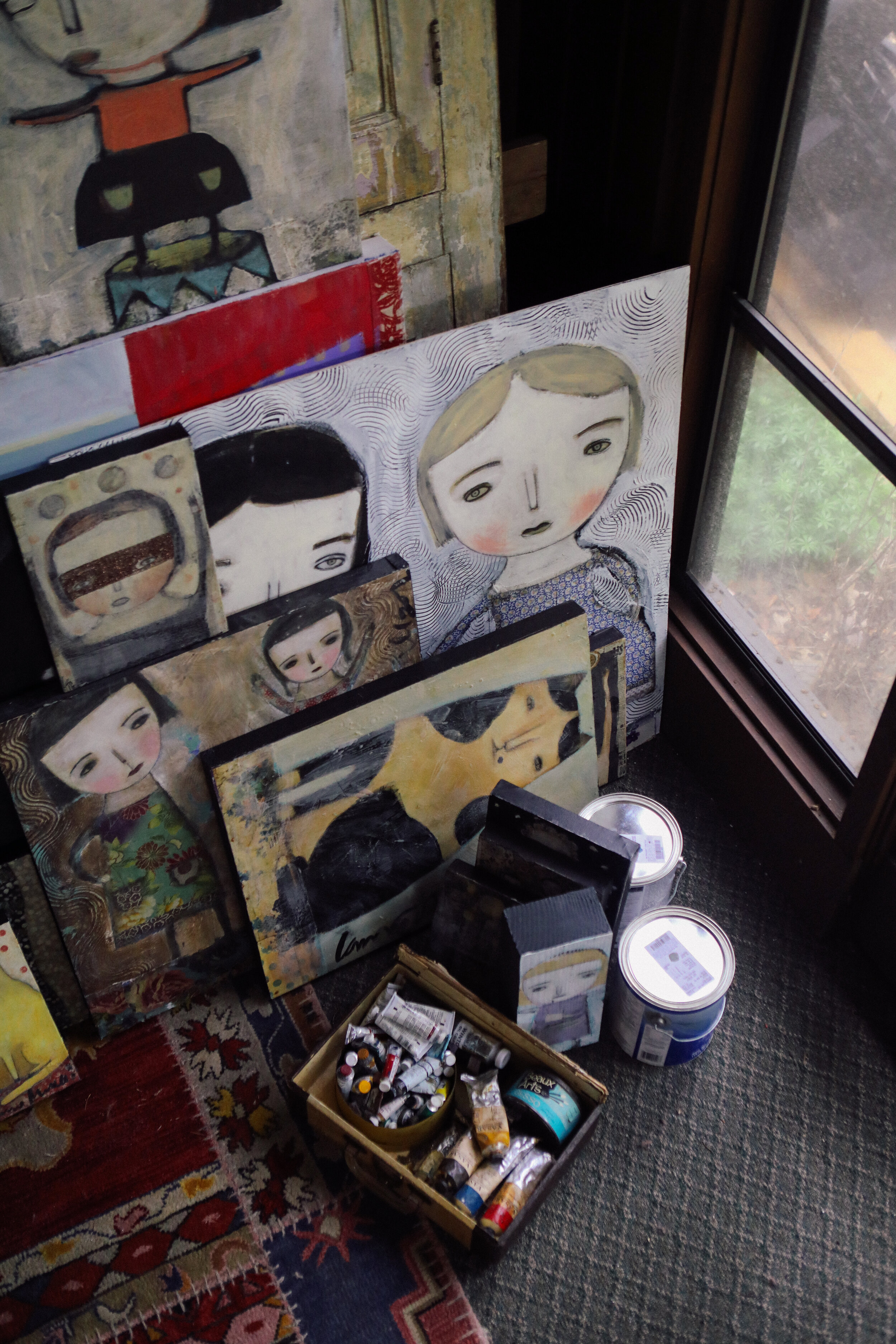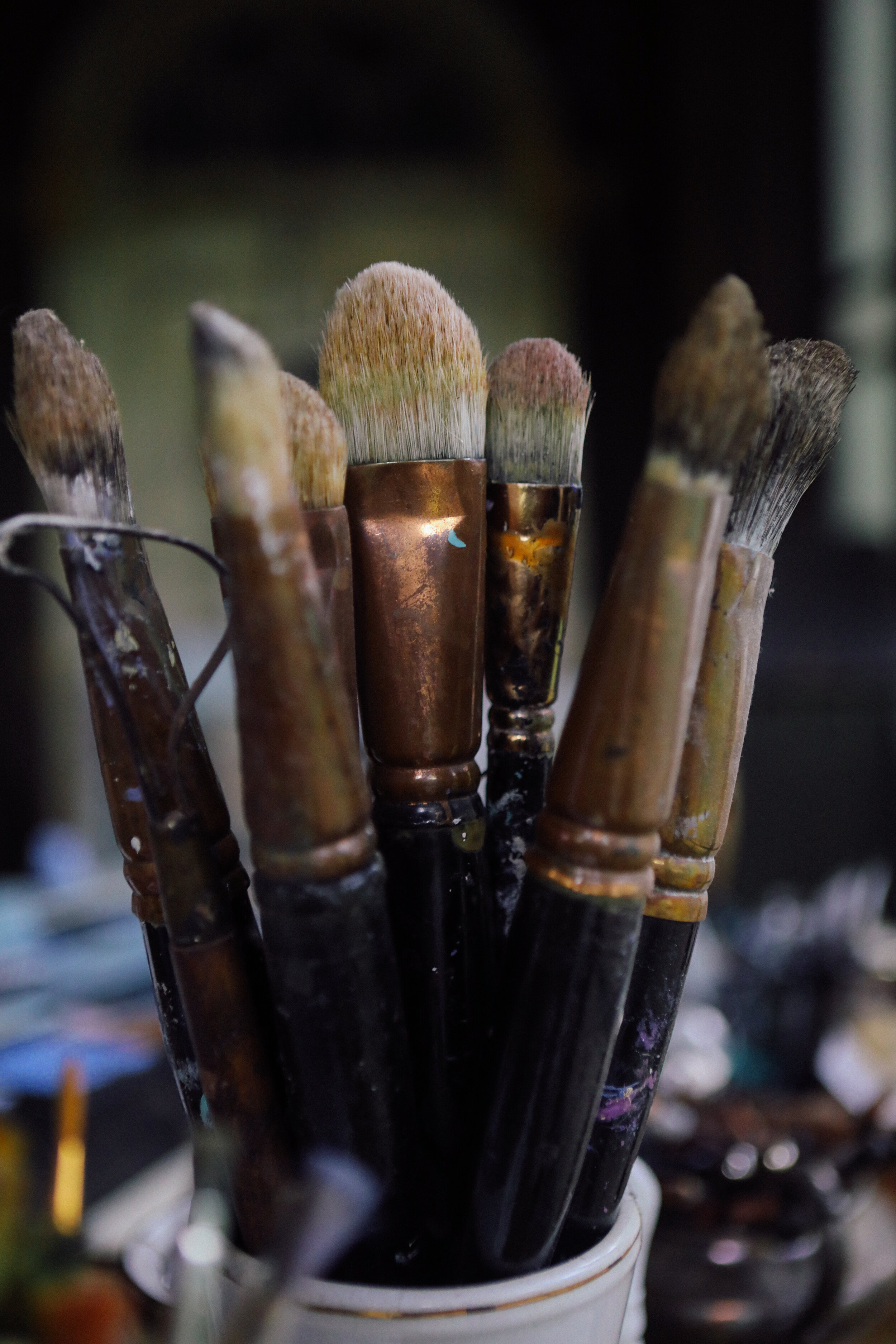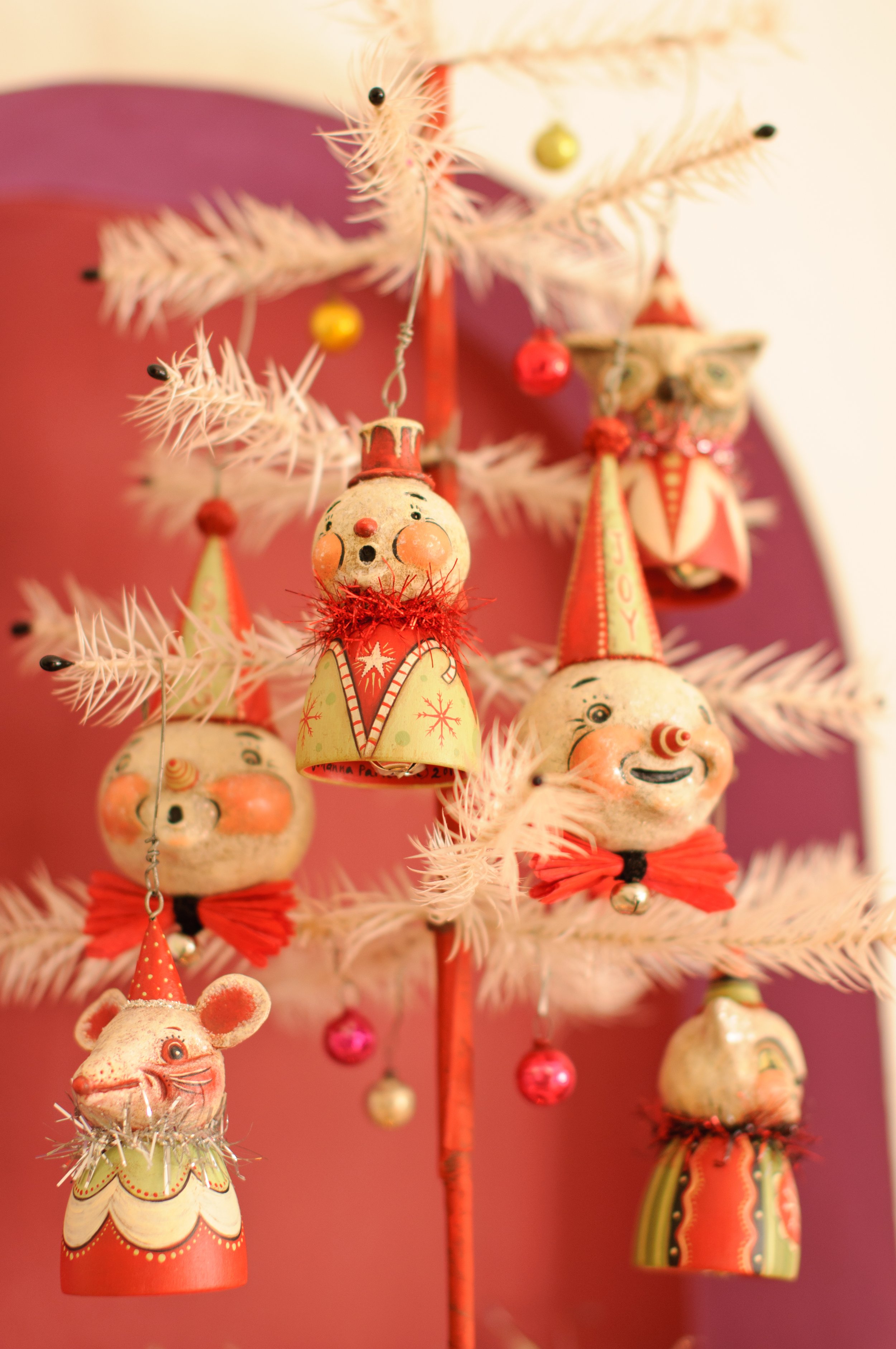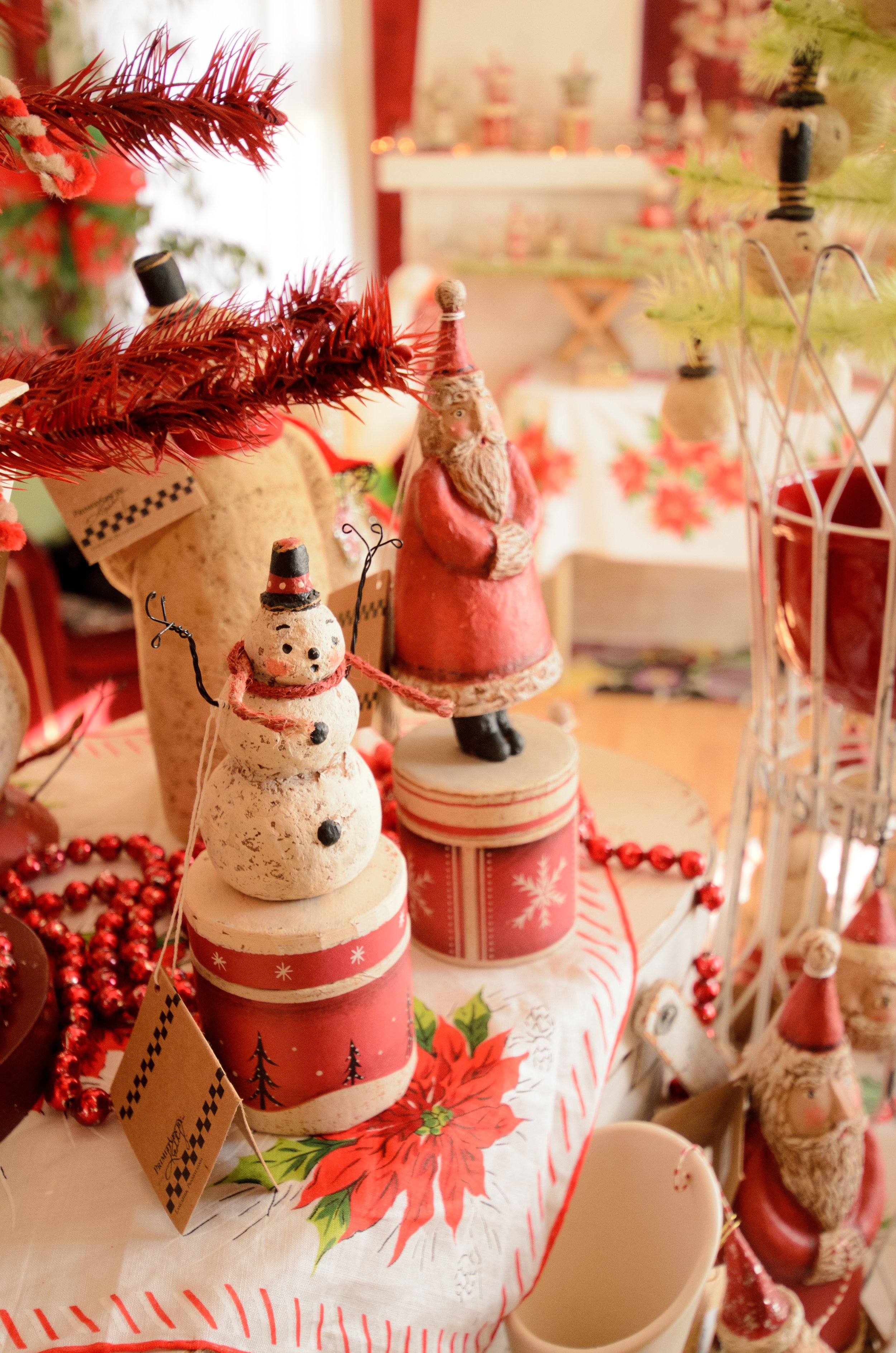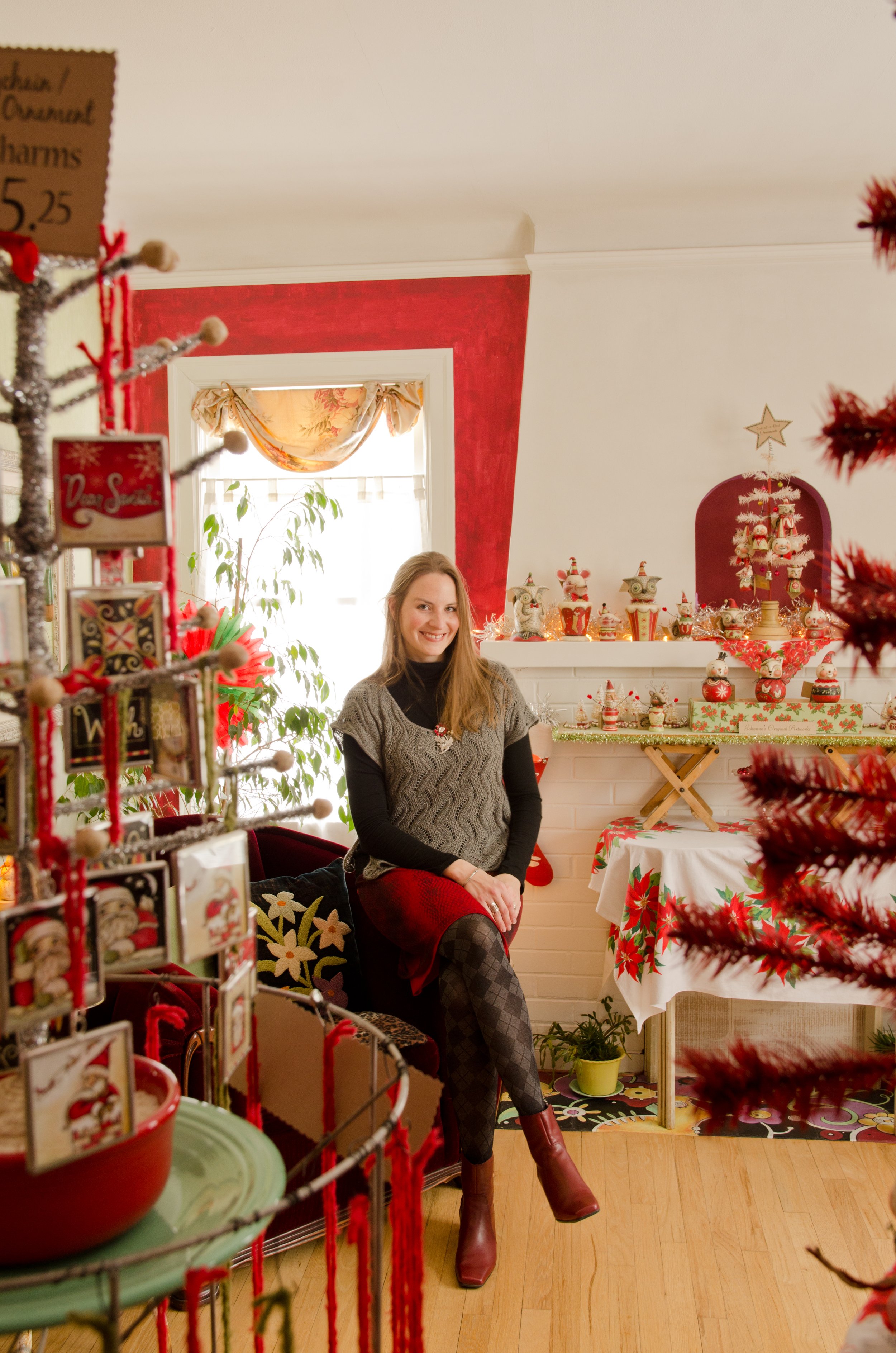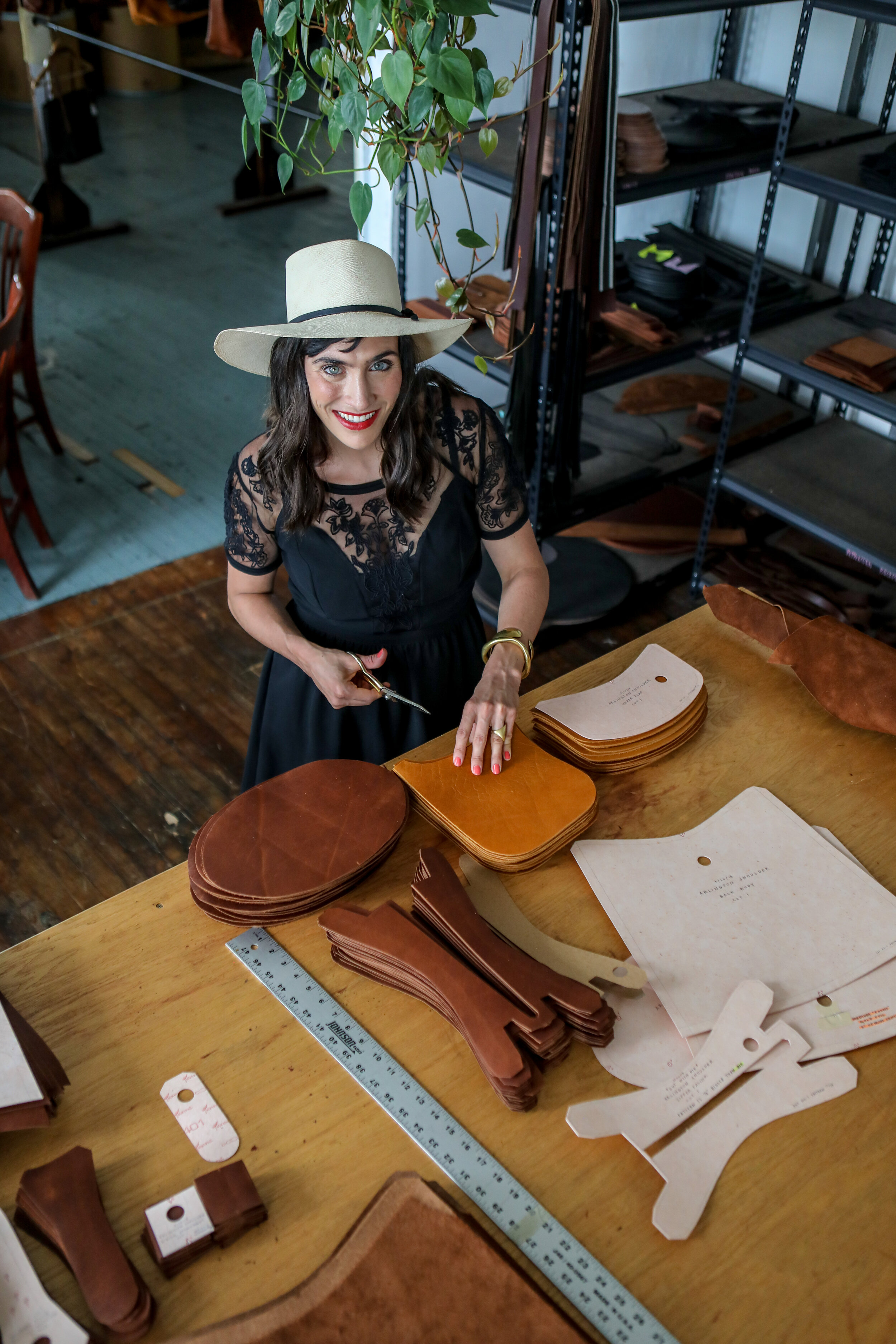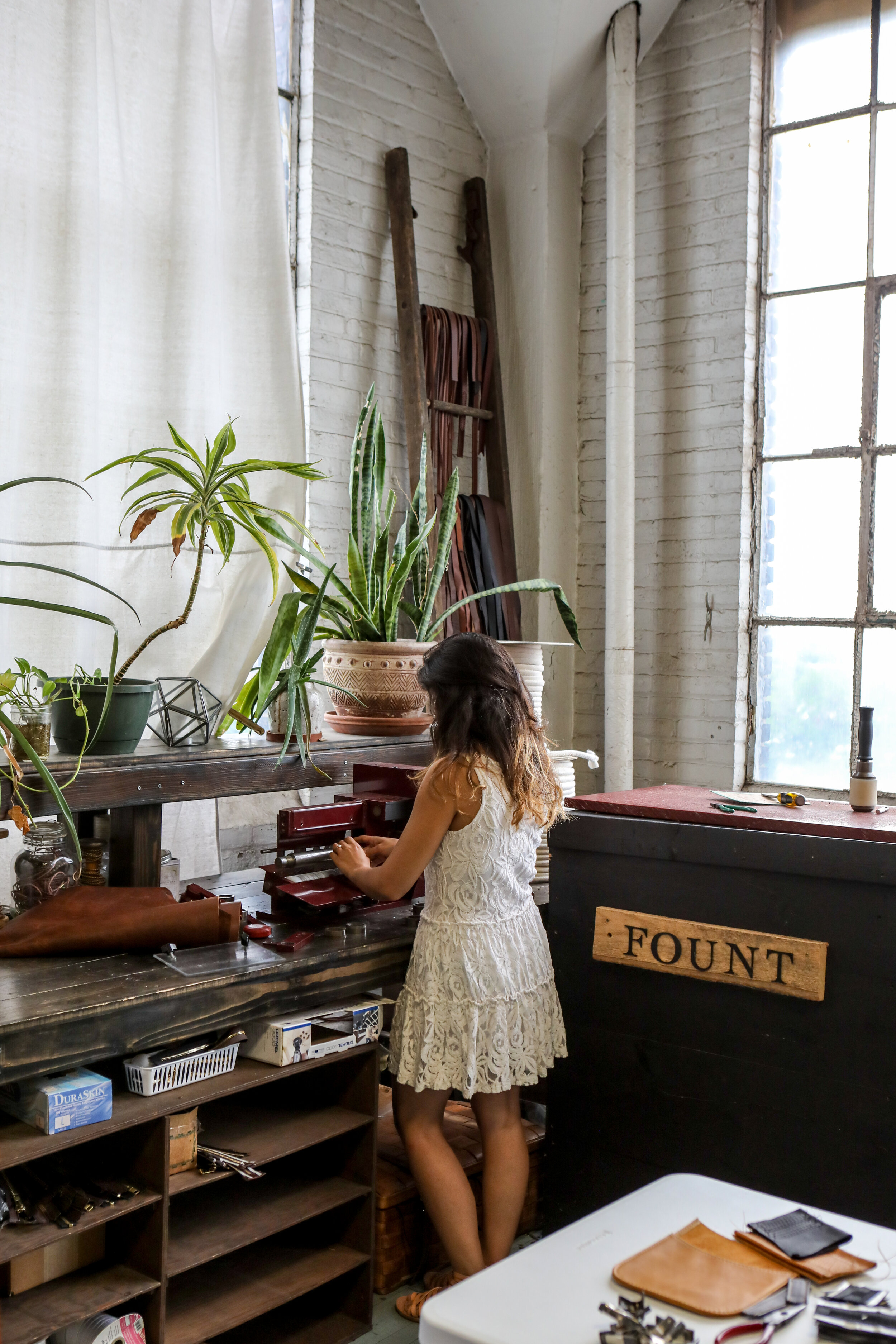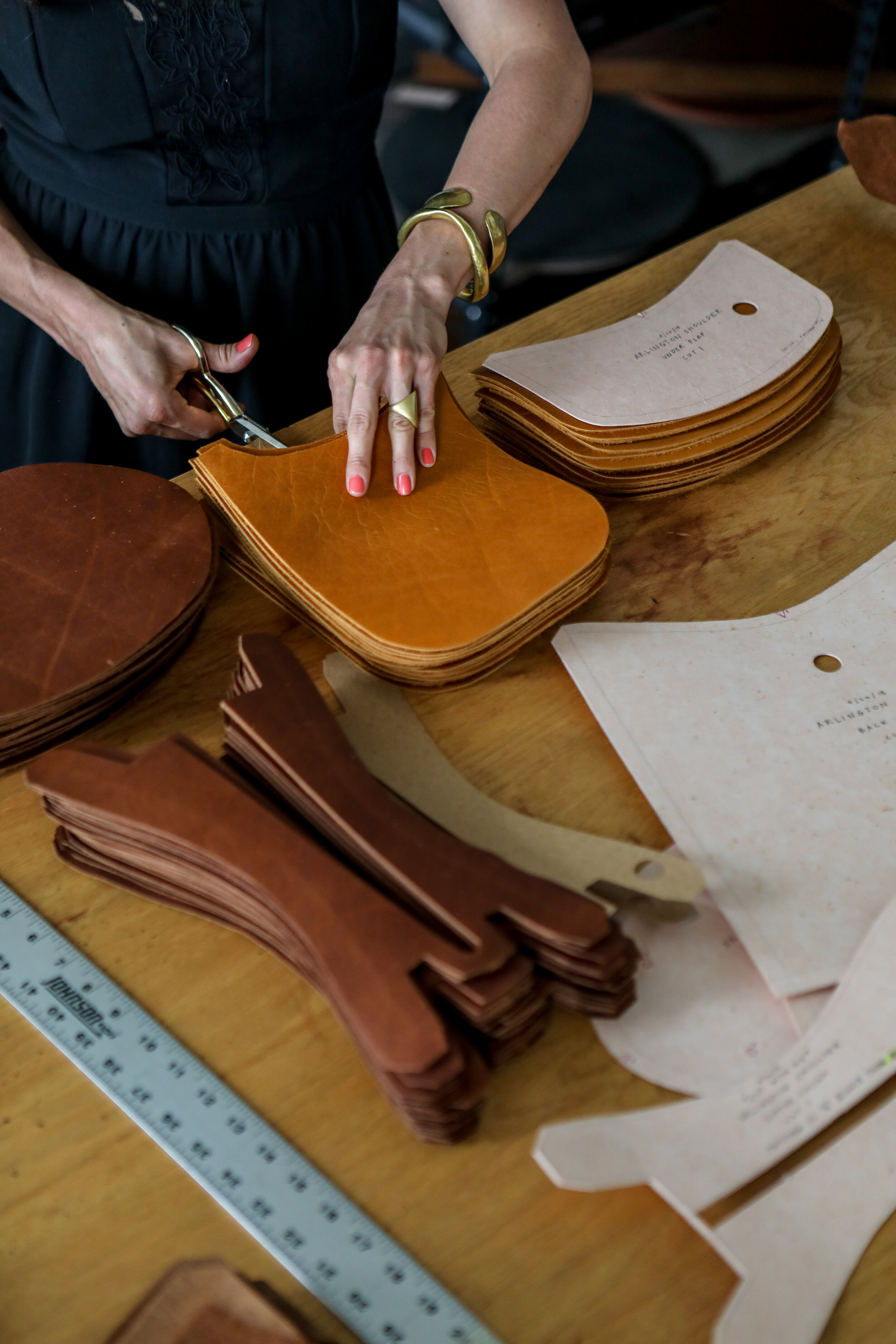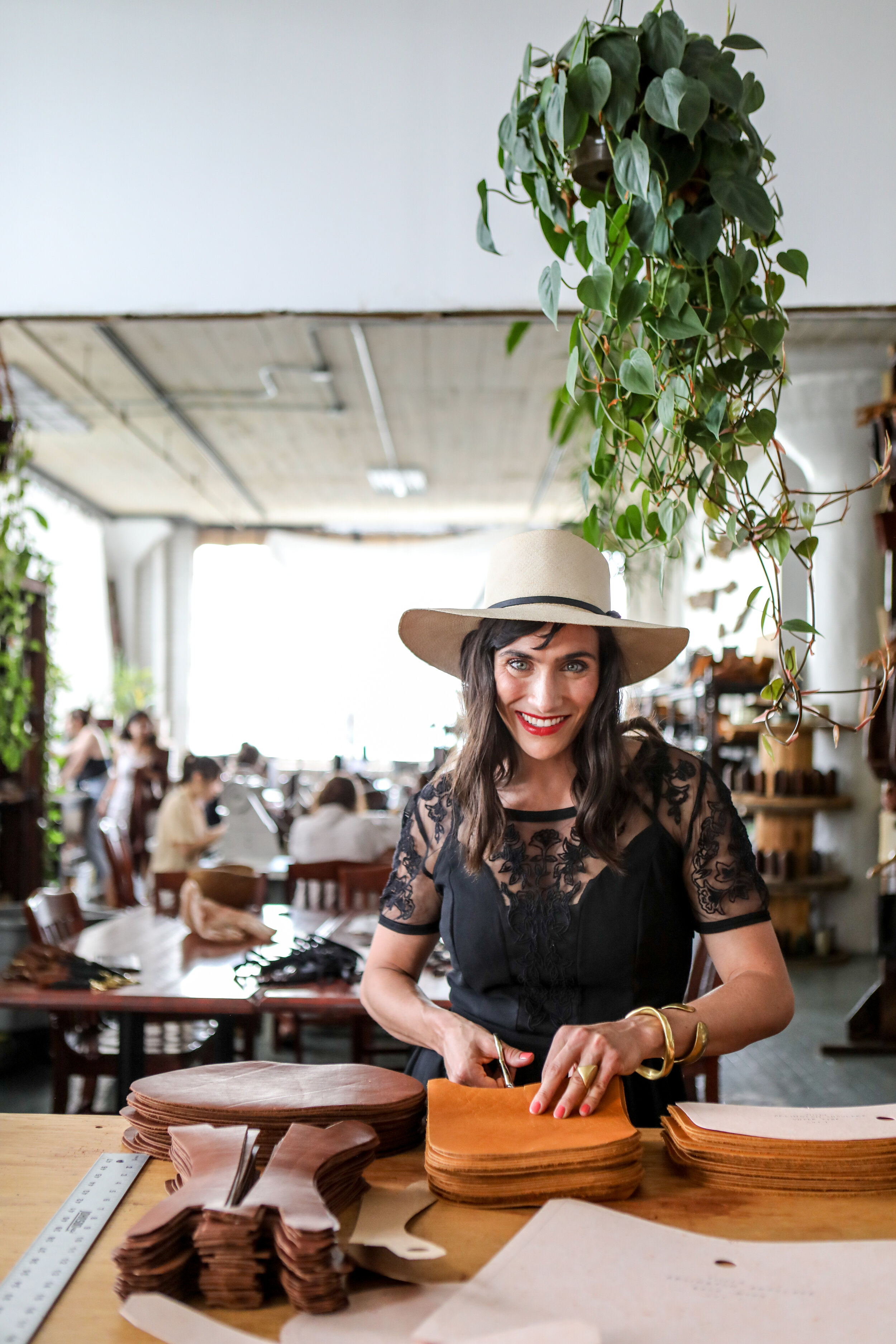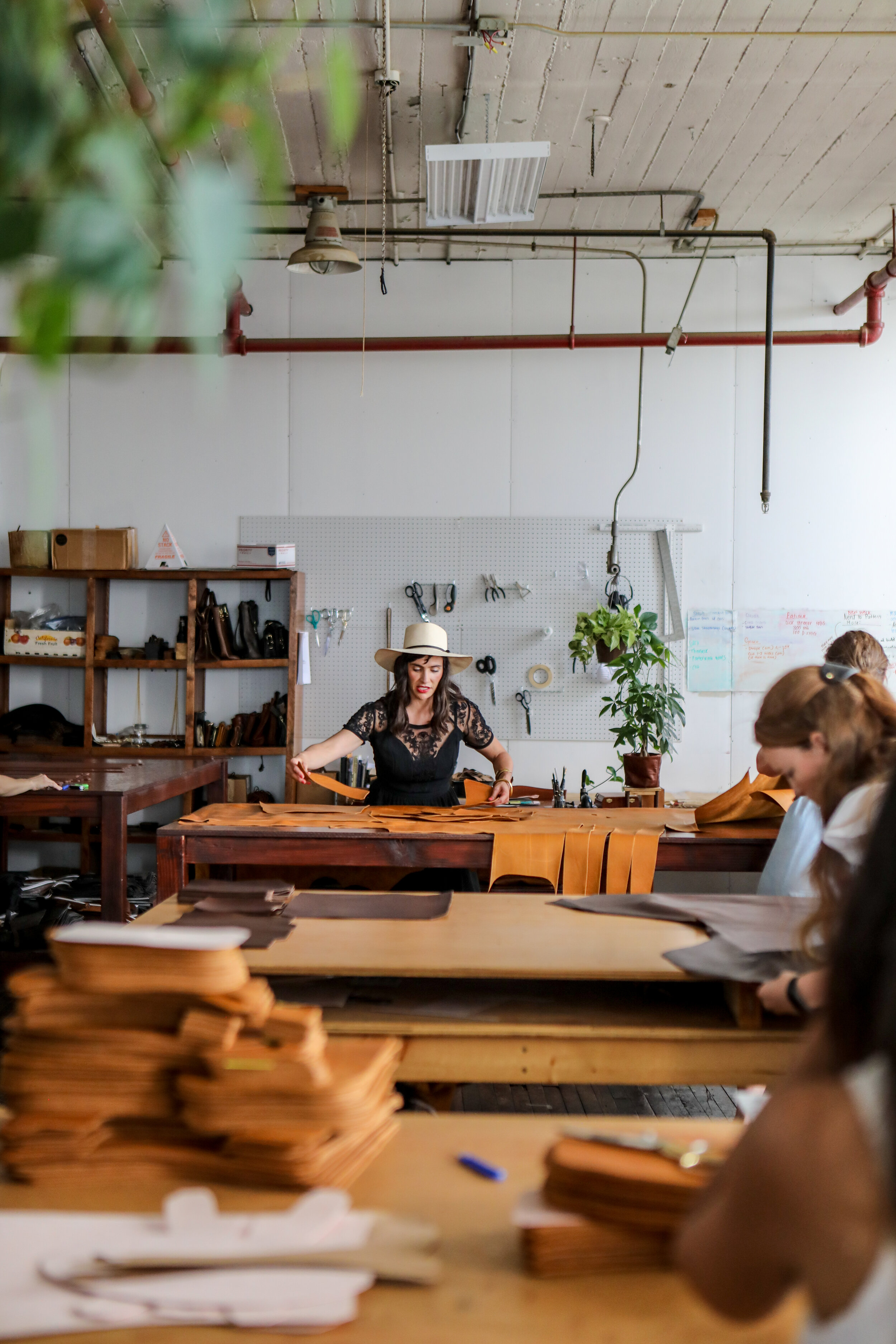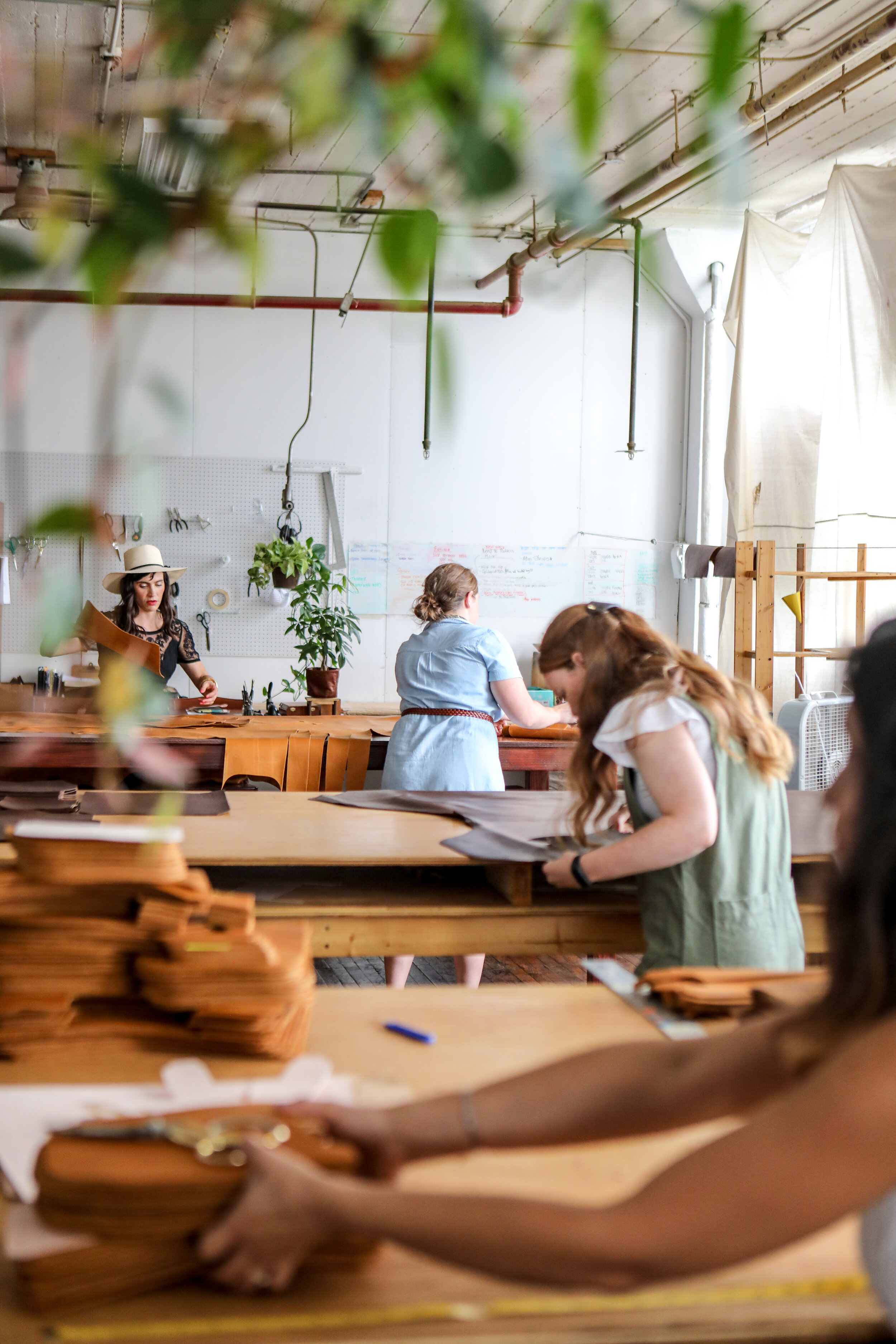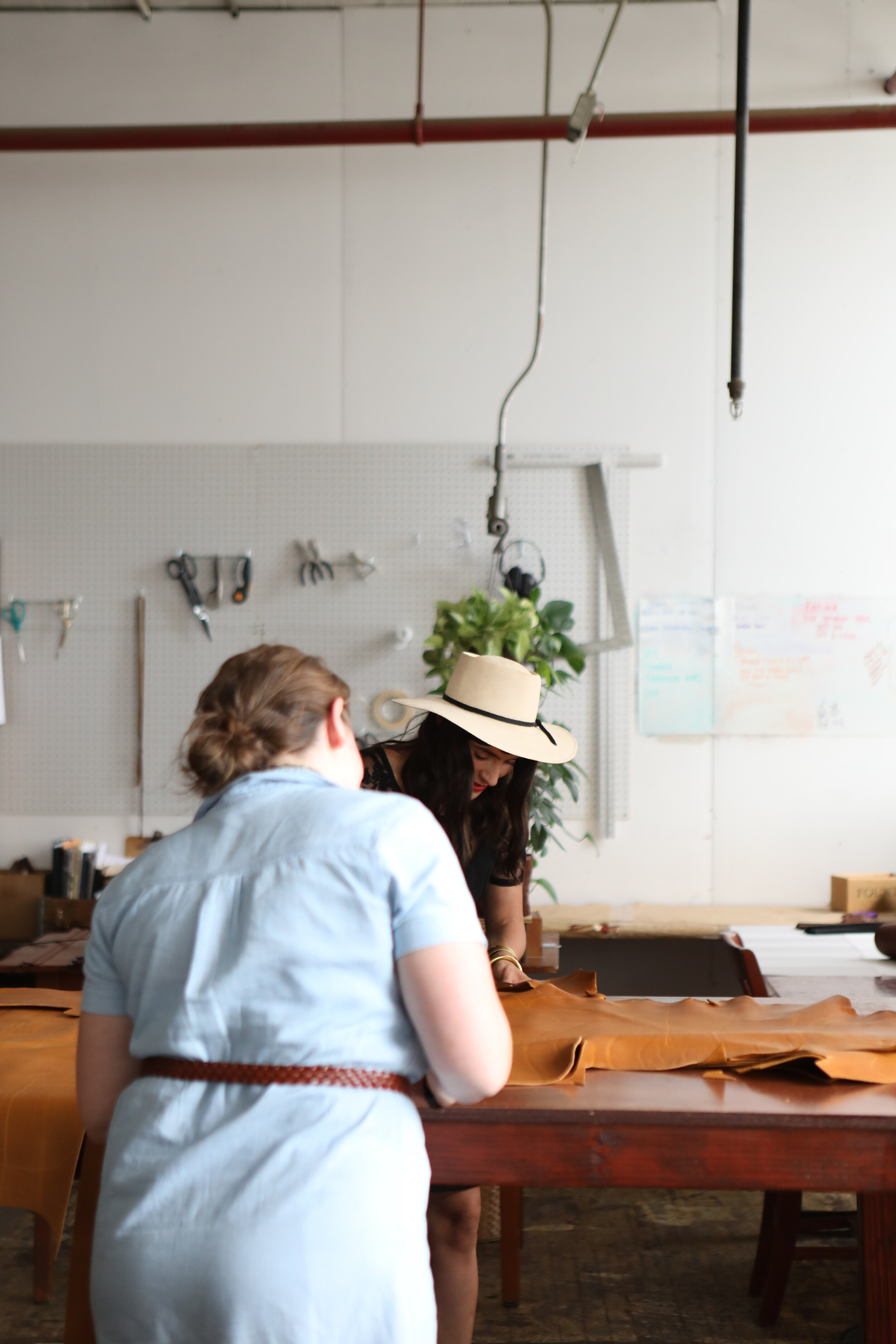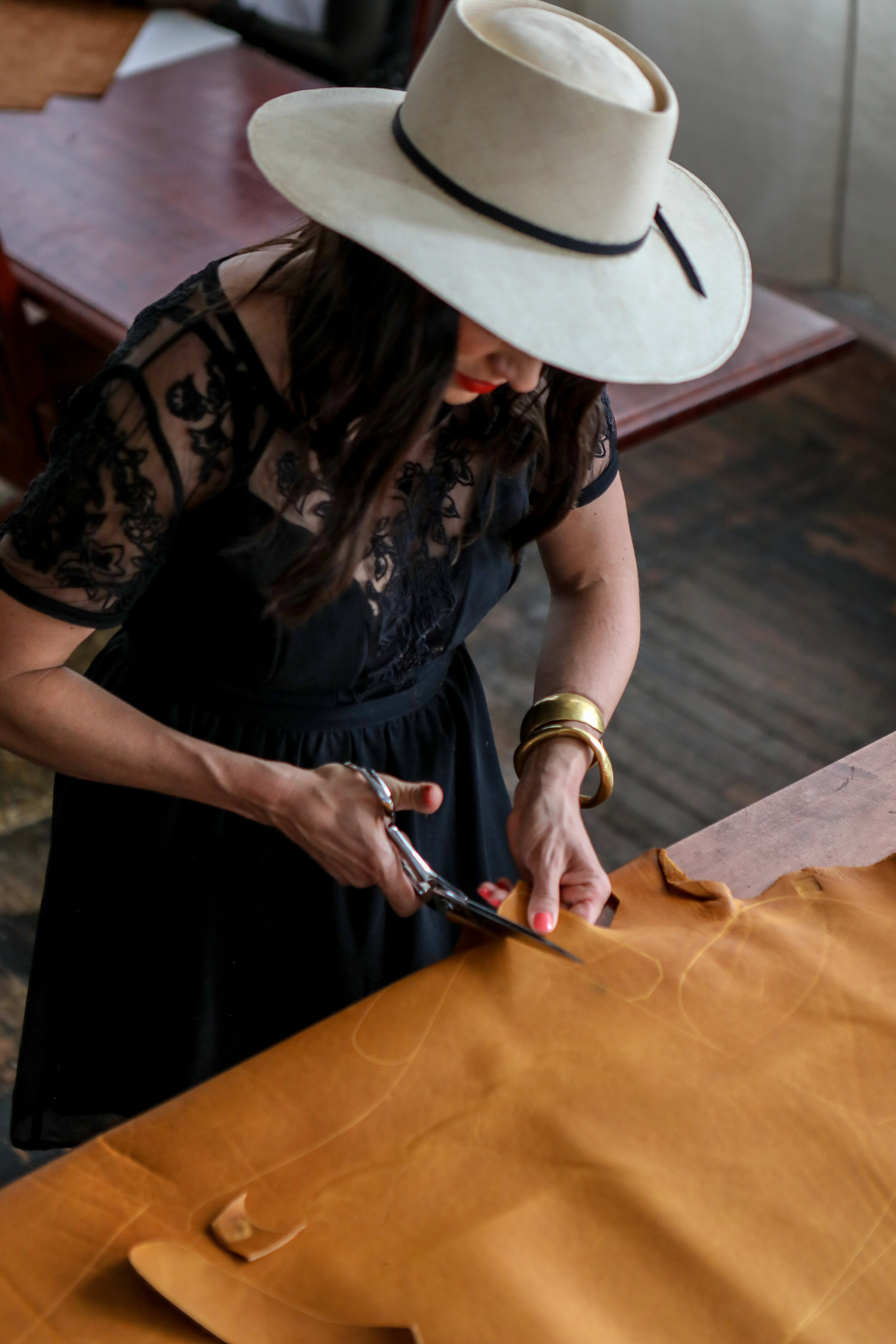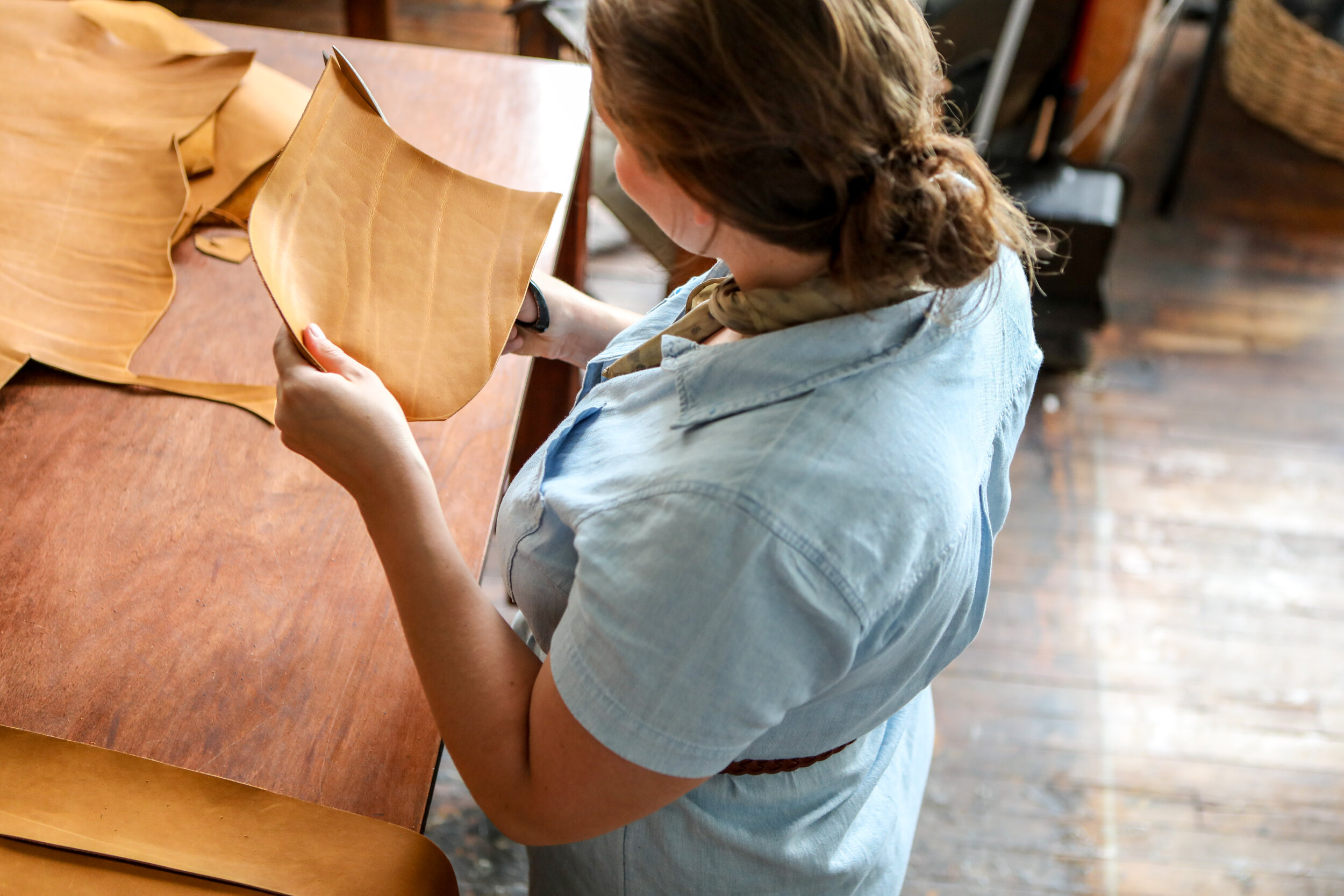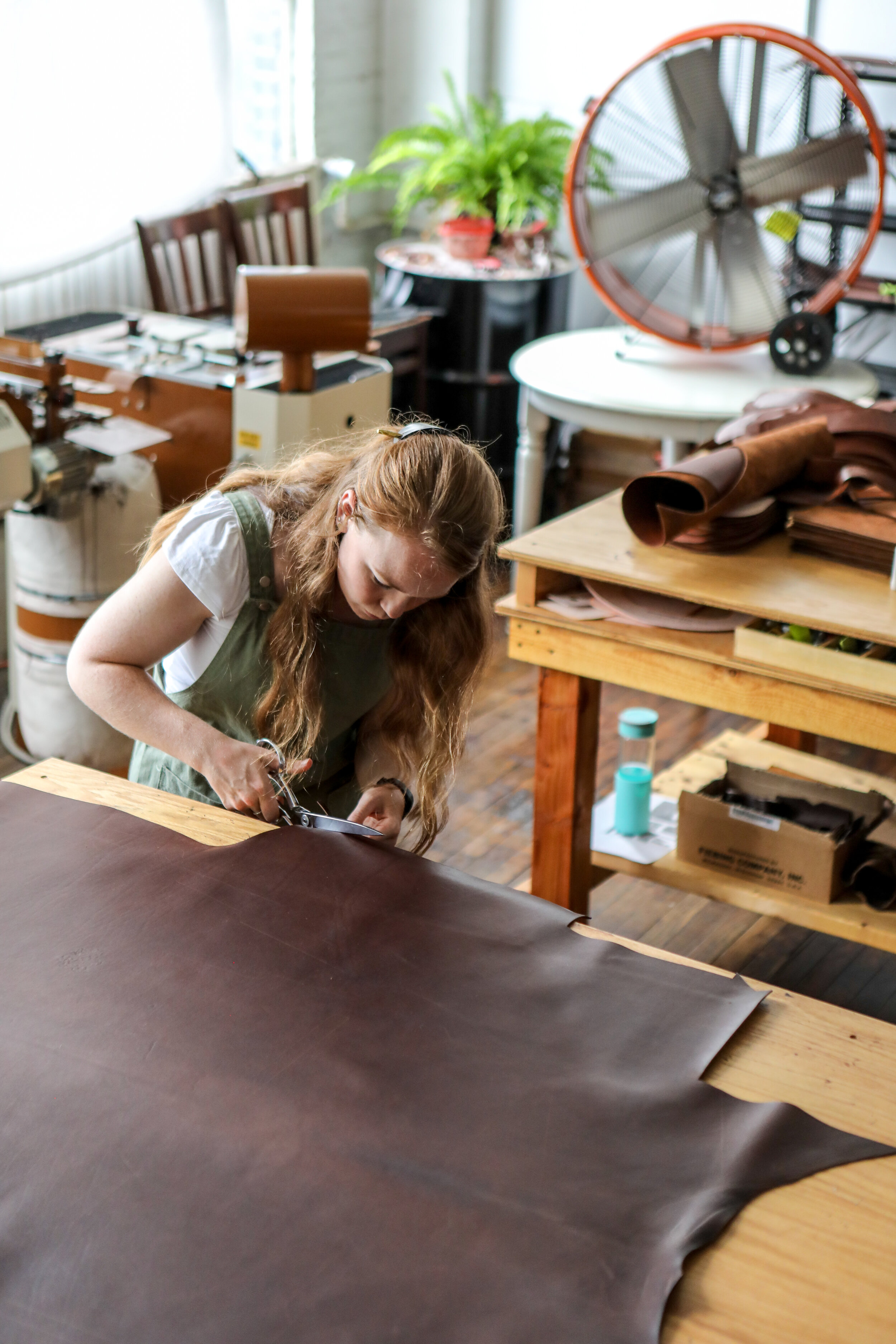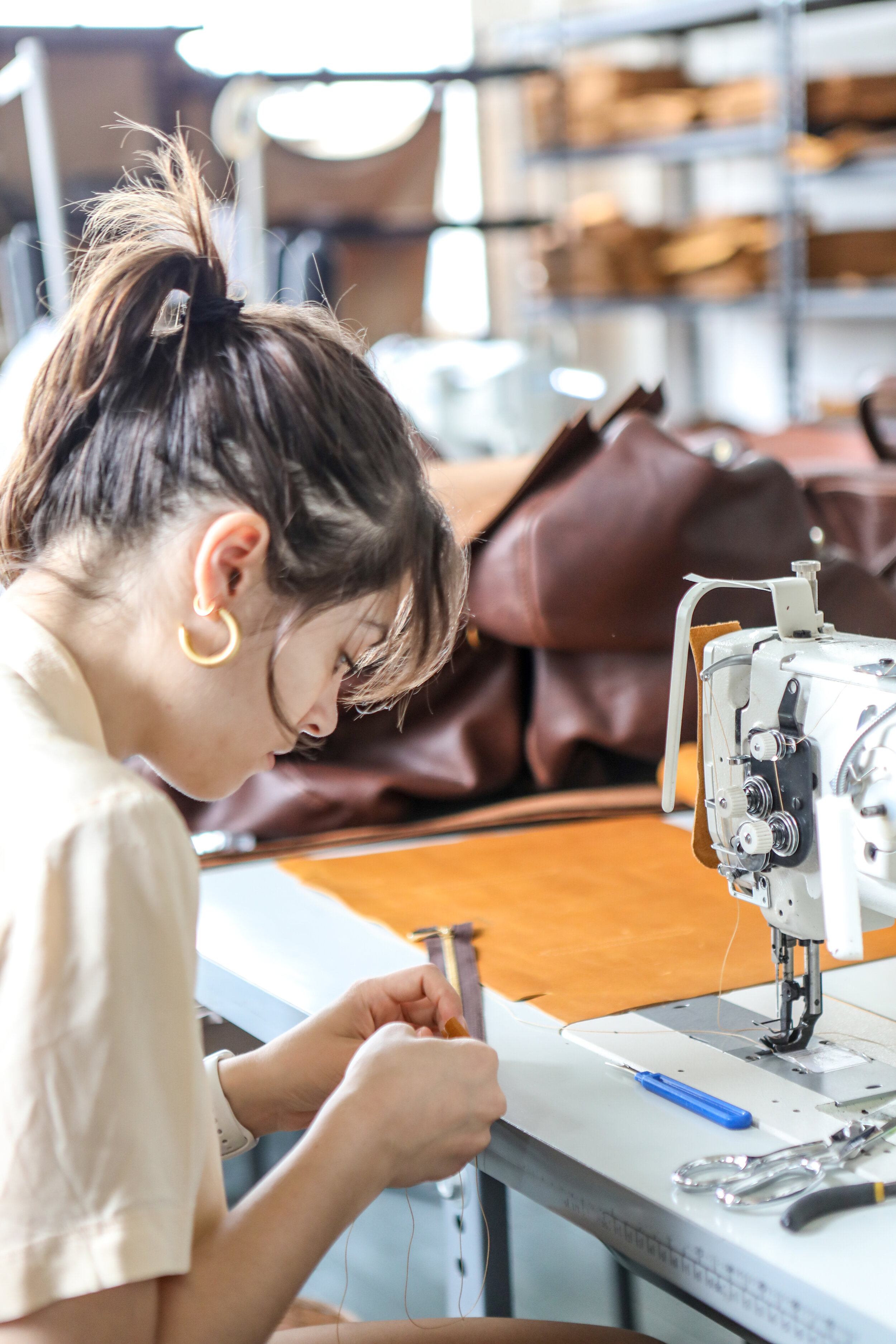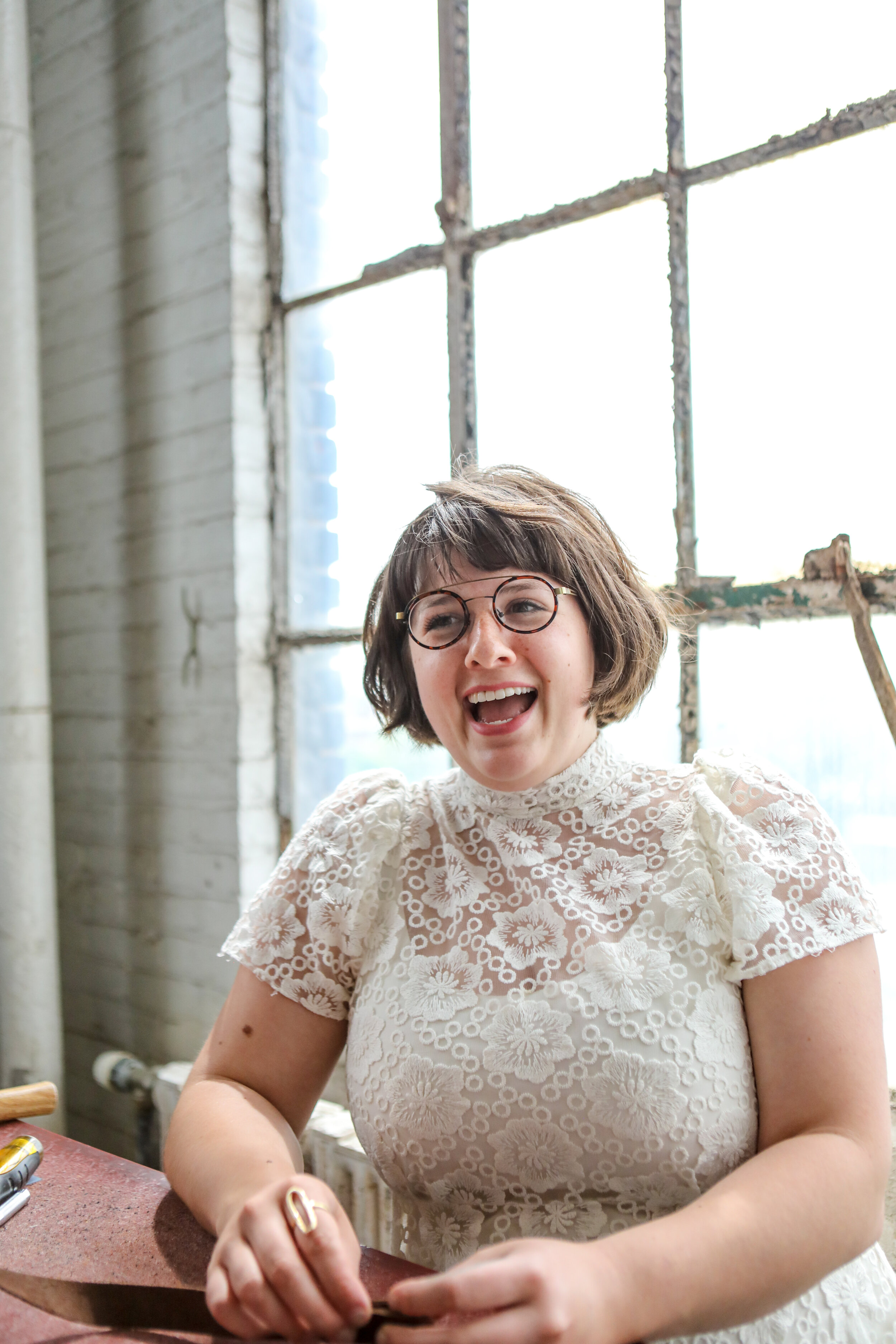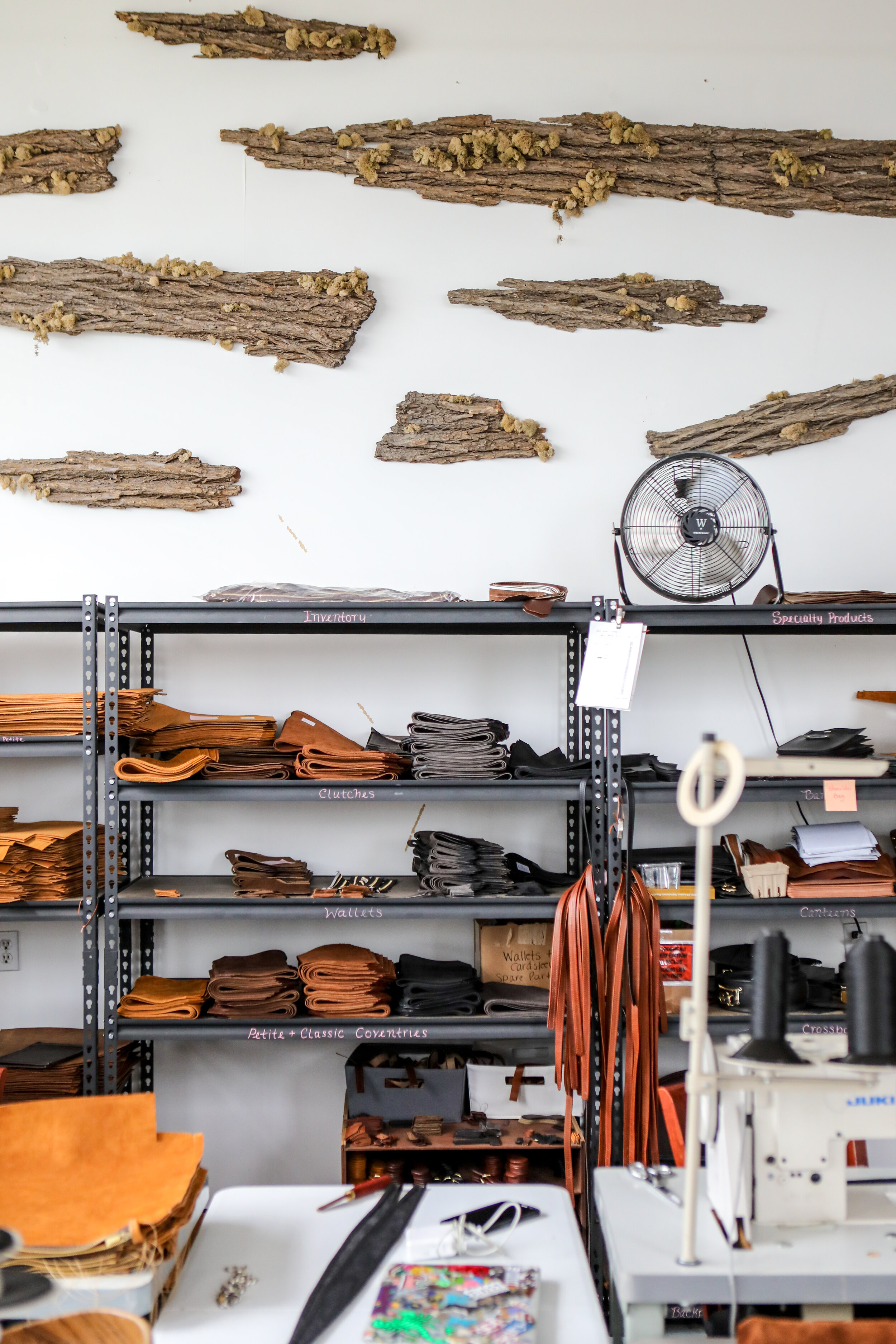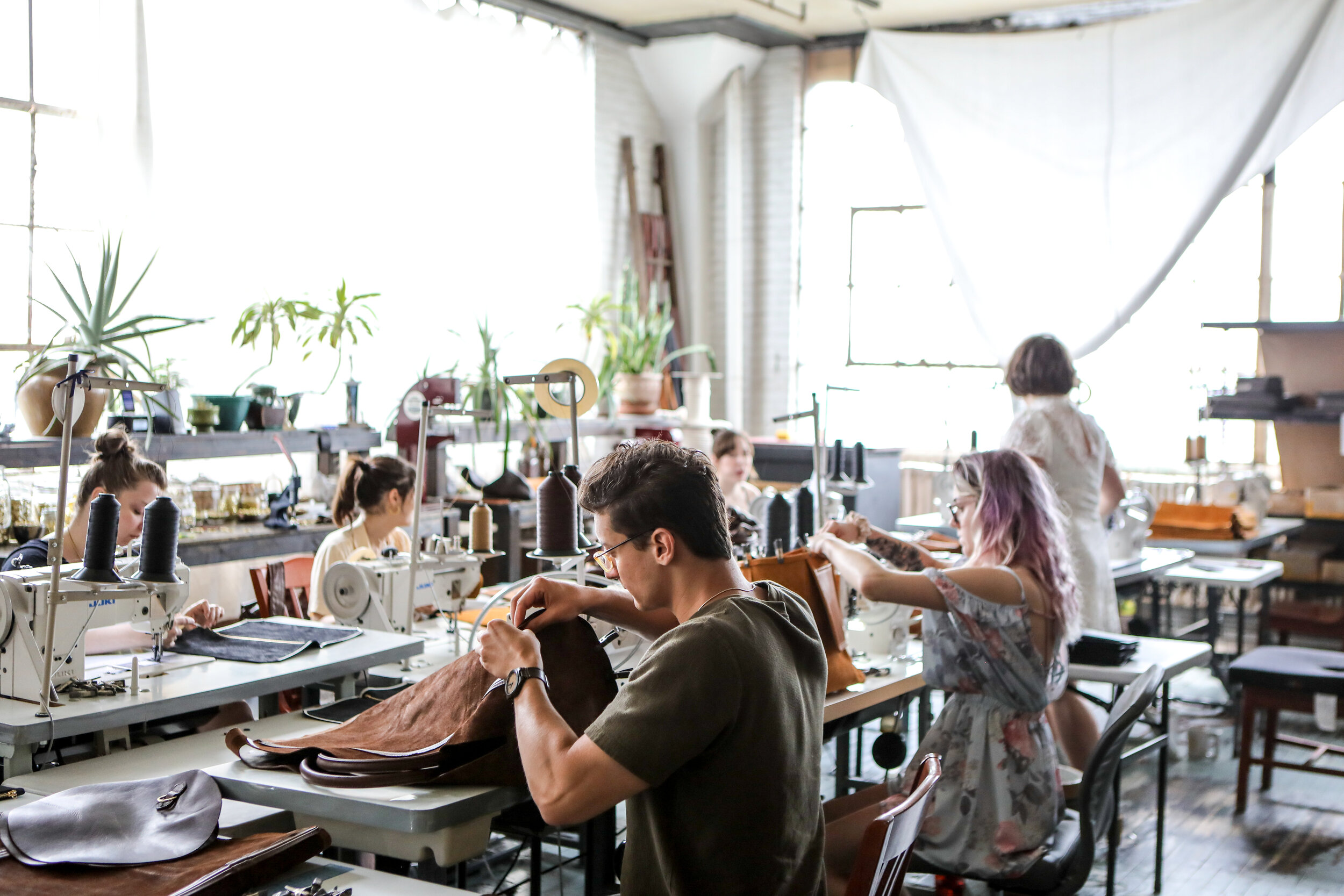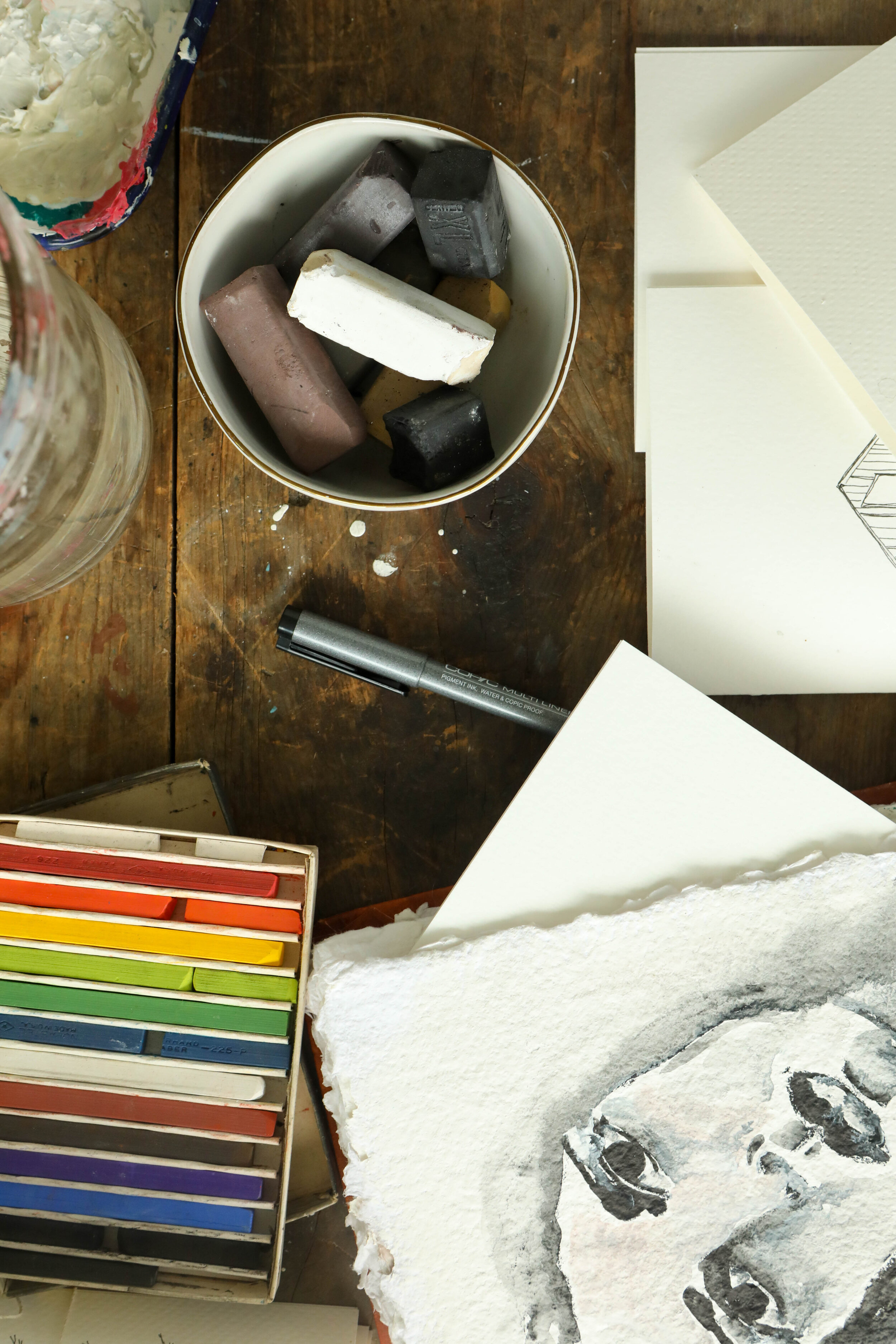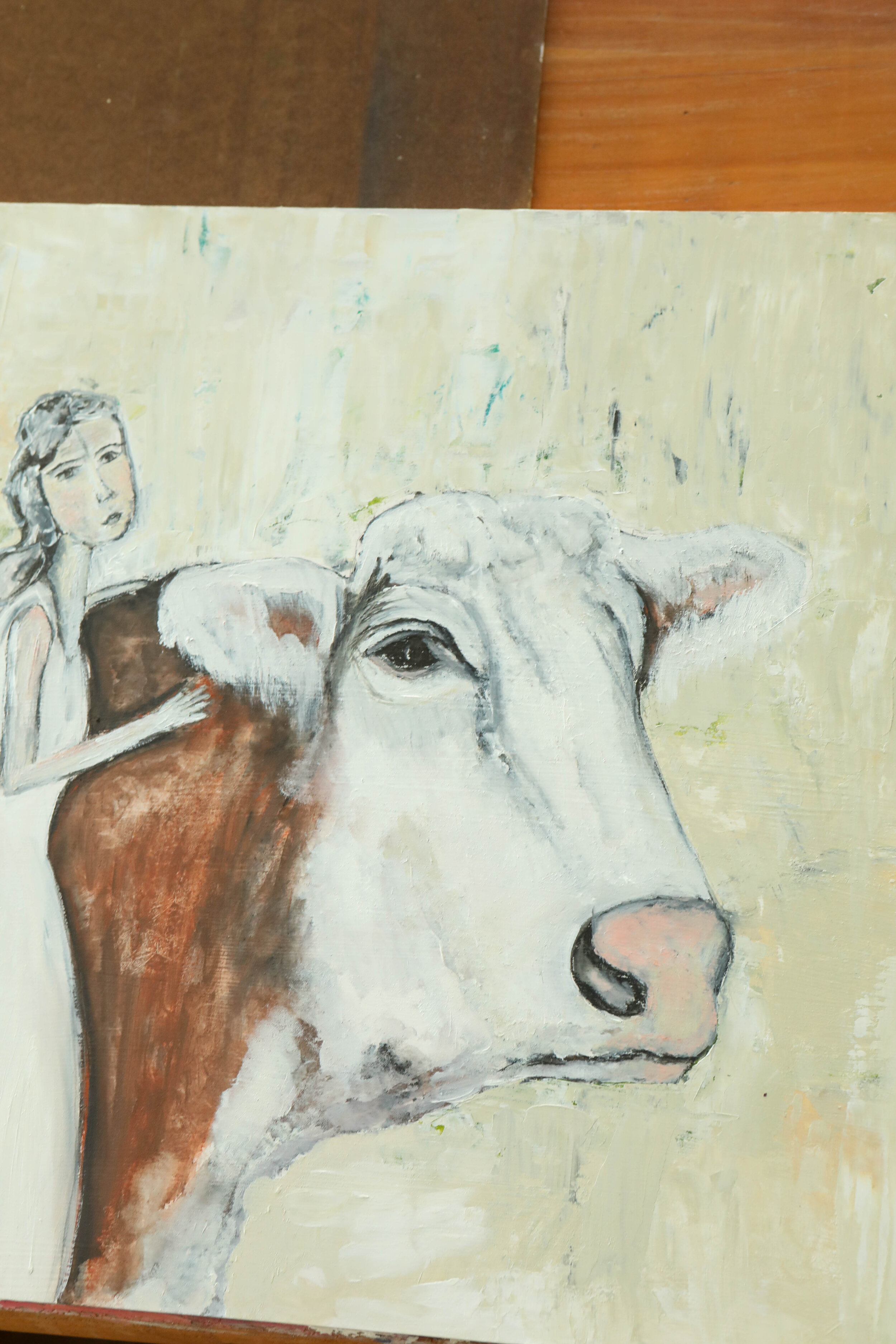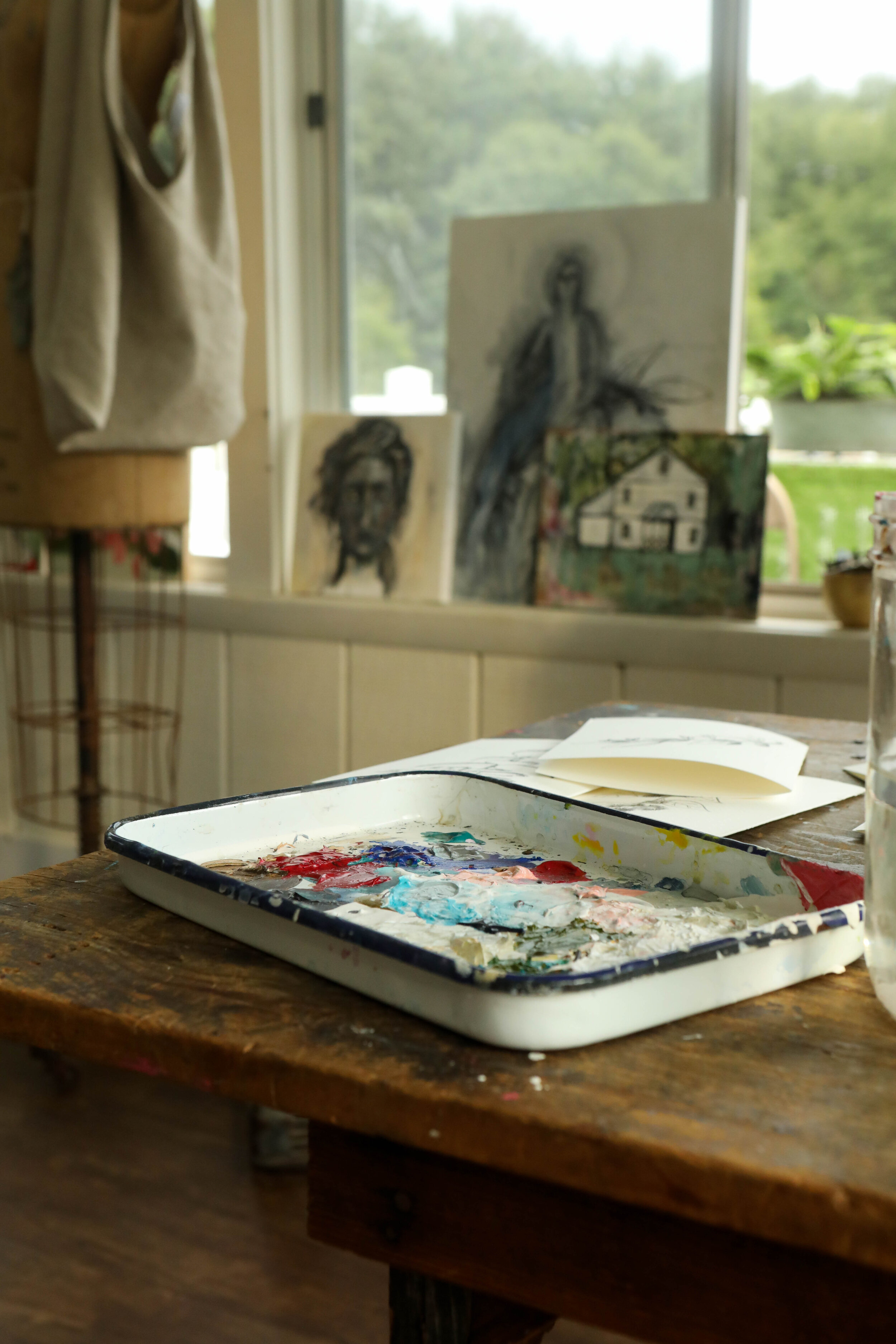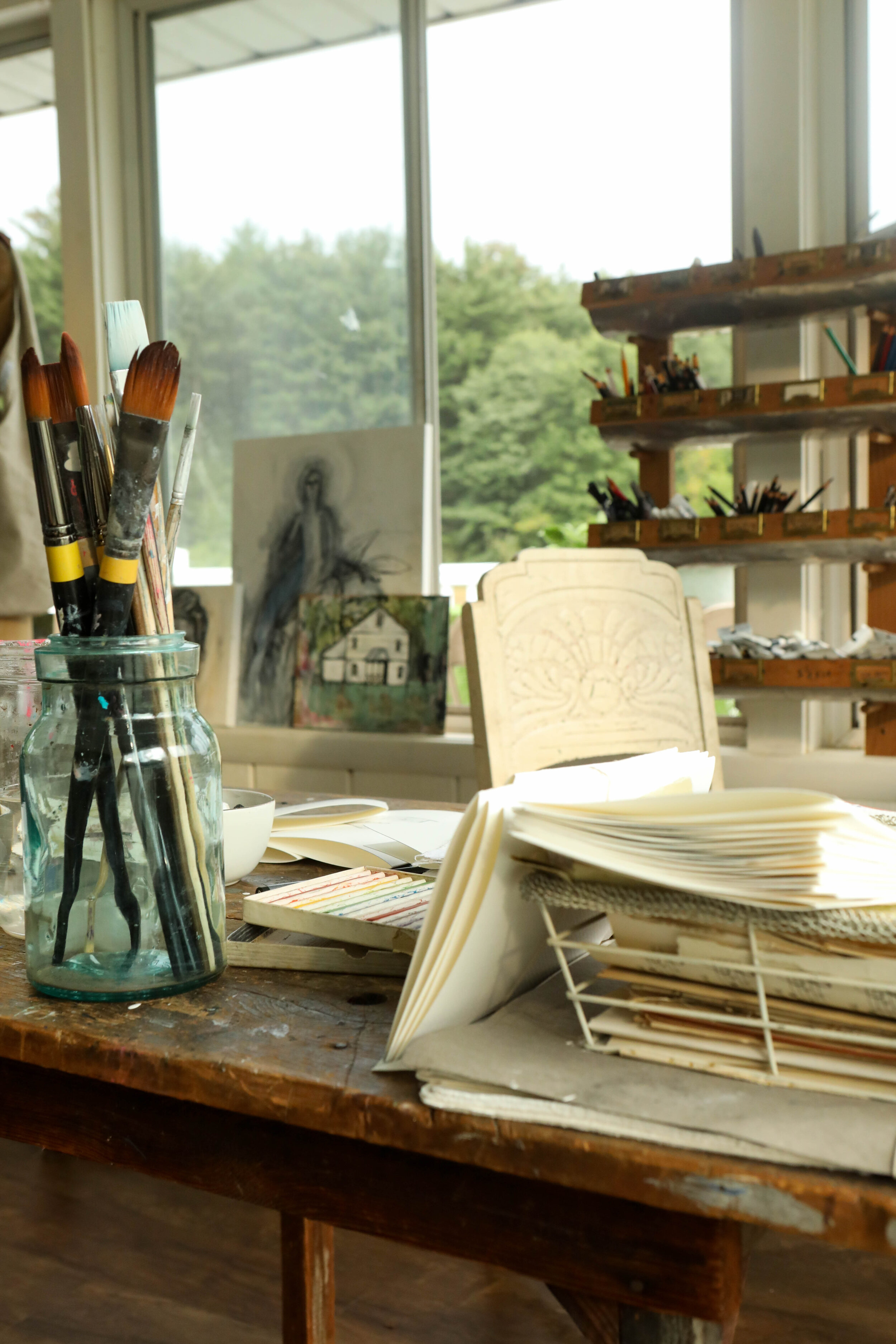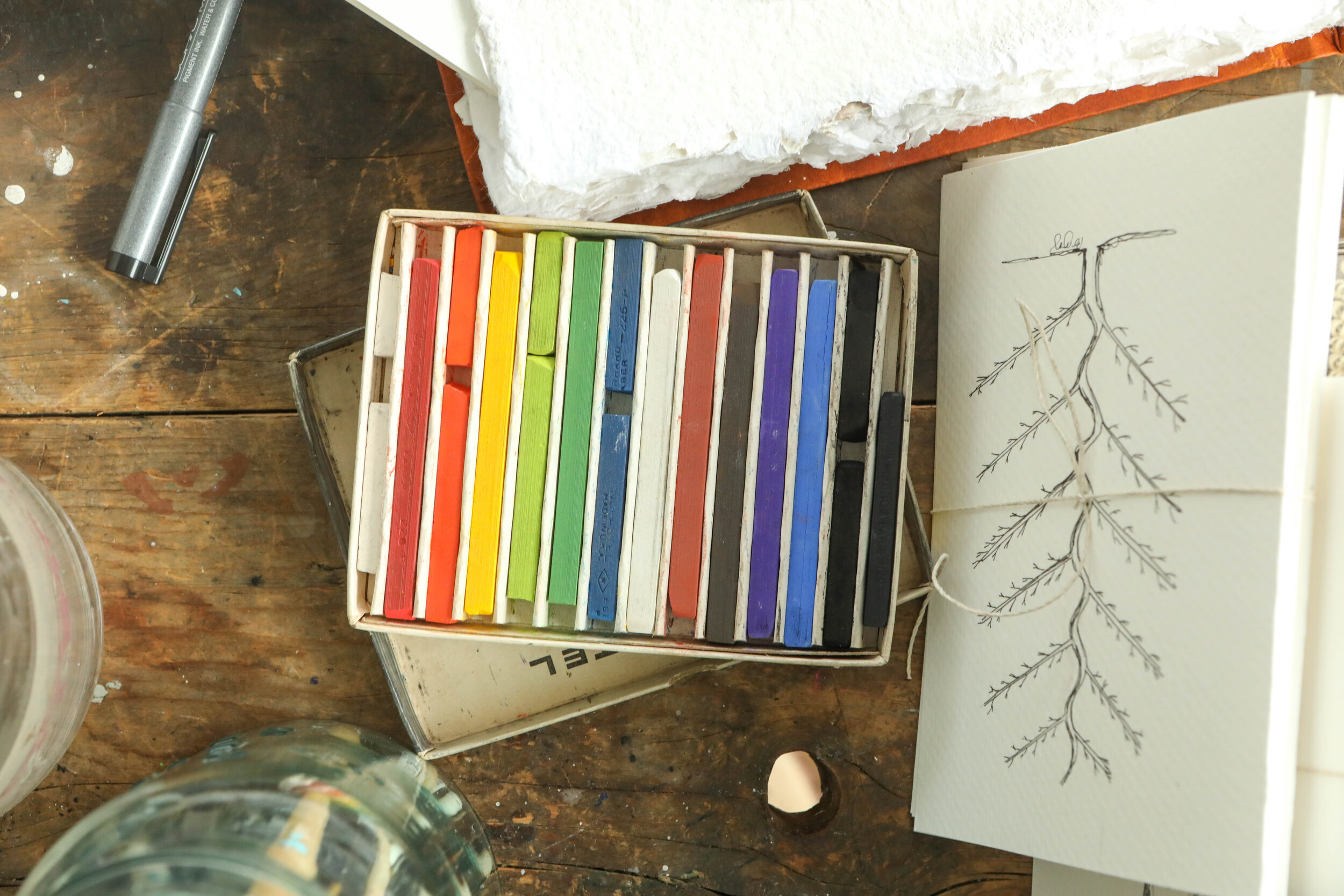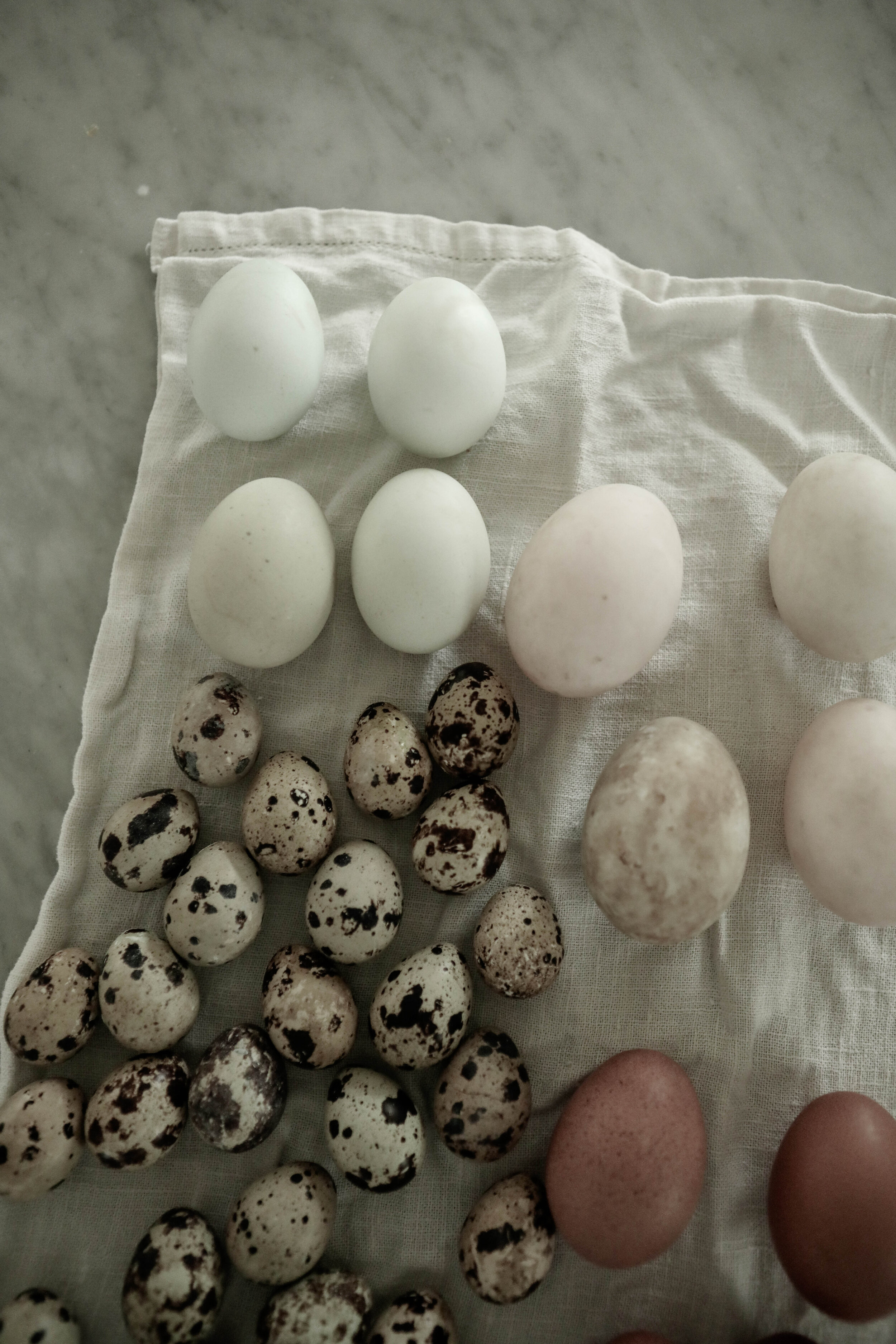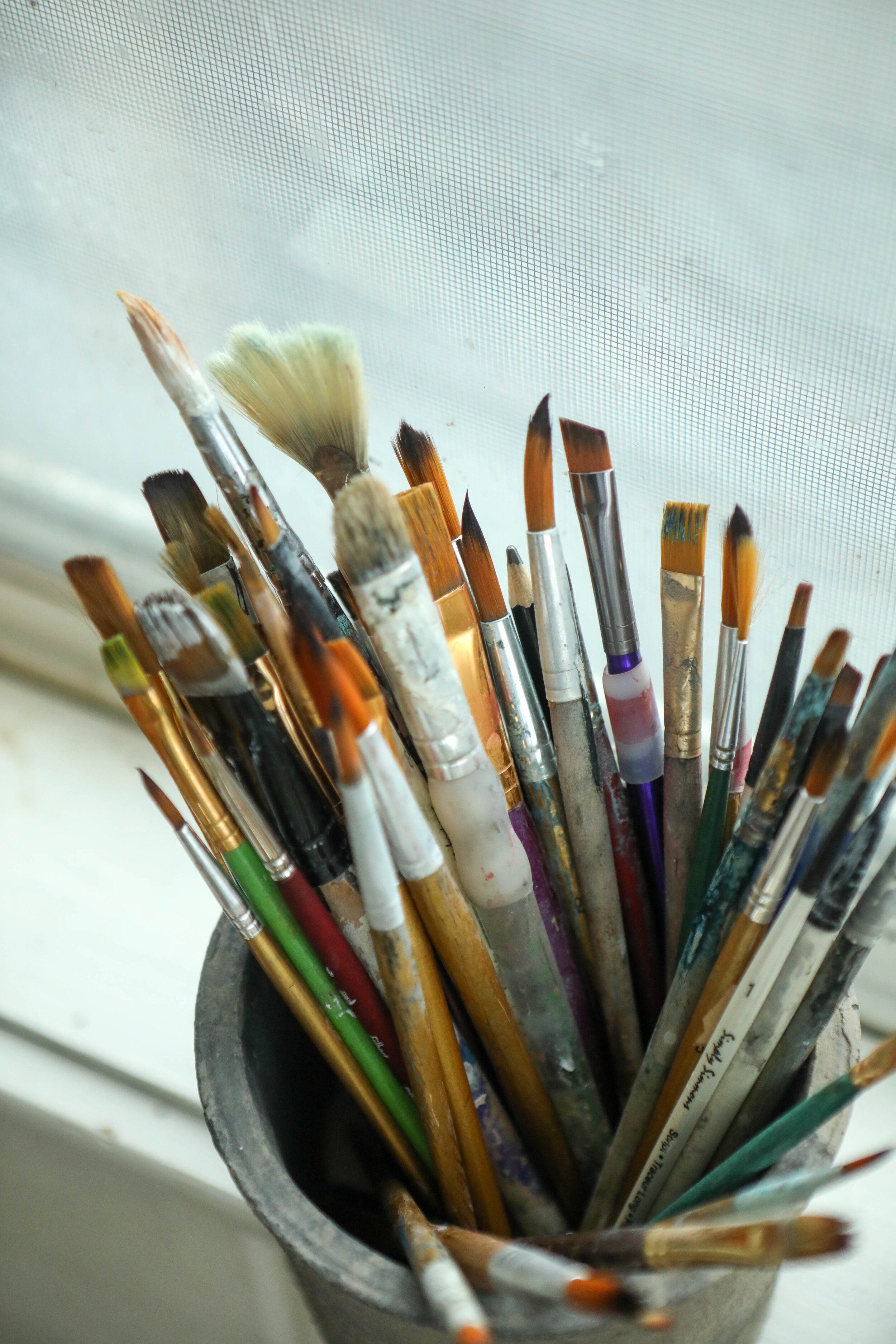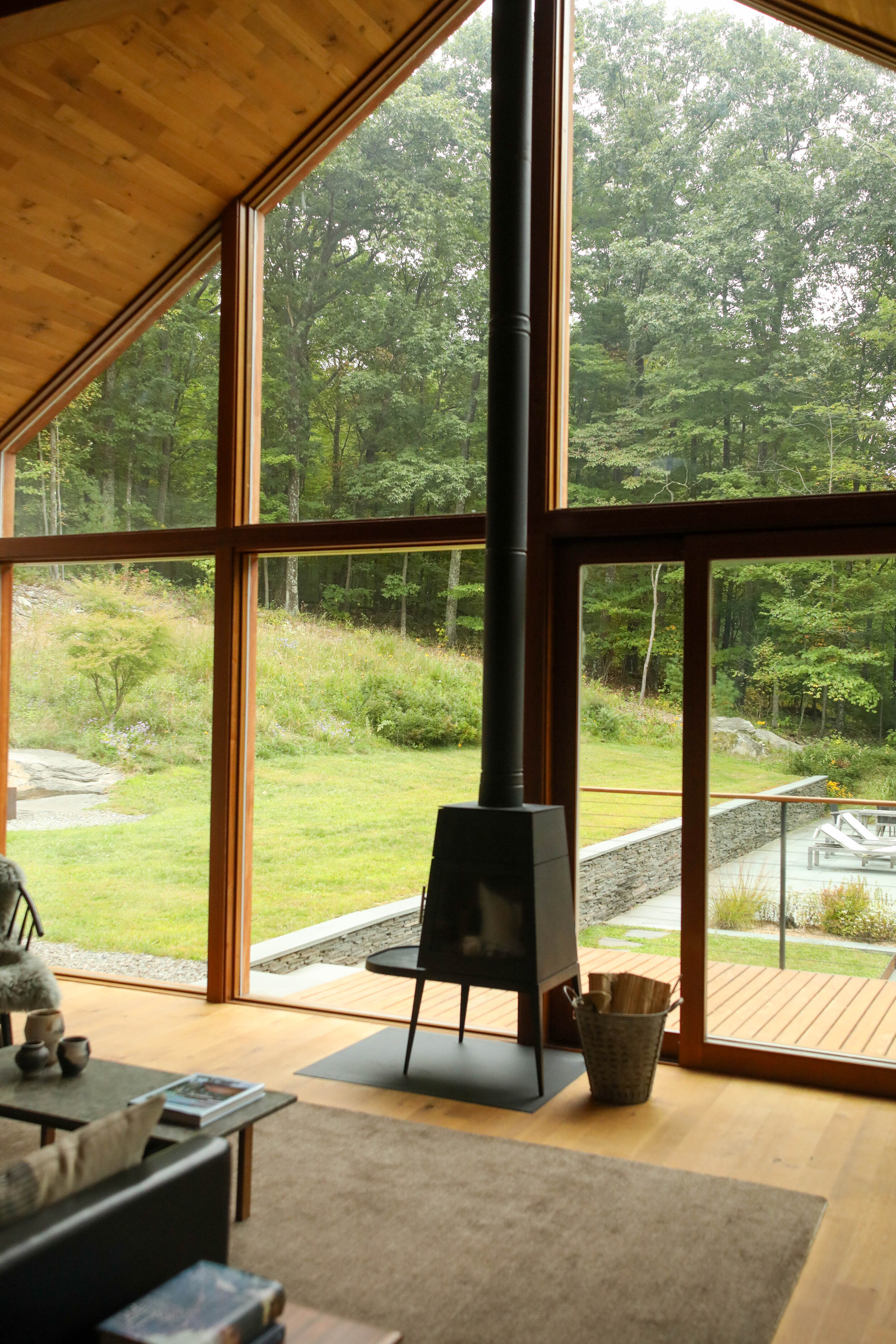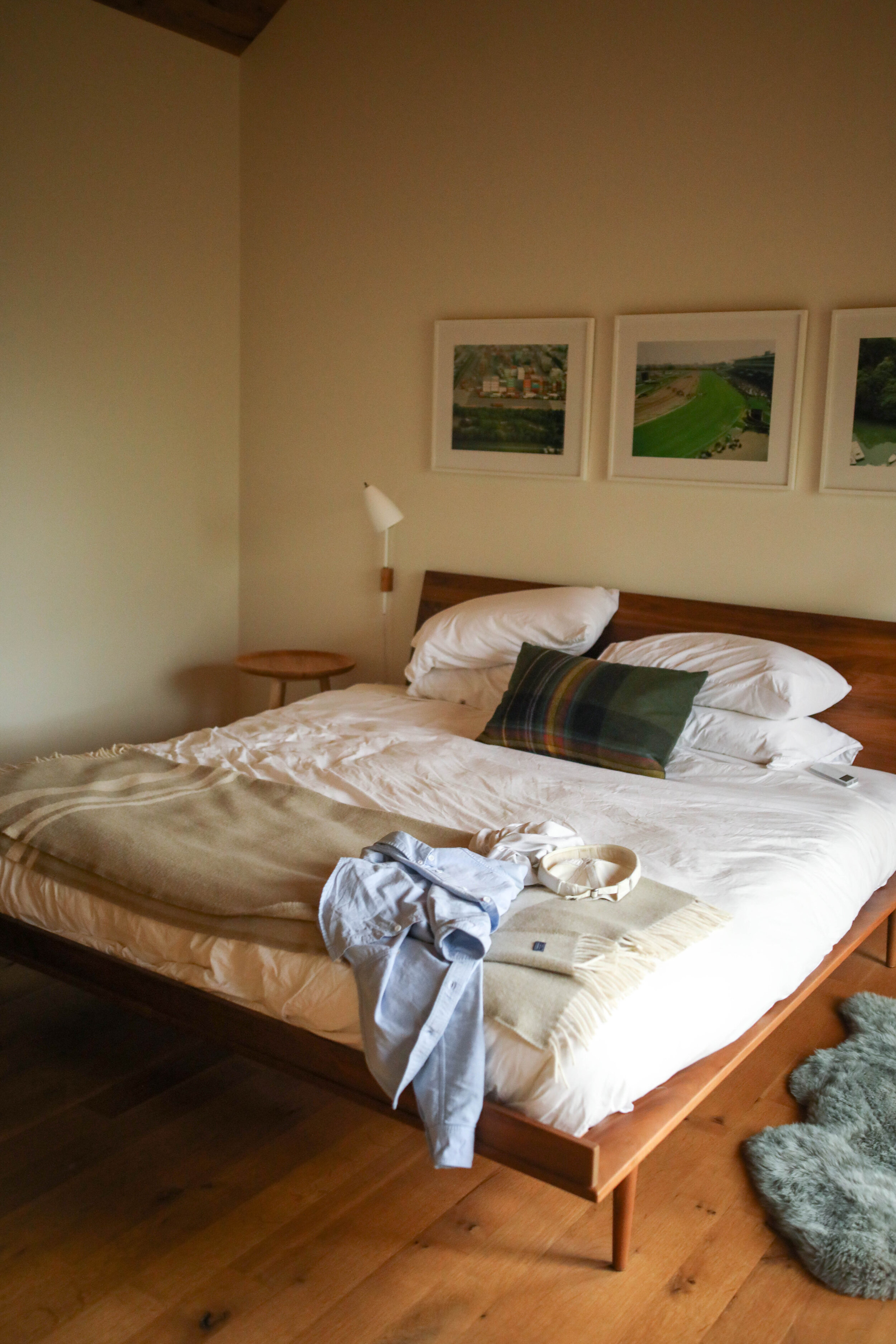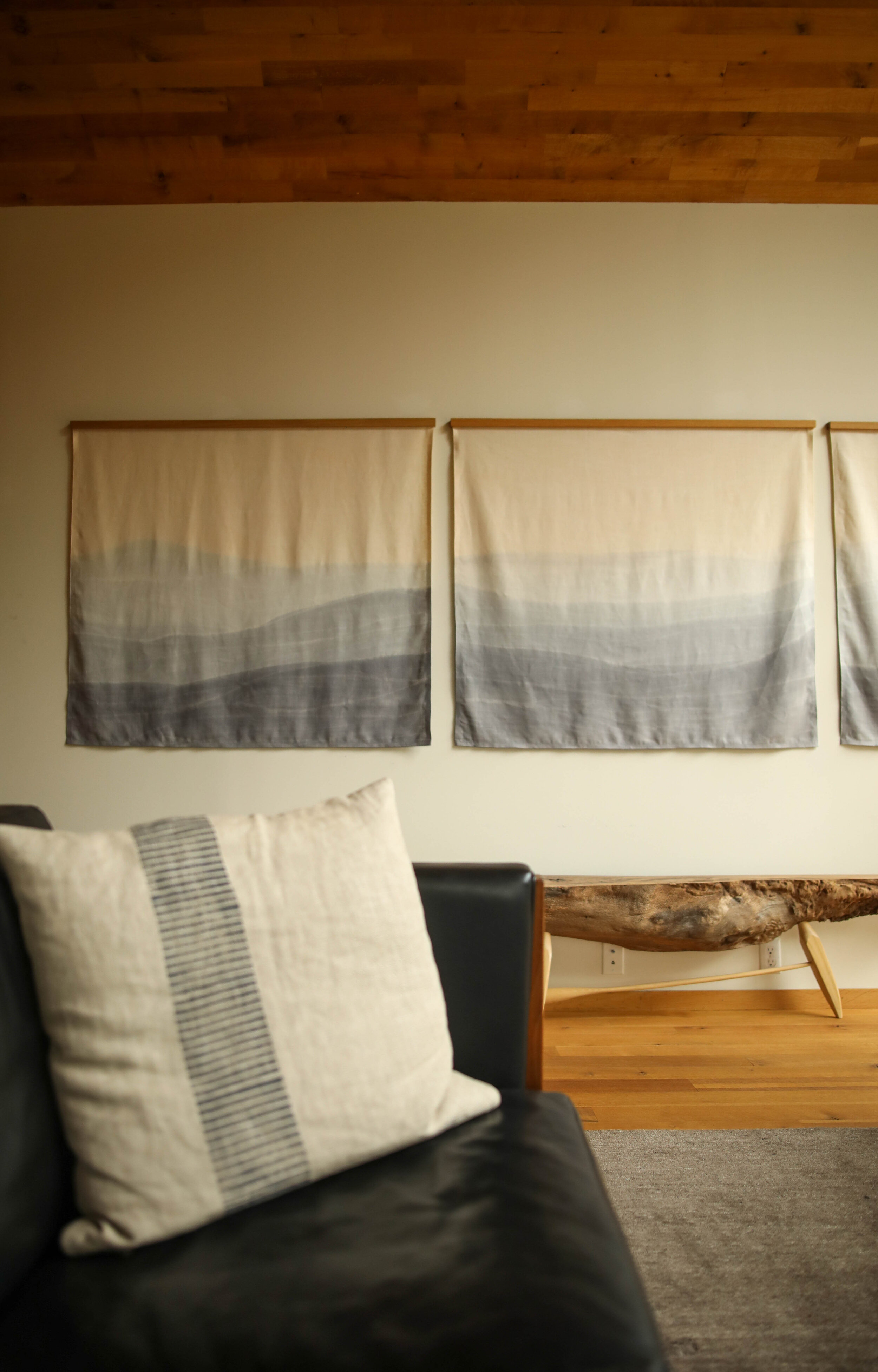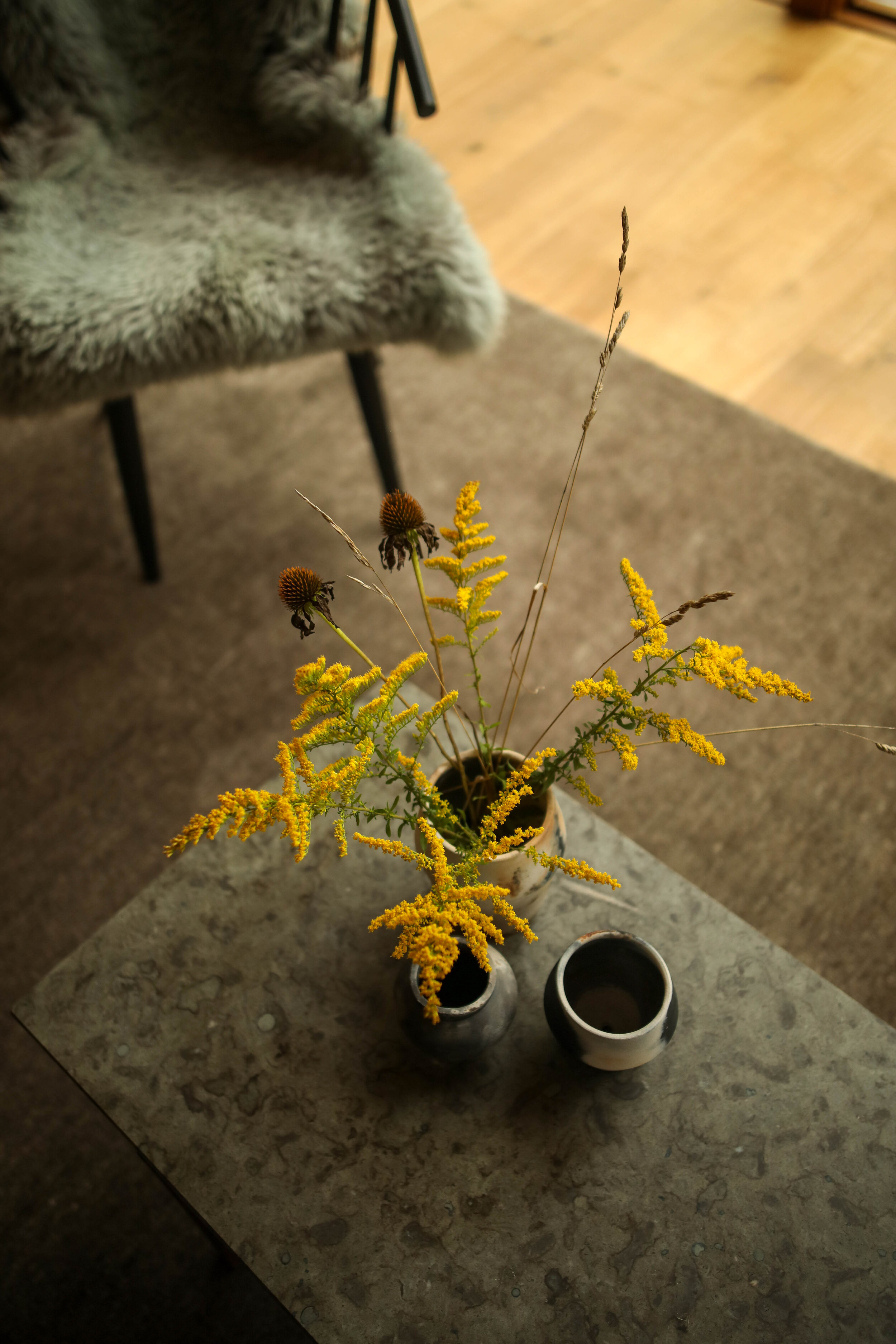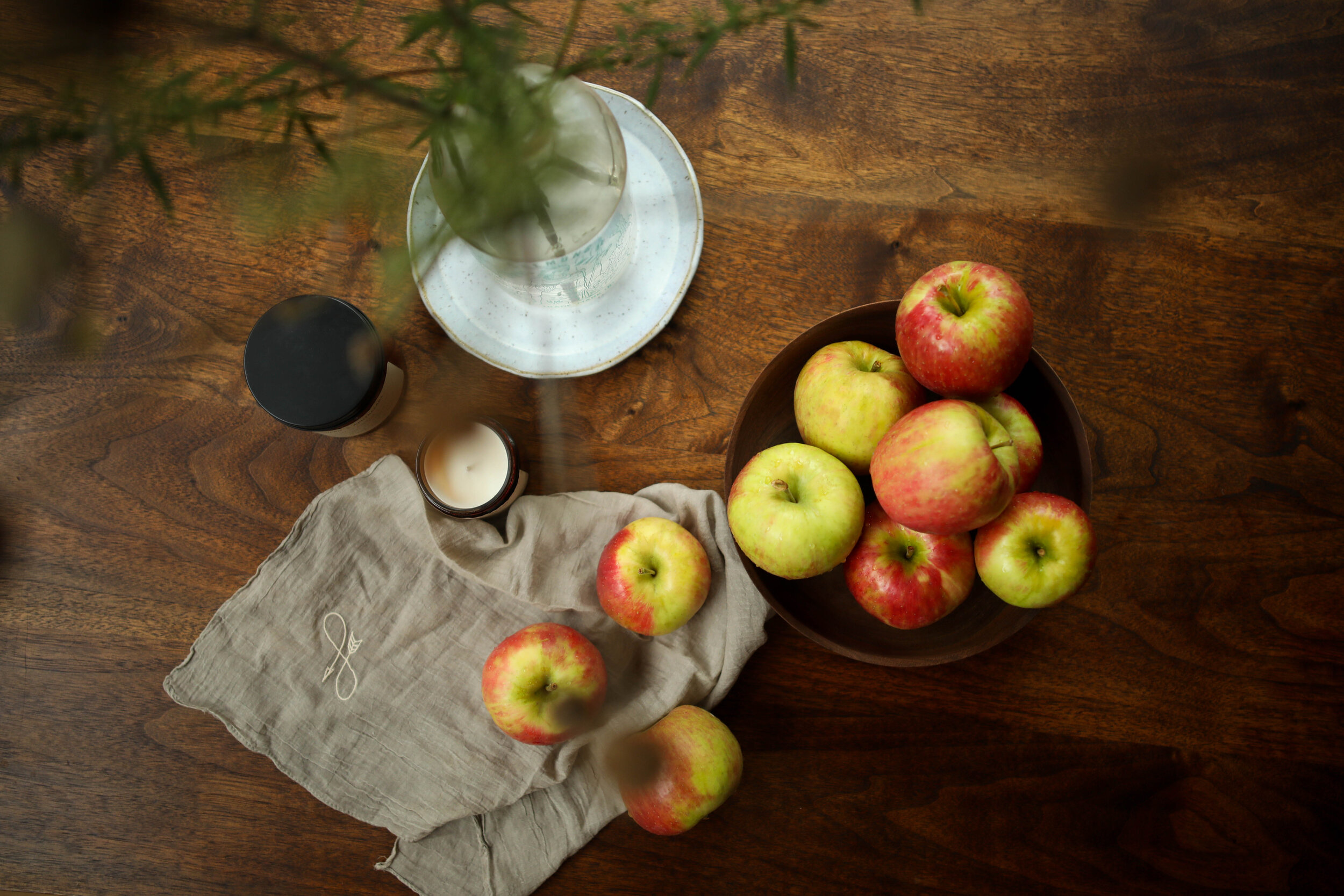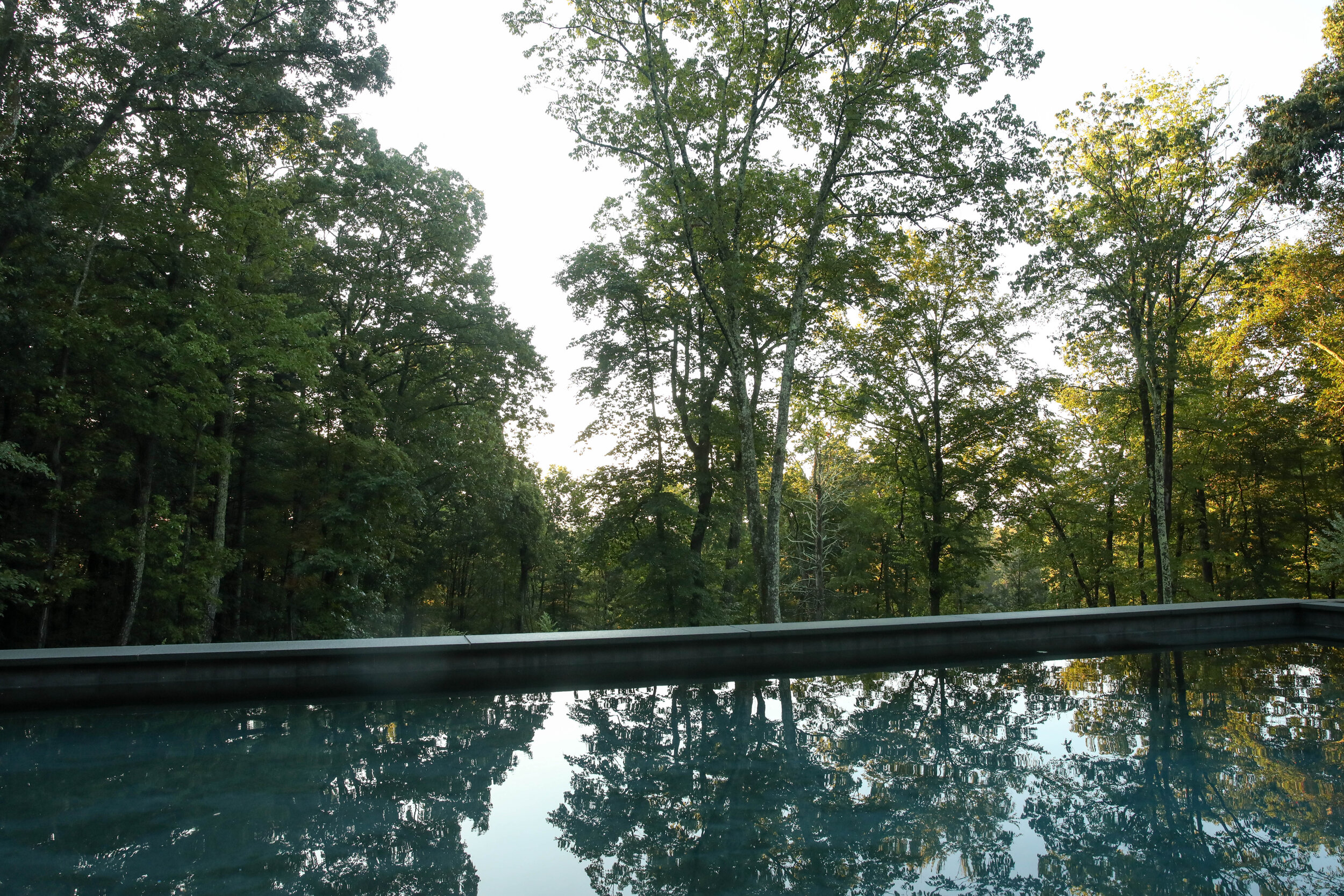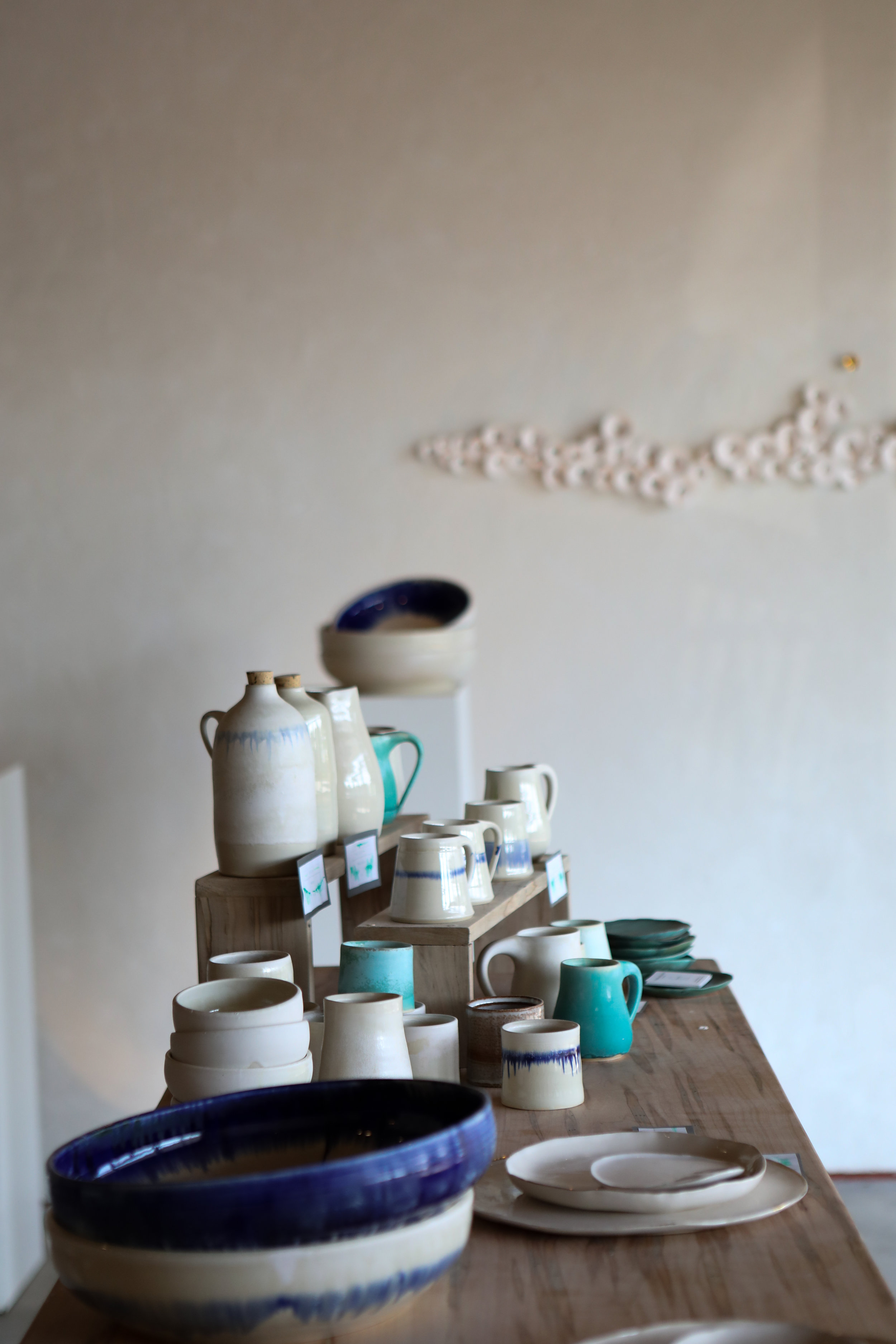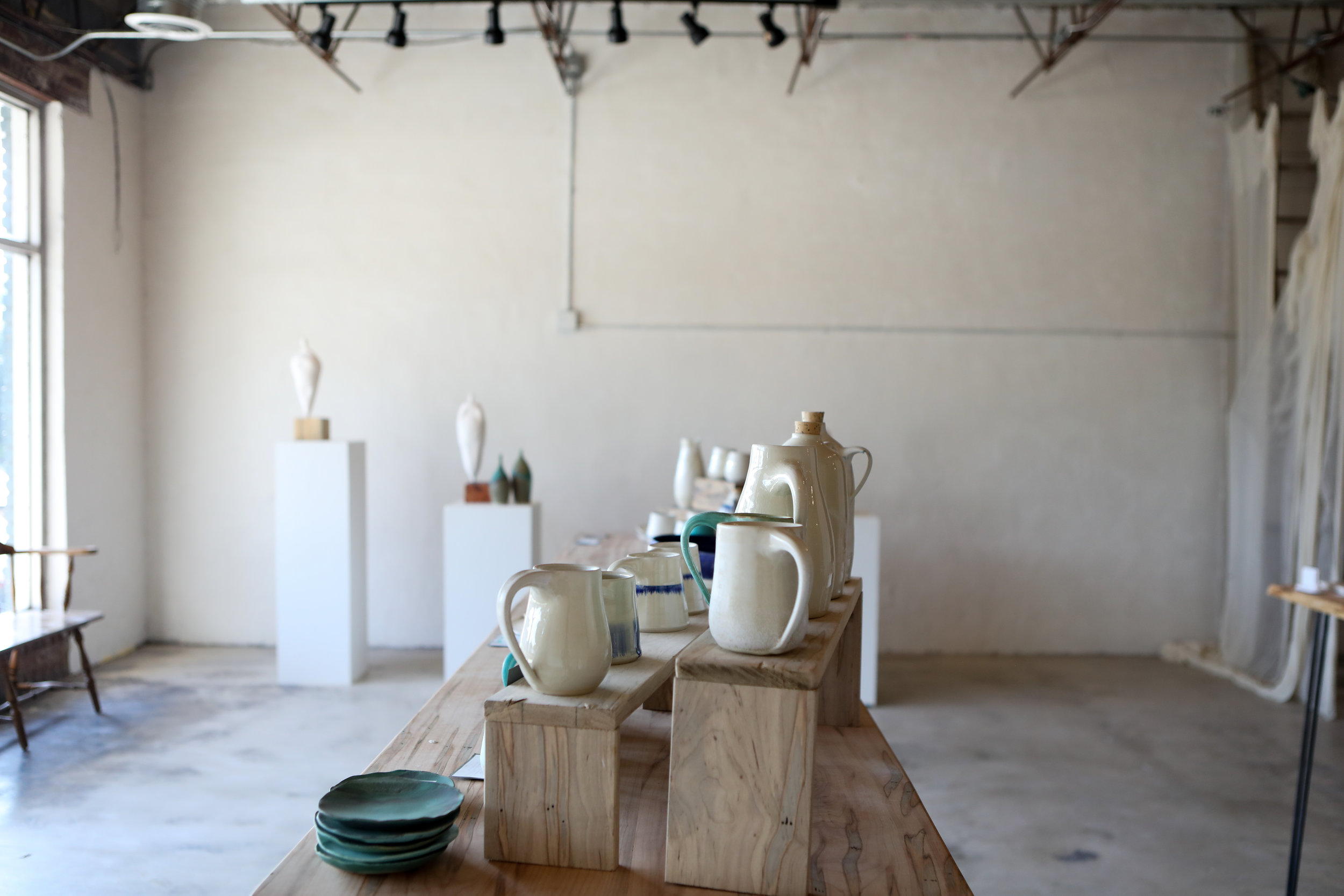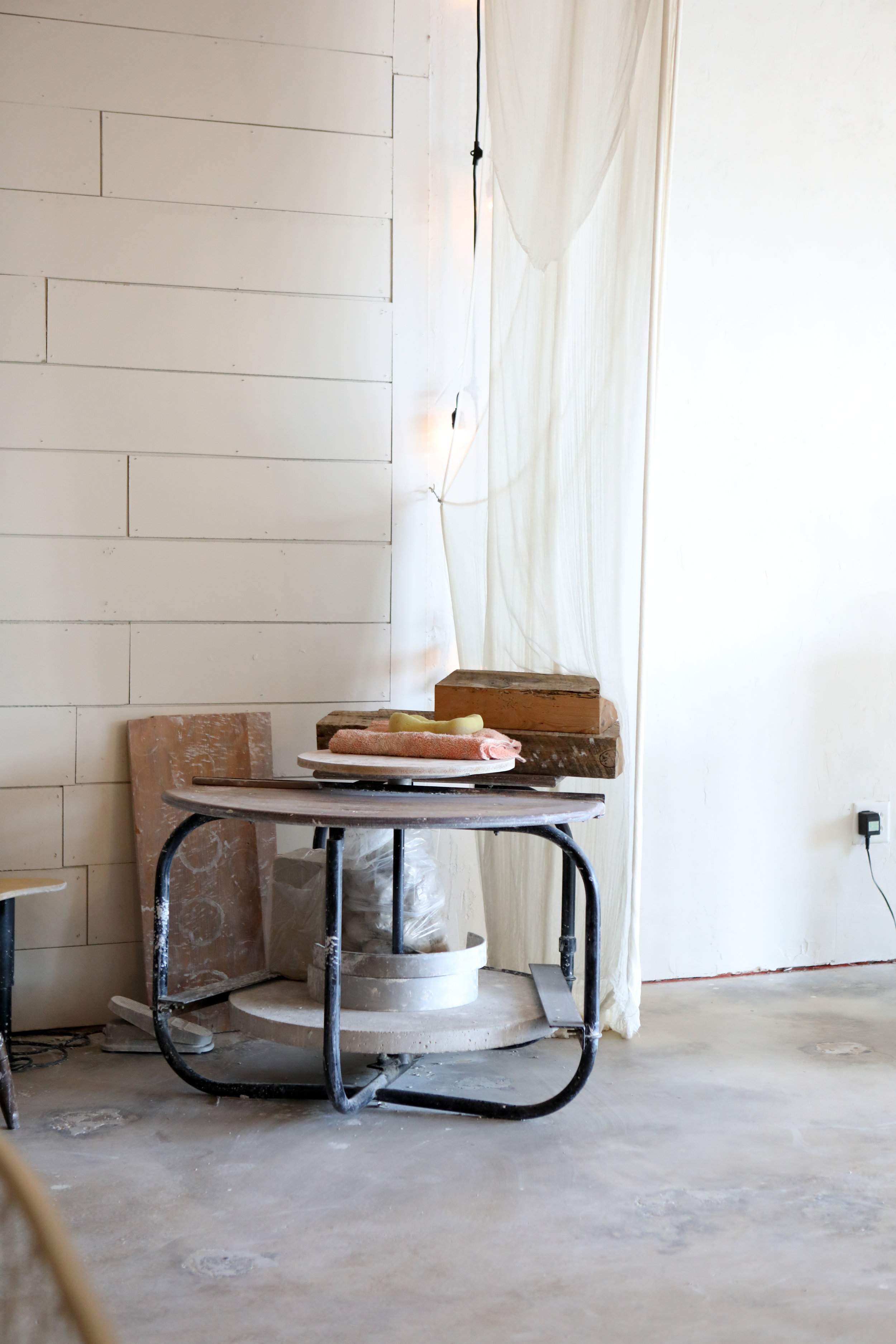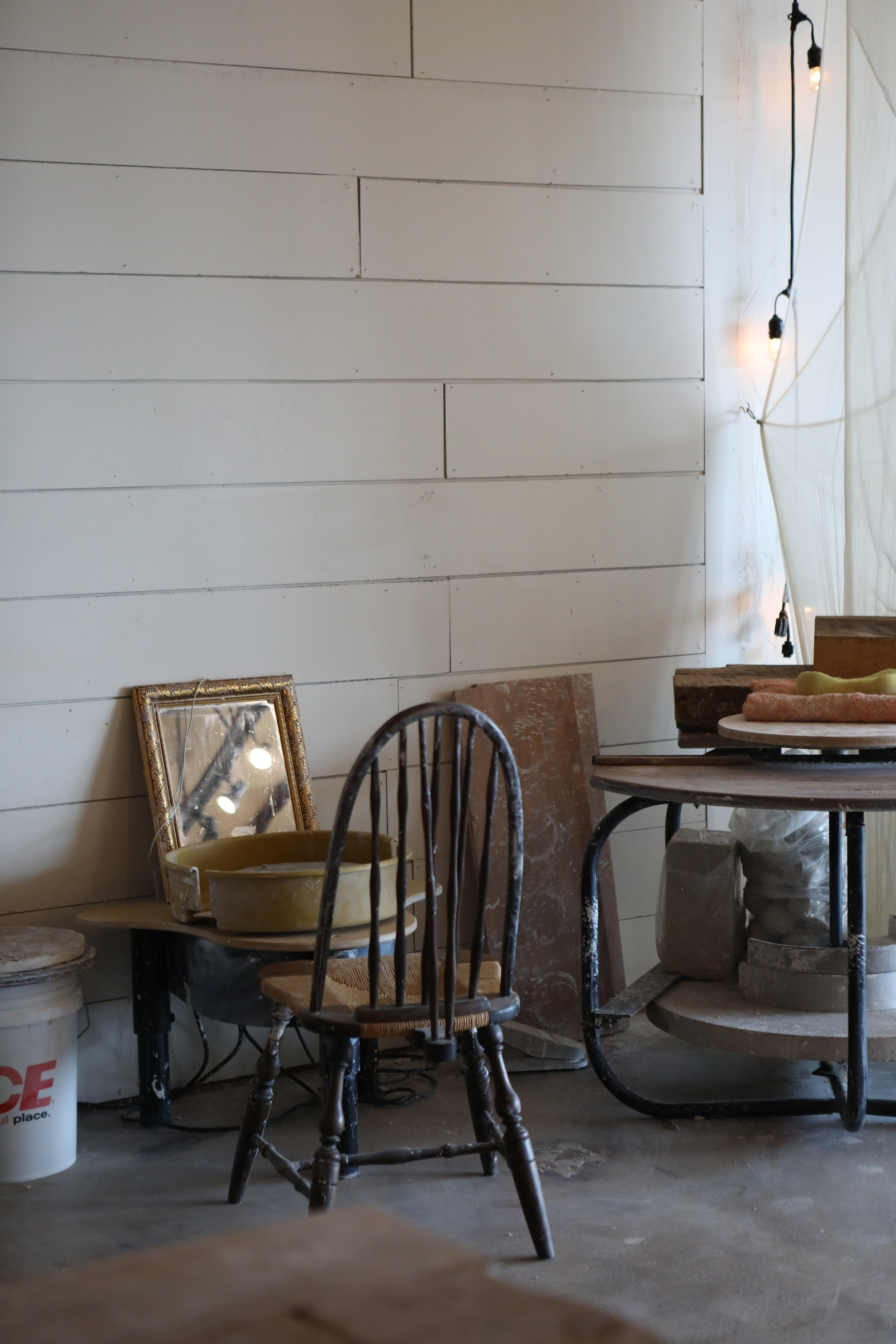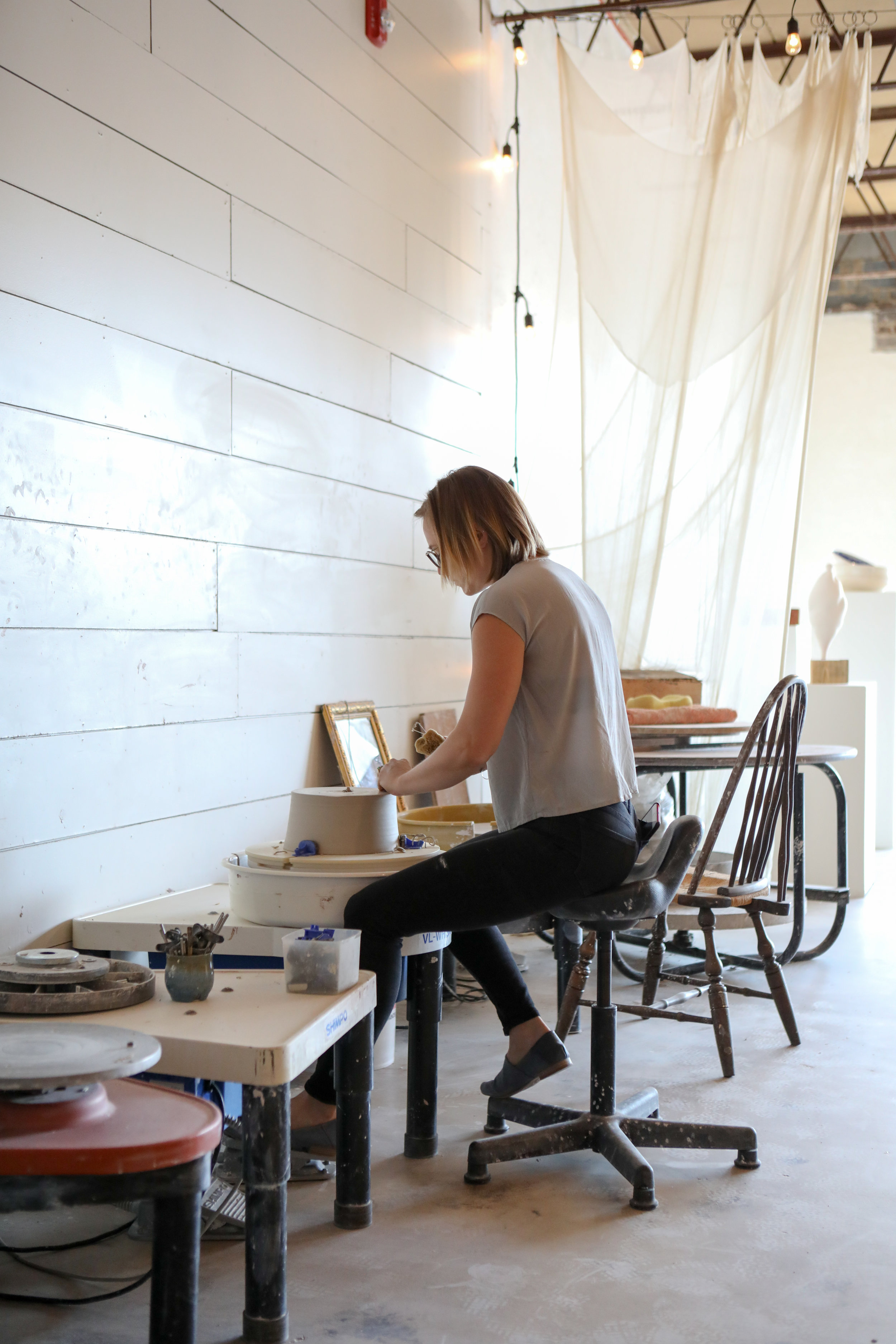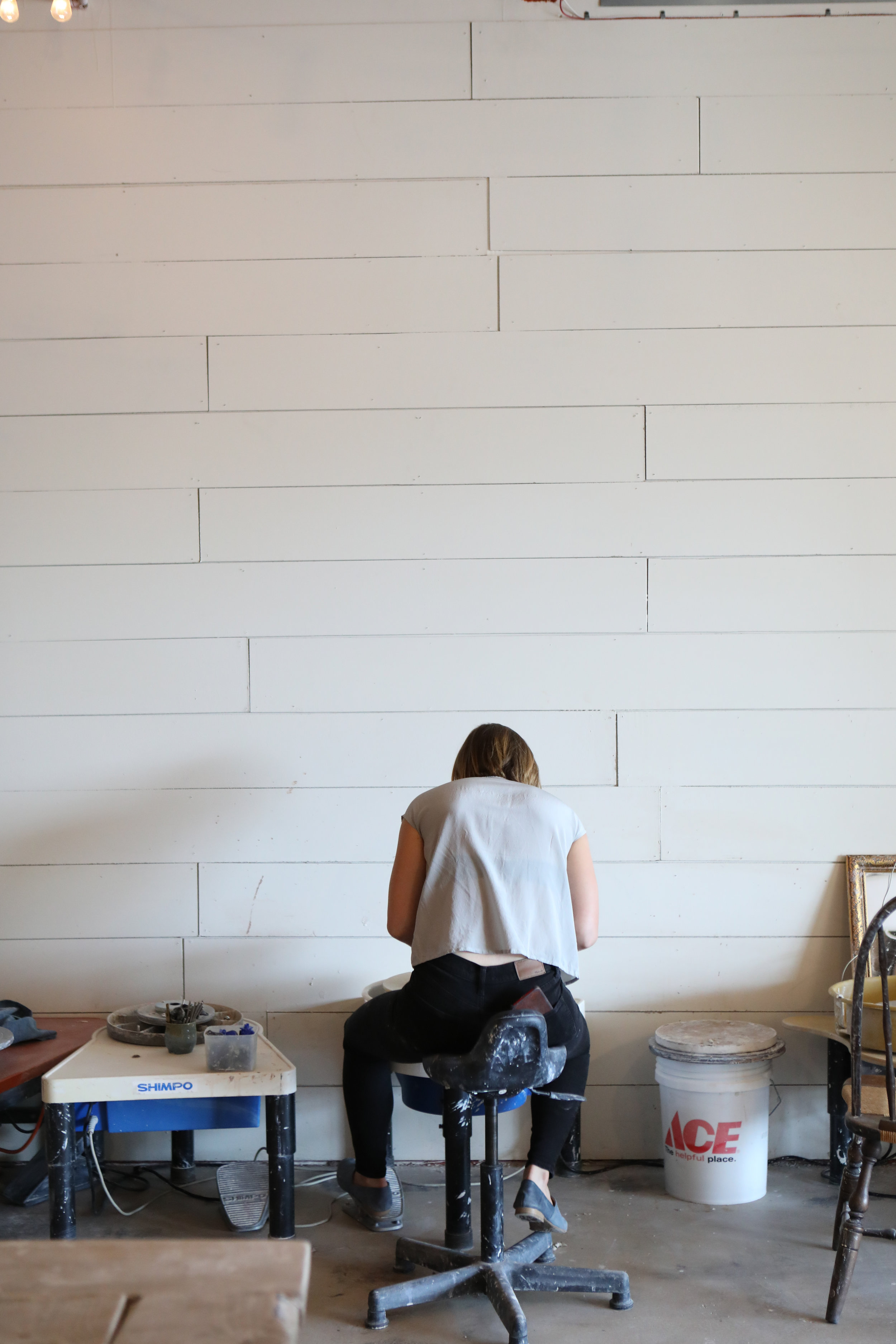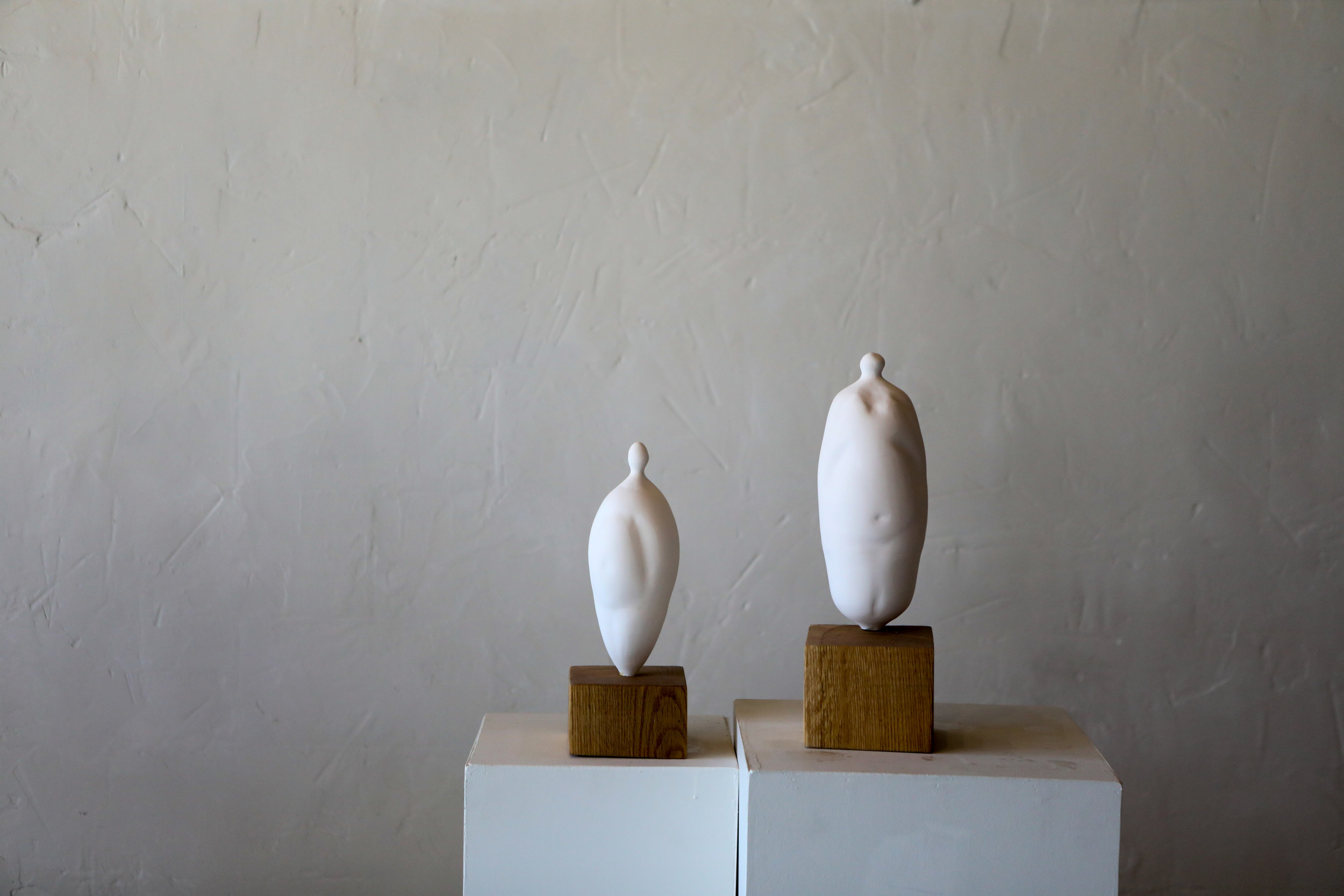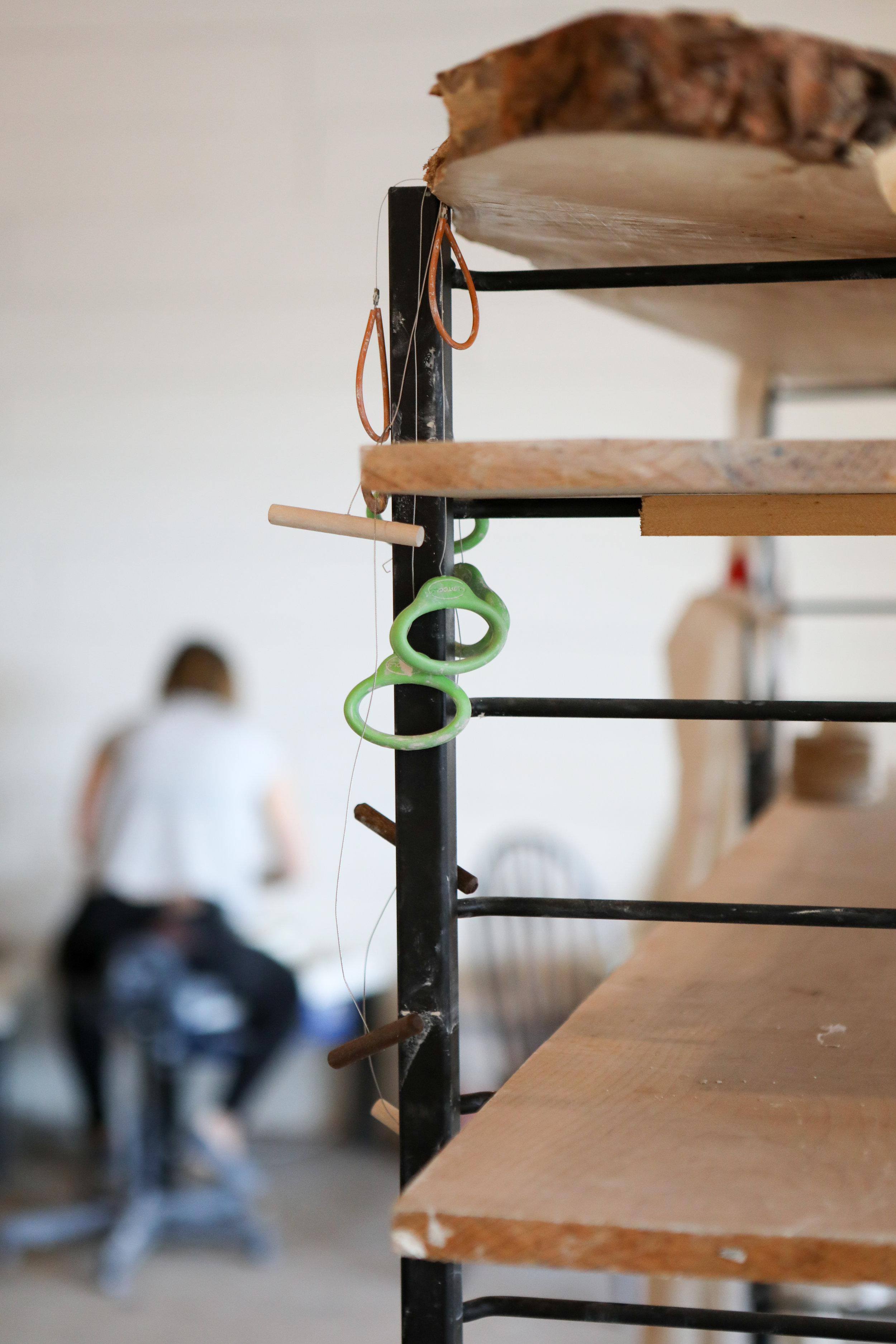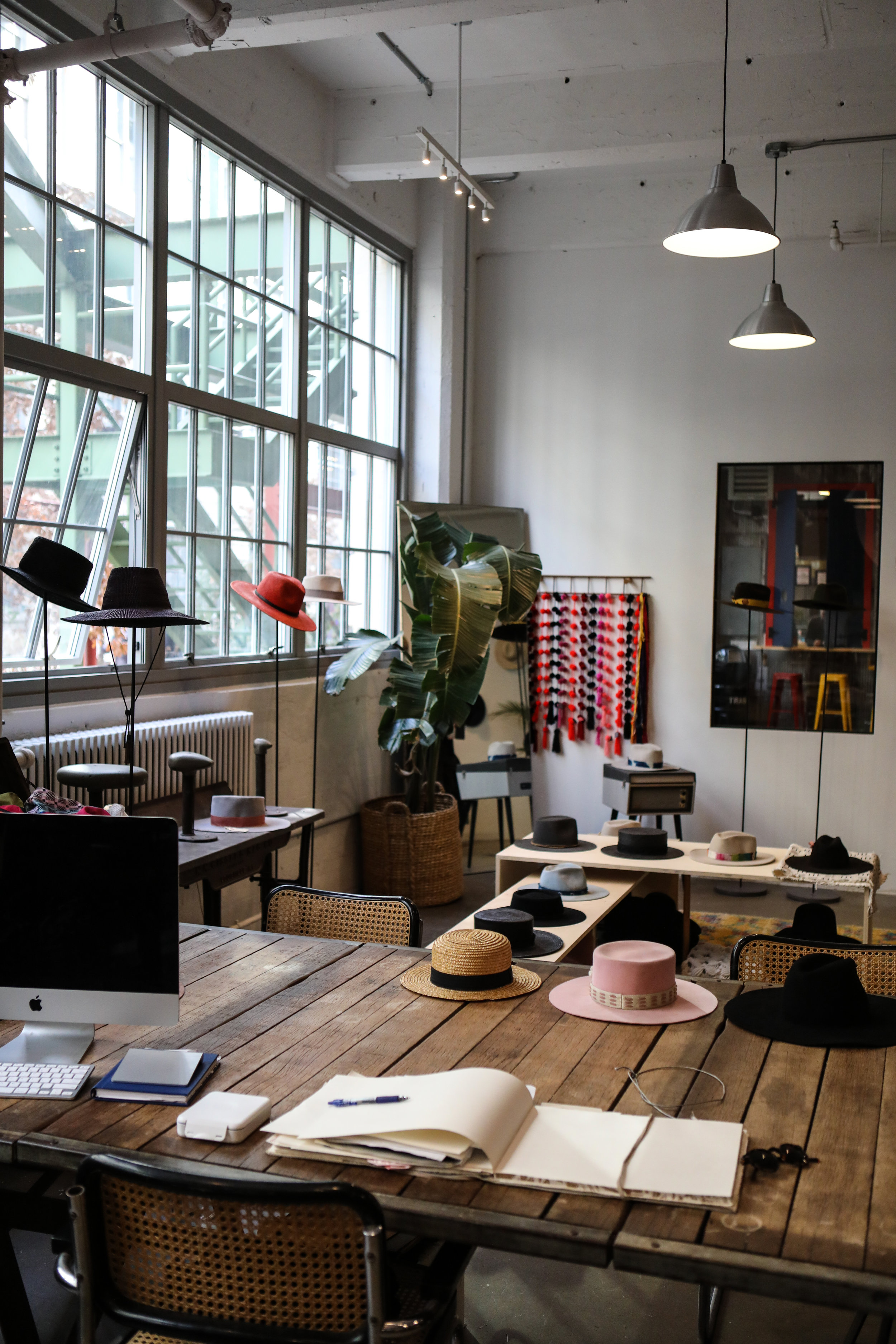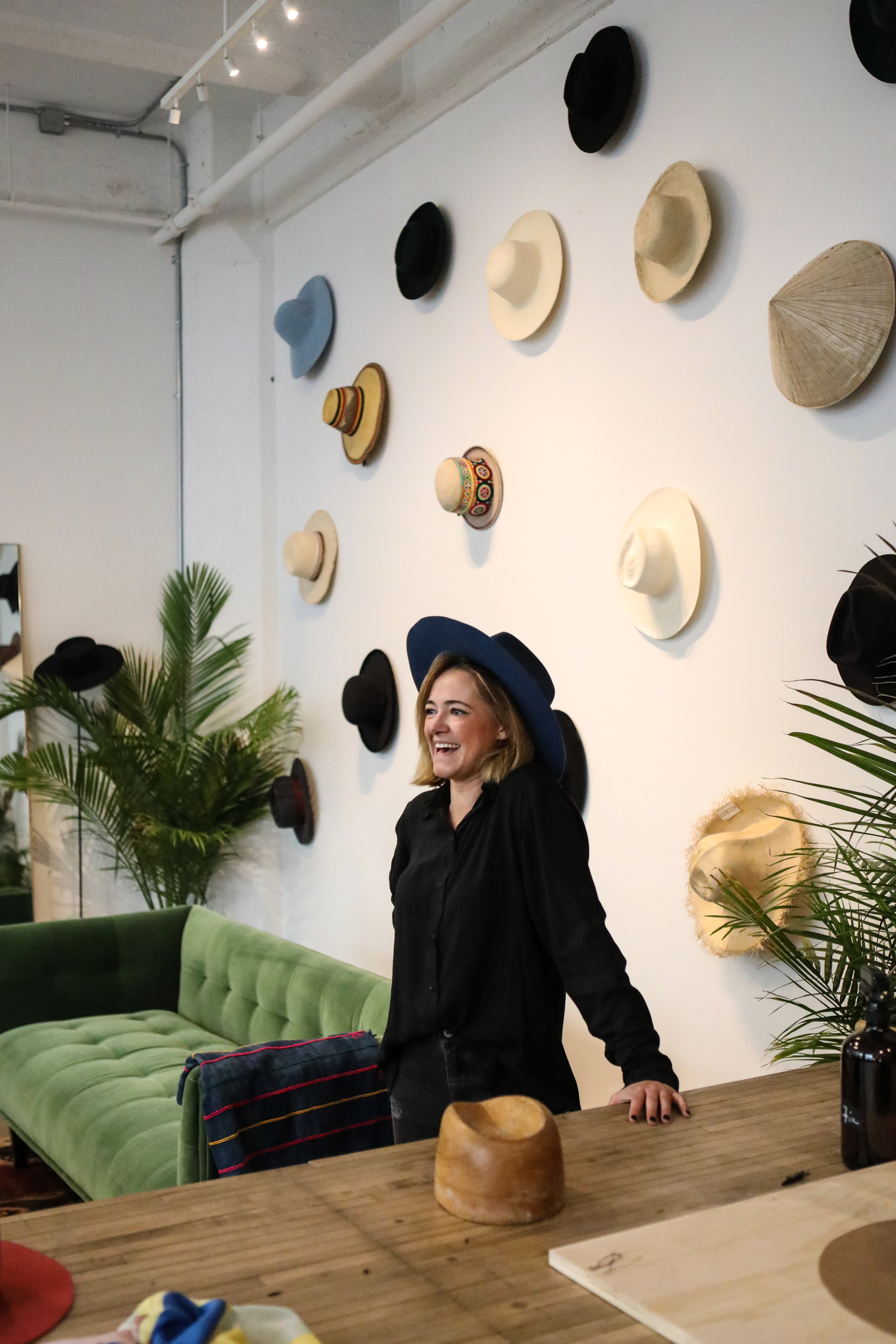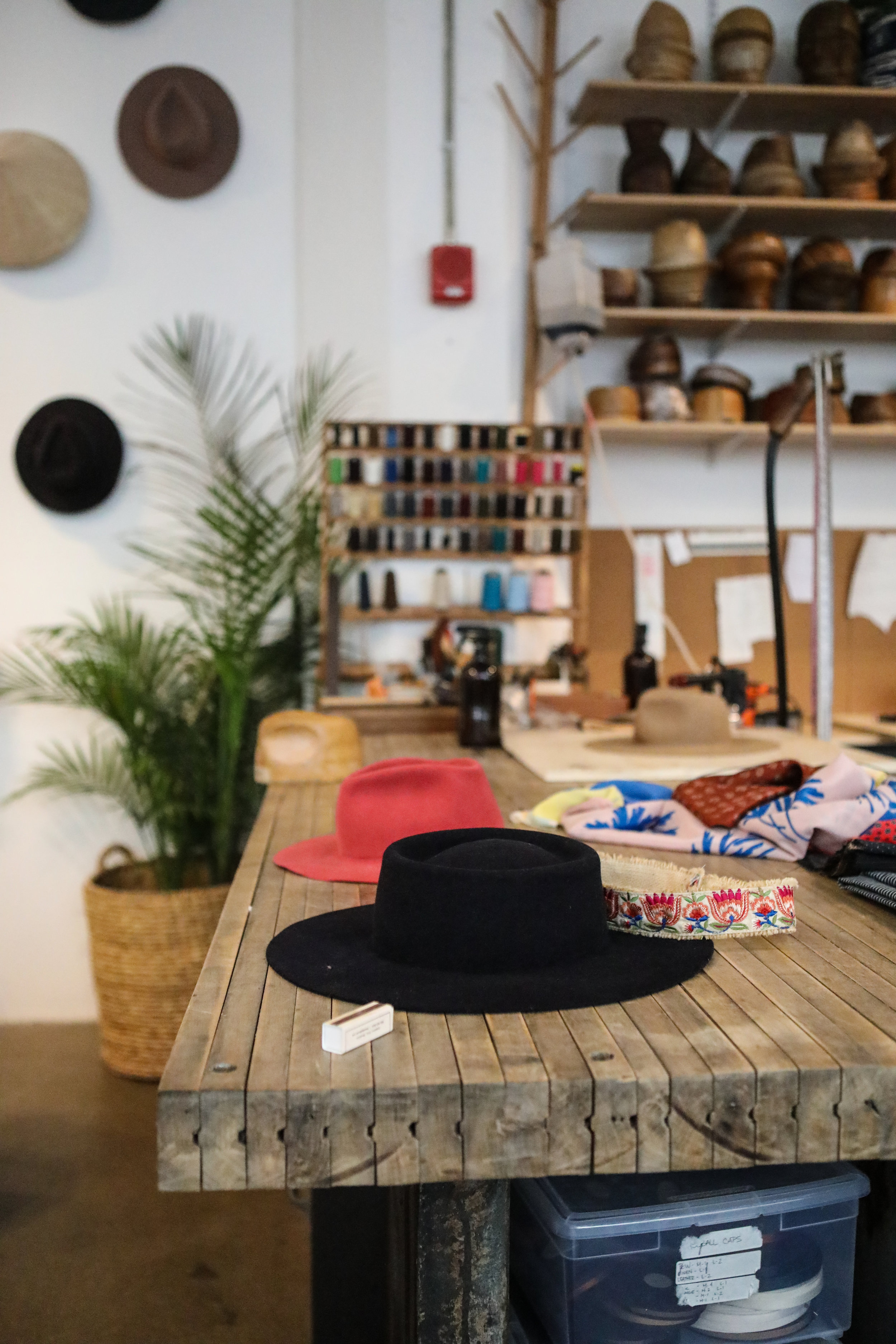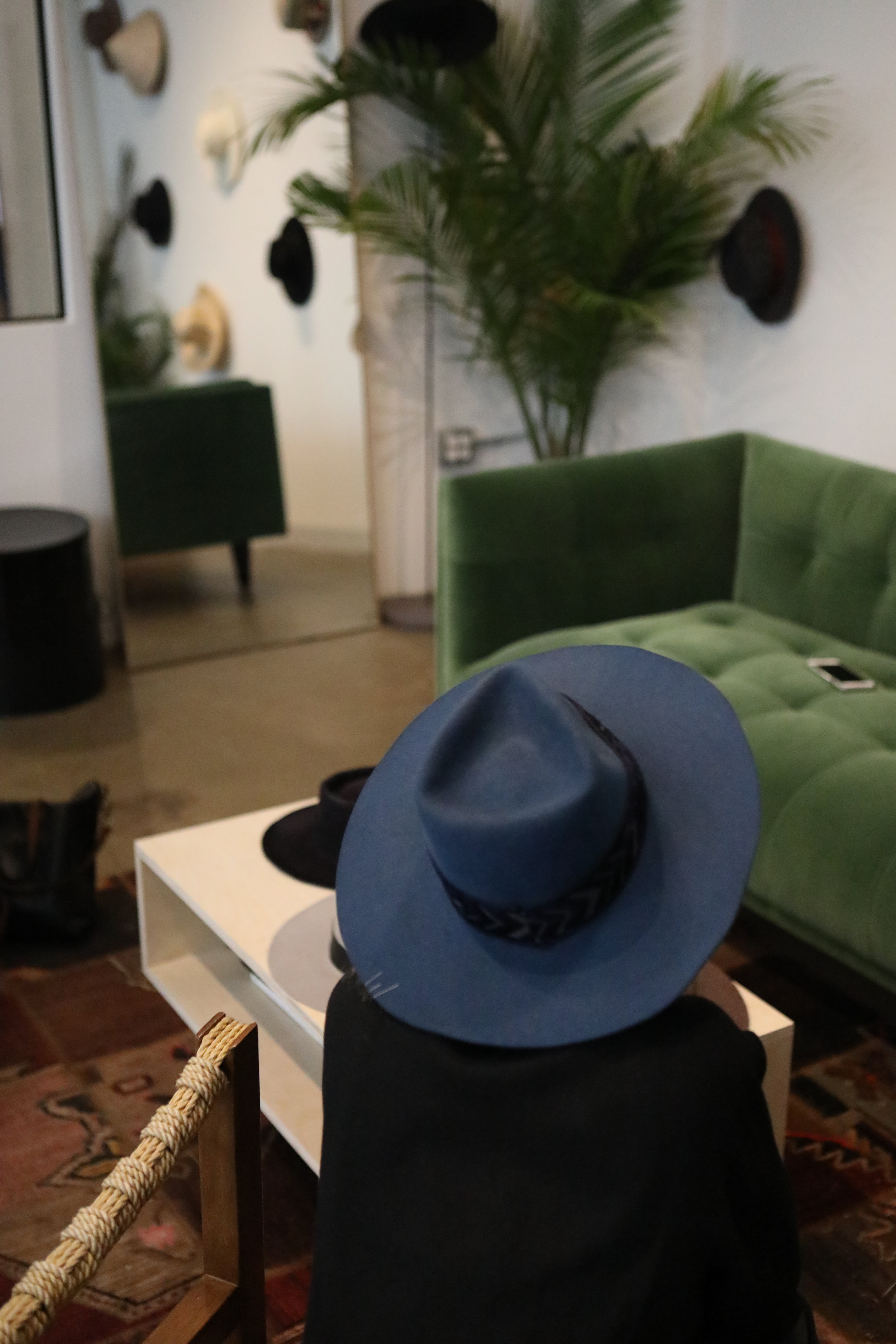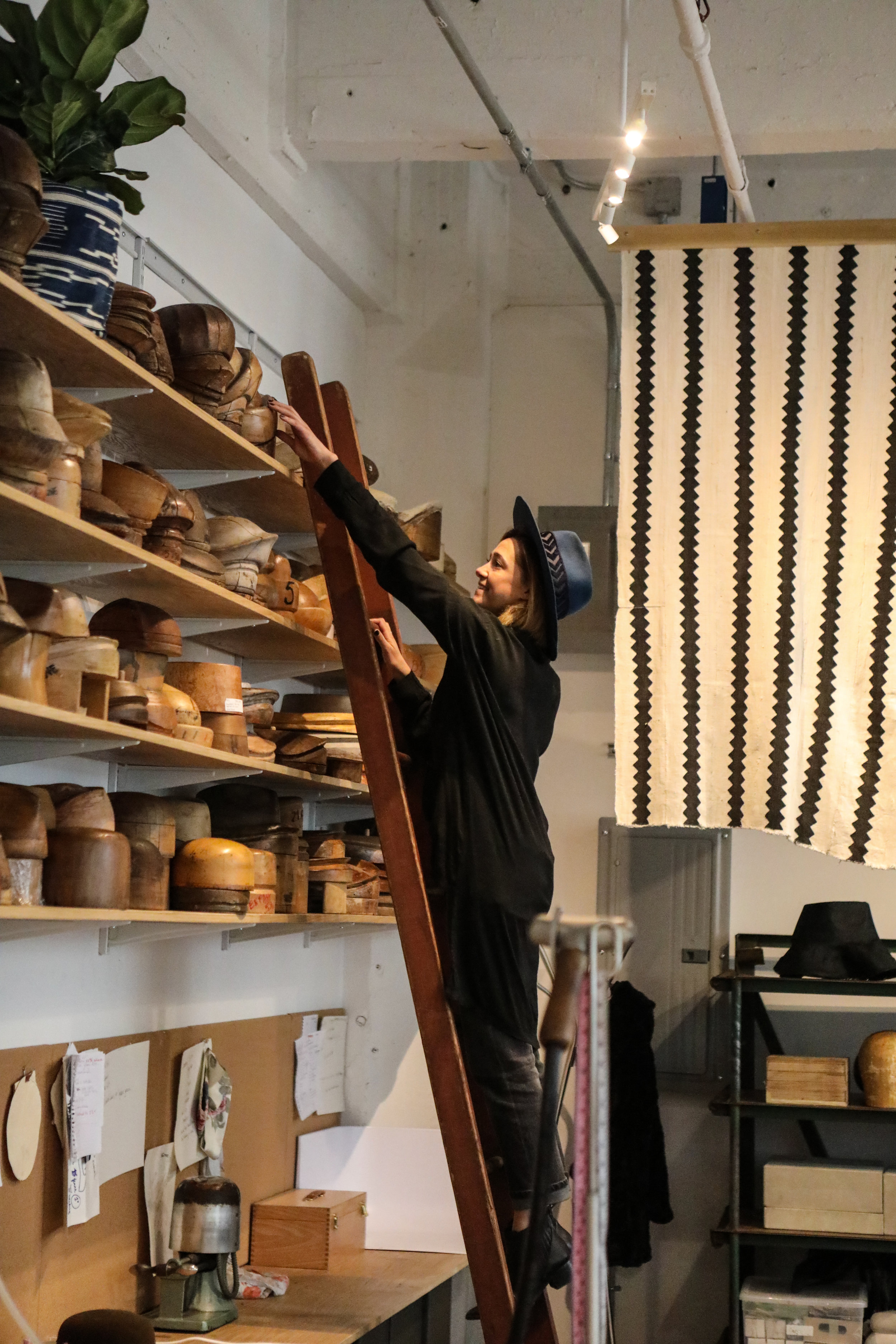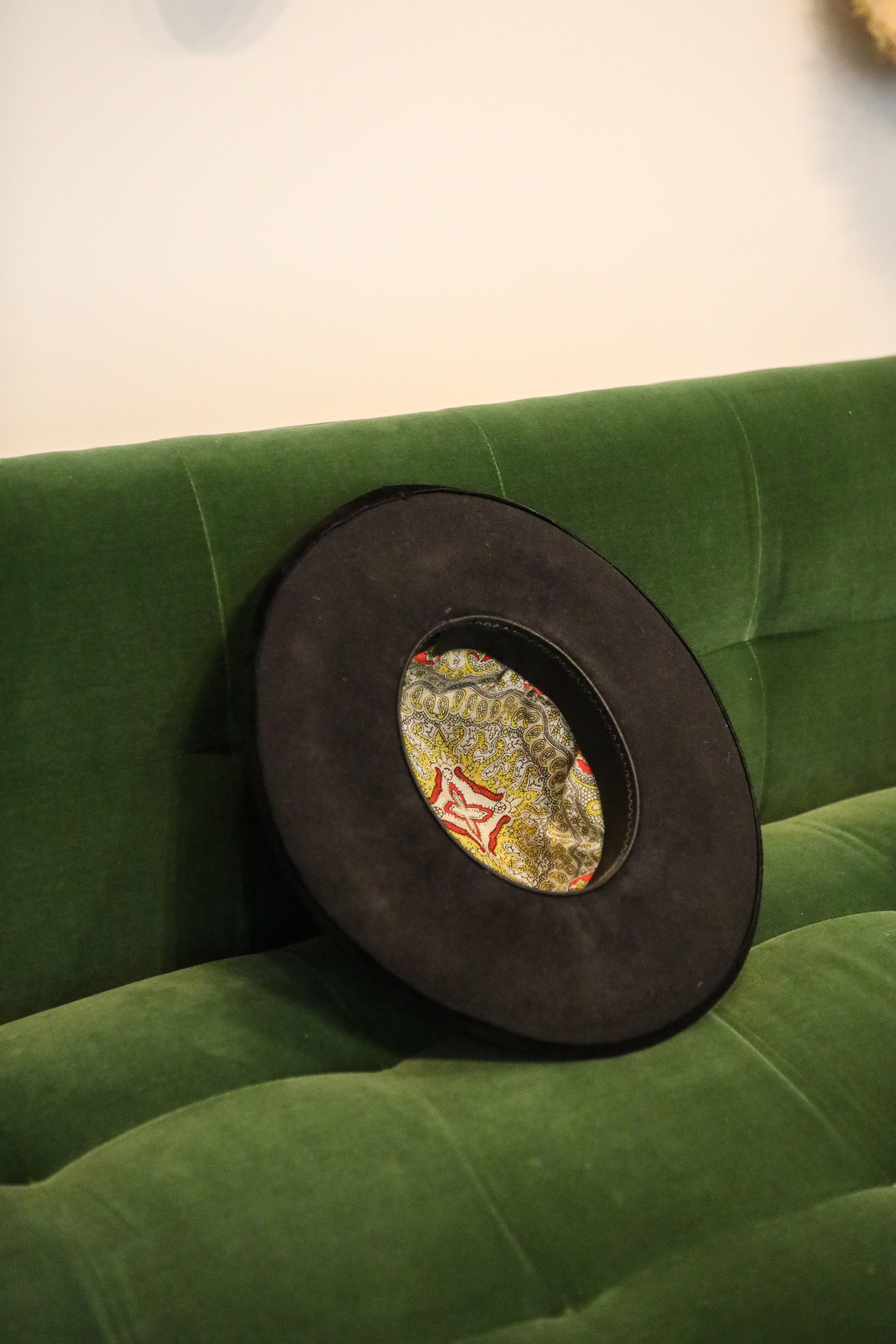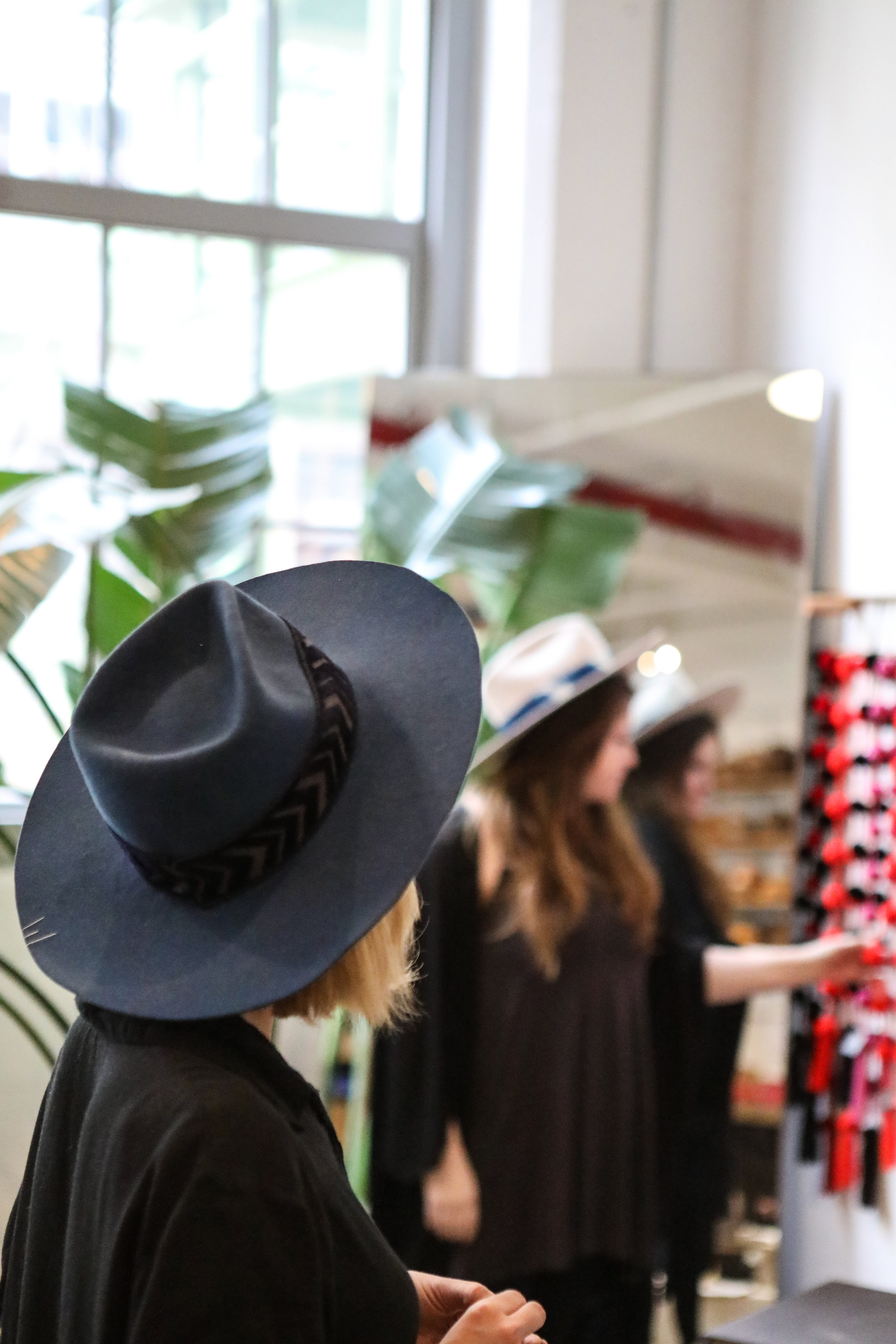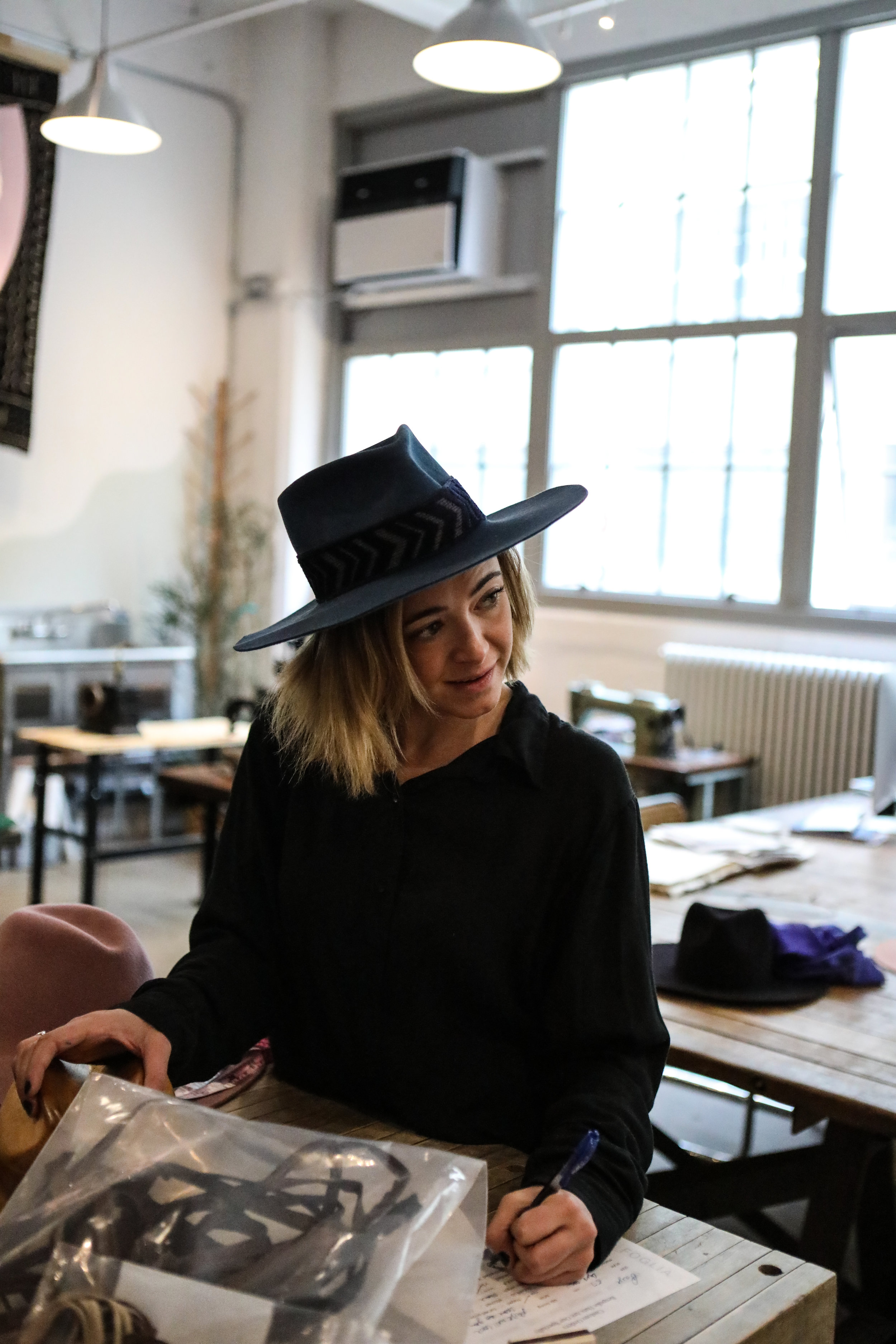A Day at Waltons Creek 2024
Ben Ashby
2024 brings the fourth Southern Supper, our annual tradition that invites everyone to bring a side, starter, or dessert and join us around the table for an old fashioned potluck! Each year people come from all over with their very best dish in tow. We provide the sweet tea, lemonade, fried chicken, and plenty of homemade bread. Together the fellowship feels straight out of a small town Hallmark movie! The only rule at this table..no talk of religion or politics. All are welcome here. In today’s world everyone feels divided, and we want to bring everyone together, even it is just for a few hours and a really delicious meal.
Simply bring a covered dish. We will provide all the details. Come as you are and be ready to make new friends.
We eat at 6:00 pm on Saturday, September 28, 2024, but we ask everyone to arrive around 5:30 for the welcome.
THE BARN SALE
GENERAL ADMISSION TICKETS HERE
order early bird tickets
NOW AVAILABLE: EARLY BIRD PASSES: Come shop an hour early! Beat the lines and crowds and get first pick at vintage, antique, and handmade finds! Get to the sweet treats before anyone else too! Early Bird Tickets give admission to the Barn Sale from 9 am - the close at 5pm. Limited quantity available.
BARN SALE SCHEDULE:
9AM - 10AM: EARLY BIRD SHOPPING. Shop before the crowds. Early bird attendees will receive a free donut at entry and a BINGO card for BINGO at 4pm. PRICE: $15 PER PERSON
10AM-5PM: GENERAL ADMISSION SHOPPING: Shopping will be open in the Barn Sale area at this time. Food and beverage vendors will have food and drinks available for purchase during these hours. Entry fee includes a cookie at entry and a BINGO card for BINGO at 4pm. PRICE: $5 PER PERSON
1PM-2PM: CARAMEL APPLE BAR! A sweet treat and nostalgic autumn staple, create your own caramel apple with the help of our Caramel Apple Bar Attendant. A crisp apple covered in chocolate, caramel, or both! Sprinkled with festive frills. A tasty good time. $5 PER APPLE
2 PM-3PM: Pumpkin Painting: Create your own masterpiece! We’ll provide all the supplies for you or your child to create your own small festive pumpkin. Let your creativity go wild! 5 per pumpkin. Pie pumpkin sized pumpkin | $5 PER PUMPKIN
3PM-4PM: OLD FASHIONED FRIED BISCUITS AND APPLE BUTTER: Learn the old fashioned way of making fried dough, an autumn carnival favorite! Fresh biscuits cooked in hot oil and smothered in cinnamon and sugar. Served with apple butter for dipping. $5 PER ORDER
4PM: OLD FASHIONED BINGO! Join us for a round of BINGO. Prizes will be silly treats, this is for fun and games and merry good cheer! INCLUDED WITH ADMISSION
New for 2024 we have combined our annual maker/vintage market with our Southern Supper to create a weekend in the country…a beautiful Autumn day in the country.
Our market, one we started in 2020 brings together dozens of vintage, antique, and handmade vendors (plus a few food vendor) together for a beautiful countryside Barn Sale. Come ready to shop. Prices range from thrifting to fine antiques. Stay for lunch, stay for the shopping, or stay simply to enjoy the day.
If you would like to be a vendor at the market please email editor.folk@gmail.com for the details. We have booths and table space available, depending on your needs. All vendors will be juried to ensure a good fit for the overall market.
WORKSHOPS
As with every year we offer a series of workshops, lectures, and demonstrations. The following are our 2024 offerings: TO REGISTER CLICK HERE
10:00 AM: PEARL NECKLACE WORKSHOP
This ain't your mammas pearls! Learn the craft using wire and chain to make these dainty everyday necklaces (or bracelet) with HorseFeather Gifts. || $40 per person REGISTER HERE
12:00 PM: FOLKART HEXIE CUSHION WITH CHRISTIE JONES RAY
An introduction to English Paper Piecing will find you falling down the rabbit hole of this craft. A simple flower hexie pincushion using vintage and hemp fabrics is just the project to get you on your way. All you’ll need are your favorite fabric scissors, and everything else will be provided. |$30 per person REGISTER HERE
1:00 PM: WHAT QUILTS TELL US
The history of quilts is one that is deeply embedded in the fabric of America. Join us for this workshop and discover the vibrant and rich history of The Quilt in the US, from how to identify patterns, fabrics, and wear as a way to date quilts, to learning and discussing proper care and cleaning practices. Please bring a quilt of your own to share with the fellow attendees as we do a bit of show and tell during this interactive workshop. | $8 per person REGISTER HERE
2:00 PM: SEASONAL DRIED FLORAL WORKSHOP
Join us learning to work with dried seasonal florals. We will craft a beautiful small arrangement made with a handmade fabric pumpkin as its base. Learn about the florals, about arranging florals, and ways to allow your own creativity to bloom. You will leave with a piece that can be a part of your autumn decor for many years to come. | $20 per person REGISTER HERE
3:00 PM: HERBAL INFUSED SHRUBS WORKSHOP
The Lost Art of Shrubs: Old world methods for modern cocktails and mocktails. Join us as we learn about creating these vinegar and herb based shrubs...an art that dates back to colonial times. Join us for a garden workshop where we'll be whipping up some seriously tasty fruit and herb shrubs, the ultimate thirst-quenchers and cocktail enhancers! Using fresh organic fruits and home-grown herbs, we will explore the delightful world of shrubs & drinking venegars, combining natural sweetness with the depth of herbal flavors. Throughout the workshop, attendees will: Sample a variety of meticulously prepared shrubs, showcased in a range of drinks and cocktails (participants must be 21+ to consume alcoholic beverages). Learn the step-by-step process of creating shrubs, from fruit and herb selection to maceration and infusion techniques. | $30 per person REGISTER HERE
4:00 PM: CANDLE MAKING WITH MARK
Join us for this fun and fast introduction to the world of candle making with Mark. Craft your own custom scents and learn all the necessary steps to make your very own candles. | $12 per person REGISTER HERE
9-5: FULL DAY OF WORKSHOP
Arrive at 9 am for early bird Barn Sale shopping (included in the price) and begin workshops at 10 am. Workshops conclude at 5pm, with the hope that you'll also join us for Southern Supper at 6 pm. 10 am: Pearl Necklace Workshop 11 am: Lunch (not included in price) 12 am: Folk Art Hexie Cushion with Christie Jones Ray 1 pm: What Quilts Tell Us seminar 2 pm: Dried Floral Workshop 3 pm: Herbal Infused Shrubs Workshop 4: pm: Bespoke Candle Crafting with Mark | $140 per person REGISTER HERE
ADDITIONAL ACTIVITIES & FUN
Wonderland of Play Dolly Picnic PlayDate: 11 AM
Bring a picnic blanket and your dolls, teds, Blythe, and toys to show and share with fellow dolly peeps. Wonderland of Play encourages collectors of doll, toys, teddies, and BLYTHE to celebrate their collections through PLAY. Join us to share lunchtime and chat with us about your collections and our dolly adventures.
Hosted by visiting members of NY Blythe Meets and TEAM NY Wonderland of Play
BINGO & BEARS: 3 PM
Have you met the sassy and oh so social members of the Sugar Plum Corners Bingo & Social Club? Well join them for Bingo and encounter these rag tag, and utterly festive group of vintage toys that have come to life through the imagination of heirloom toymaker and author, Jody Battaglia. We’ll call Bingo while you cool off in the shade with some tea… time for a little fun and prizes! We have several copies of Jody’s new book to award the winners! Hosted by Earth Angels Studios.
LIVE! PICKA-PICKA-PUMPKIN READING WITH CHRISTIE JONES RAY: 4 PM
A Story for the Season – LIVE! from the Farm
Be part of a new tradition here at Walton Farm with a live reading of the season’s sweet story Picka Picka Pumpkin by author illustrator, Christie Jones Ray accompanied by her friend Earth Angels Studios’ Jen O’Connor. We are so grateful to gather and we invite all to share this experience with community members far and wide who cannot join us in person. We’ll be doing a reading of this favorite tale LIVE! on Instagram to celebrate how one story can bring so many together.
GENERAL INFORMATION
Lodging: Our county offers a variety of Airbnb, Bed and Breakfast, and hotel options. We also recommend looking at Owensboro and Central City for hotel options.
Airports: We are 1.5 hours from both the Nashville and Louisville International Airports
Additional Things to Do: Western Kentucky offers a wealth of antiquing and thrifting, a perfect area to shop…look out for our guides to shopping in the area. The International Bluegrass Museum is 30 minutes from the farm in Owensboro and the birthplace of bluegrass legend Bill Monroe is 20 minutes away in Rosine. Visit the Rosine Barn on a Friday night for old-fashioned bluegrass music, a New York Times endorsed must see. The Corvette Museum is 45 minutes away in Bowling Green and is close to Mammoth Cave National Park.
VENDOR INFO:
WALTON CREEK BARN SALE
SOUTHERN SUPPER 2024
321 Chandle Loop, Centertown KY 42328
September 28, 2024
Happy summer! We are so excited for your interest in doing the Waltons Creek Barn Sale! We are working on creating an excellent show this summer as we prepare for the Southern Supper, the workshops, and the Waltons Creek Barn Sale. While this certainly isn’t our first vendor market at the farm, it will be by far our largest and thank you for taking part in this event. This year we are growing the Barn Sale to be a cornerstone of our Southern Supper weekend. We are creating an event that will be a hybrid of antique and vintage goods, handmade goods, food vendors, and old fashioned fall themed goods. We will have six workshops, multiple photo booths, live music, a festive day on the farm, and of course the vendors. Below are all the vendor details along with the vendor application. If you are interested in being a vendor please return the bottom of this email completed ASAP. We
Thank you!
Ben and the team.
10am - 5pm | September 28, 2024 | 321 Chandle Loop, Centertown, KY 42328
Early Bird Shopping: 9 am - 10 am.
Vendor Setup Times: 10 am - 8 pm Friday, Sept 27, 2024 and 6:00 am to 8:30 am Saturday, Sept 28, 2024. | Vendor photography: 9/28 8:50 am.
Event Security: this is a rural farm location with multiple security lights and many people staying on property. There will be no additional security, if you are uncomfortable leaving your booth set up over night please arrive early enough on Saturday to have a completed booth by 8:30 am.
Vendor Breakdown: 5 pm to 6 pm Sept 28 and 8 am to 1 pm Sept 29.
VENDOR BOOTH PRICING:
OPTION A: 10x10 booth space (must have WHITE tent) $40. Vendor must provide tent and tables. No electric or water will be available at booth.
OPTION B: 4 to 6 foot table space: $30 Fabric covered 4 or 6 foot table provided, with two folding chairs, under a communal white tent. No electric or water will be available at booth.
OPTION C: Additional vendor booth sizes can be made available upon request and availability.
VENDOR PARKING:
Vendor parking will be available in a field behind the market area.
Vendor garbage: During breakdown please tidy area and move all garbage to designated garbage area.
Vendor amenities: drinking water will be available to all vendors, along with porta potties.
FOOD: multiple food vendors will be at the event and will have food available for purchase.
CELLPHONE SERVICE: This is a rural area, cell service is spotty, but should be good enough for credit card processing. WiFi will not be available
VENDOR REGISTRATION: Vendors must register and prepay (by credit card or check) by September 1, 2024. No show vendors will not receive vendor fees refunded. This is a rain or shine event.
Event will only be rescheduled if another tornado hits the farm on or before September 28, 2024.
VENDOR ACCOMMODATIONS: Within 10-30 minutes of the farm there are a multitude of quality hotels, airbnbs, and bed and breakfast options. We recommend Central City or Owensboro, but Beaver Dam has several options, however they will book quickly as a concert is at the Beaver Dam amphitheater the evening of our barn sale. Camper/RV hookups are available at the Ohio County Fairgrounds.
